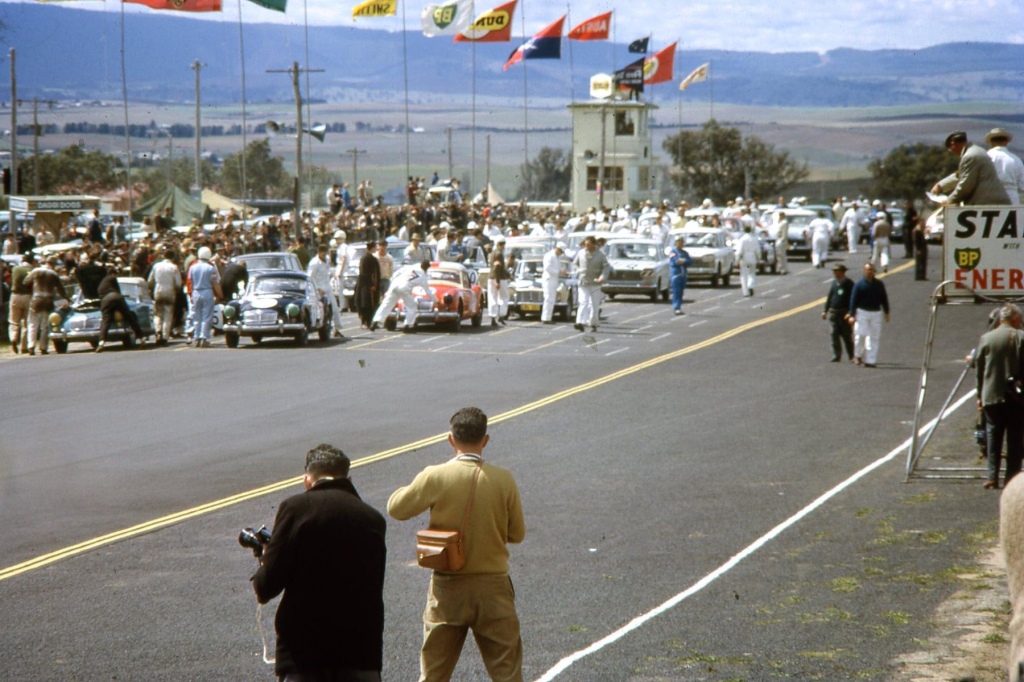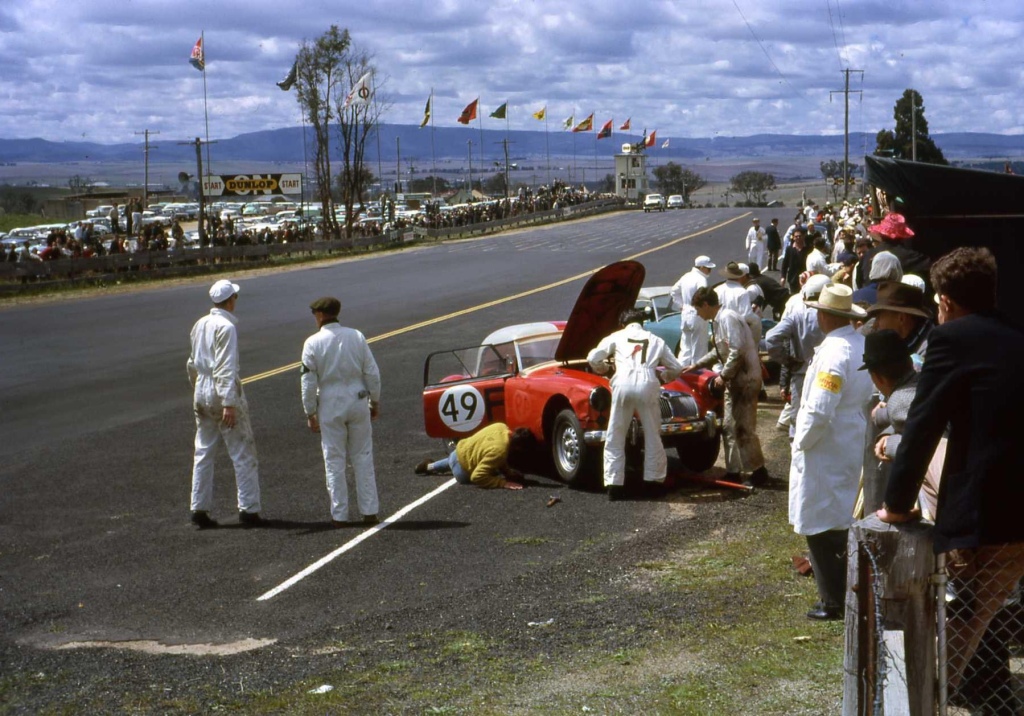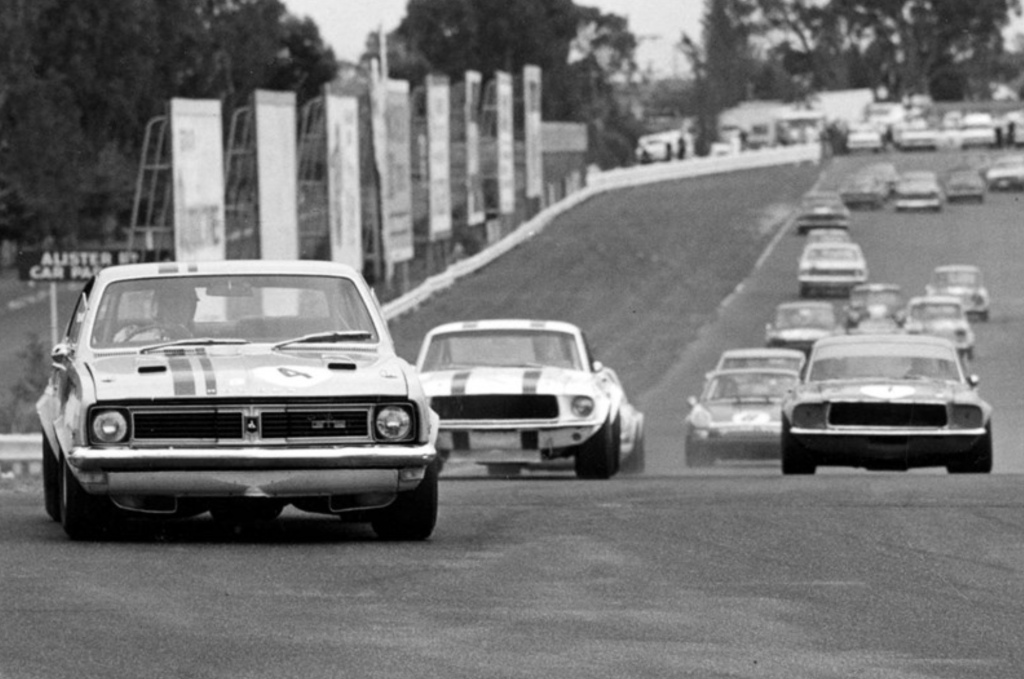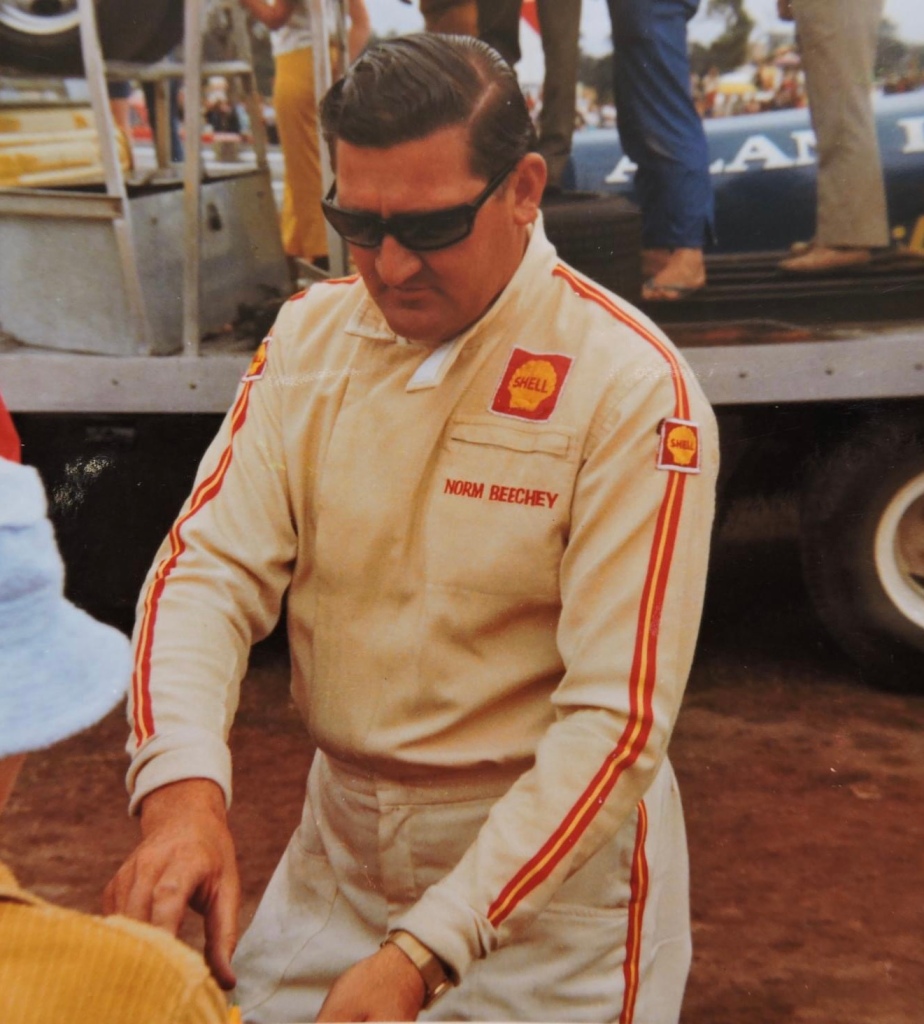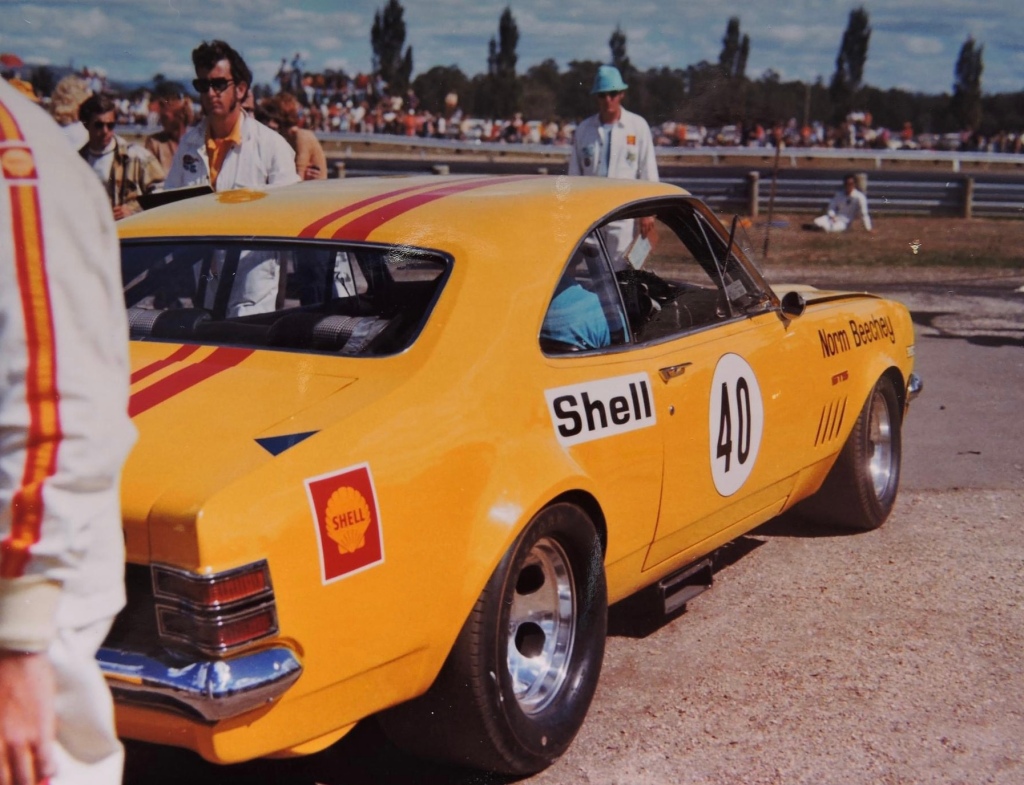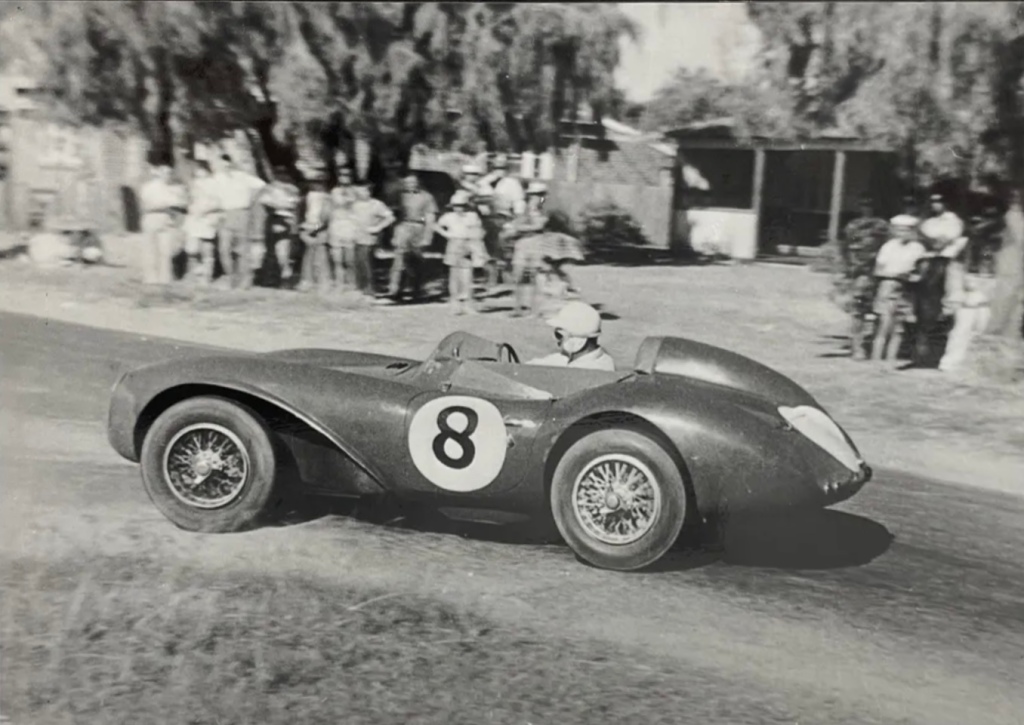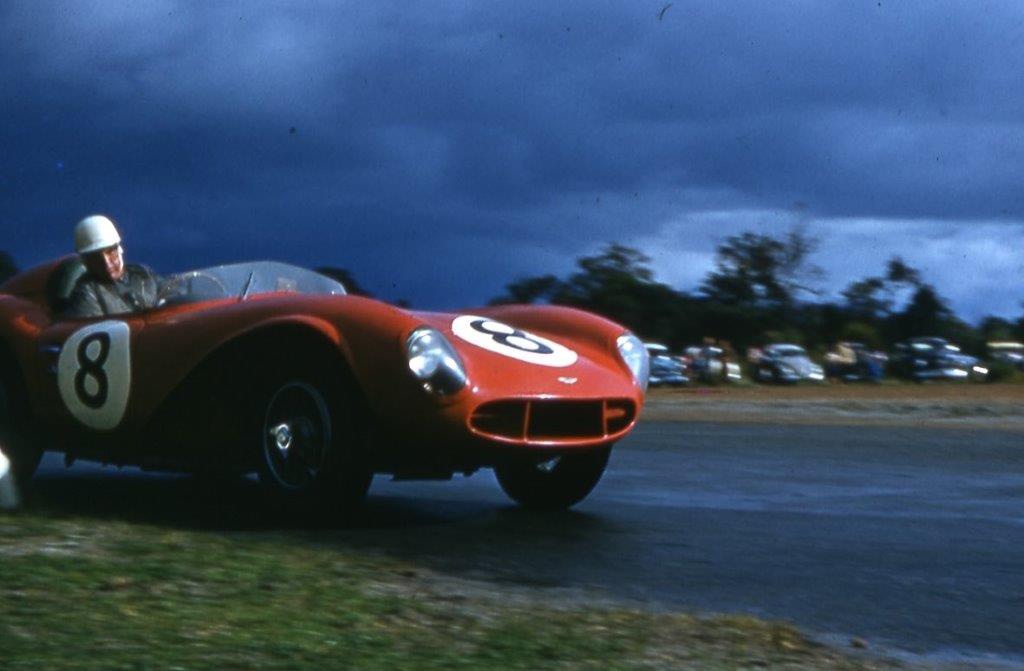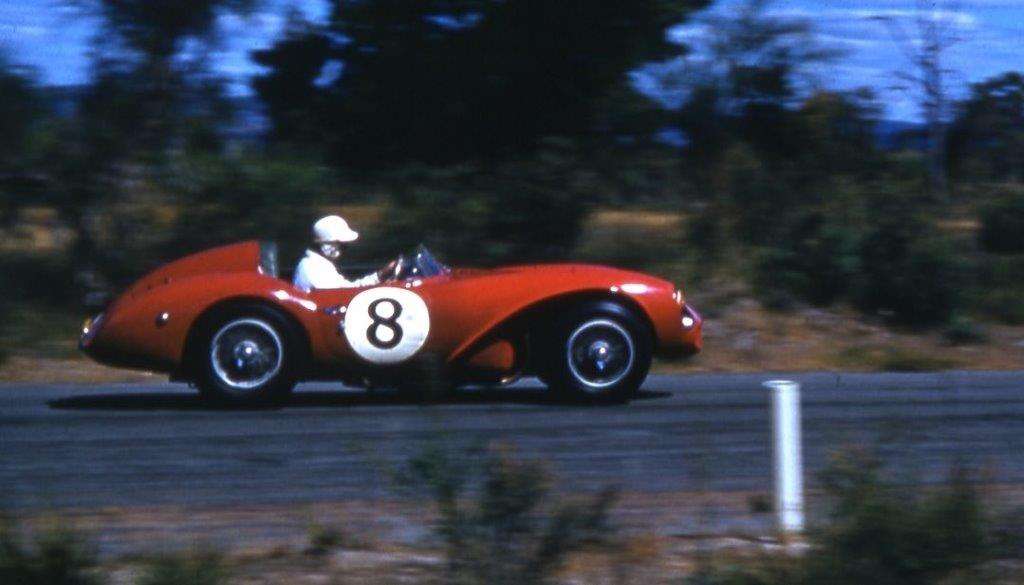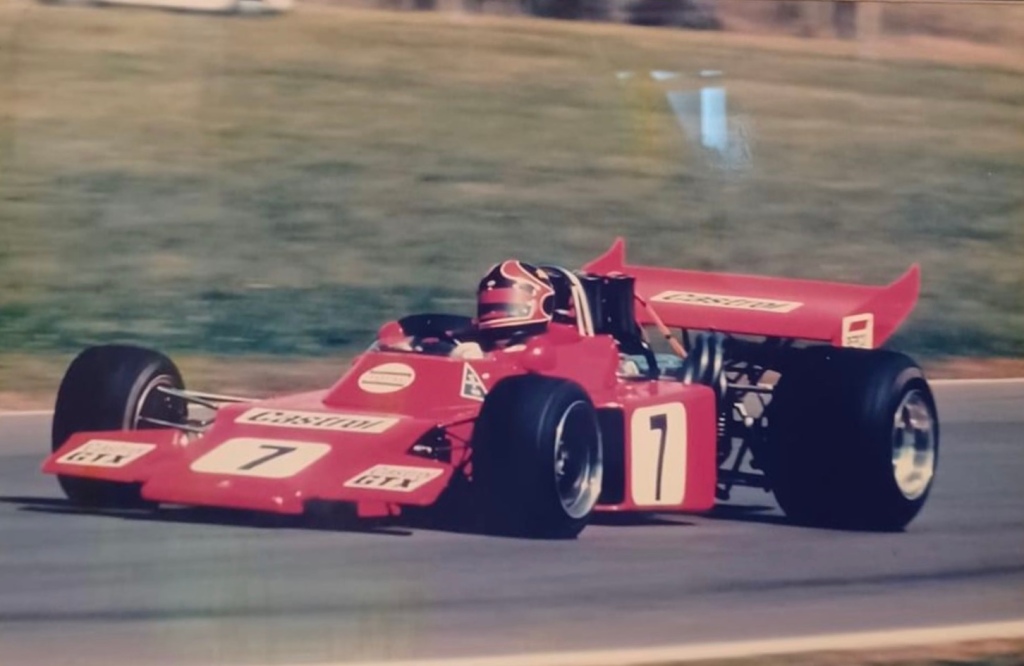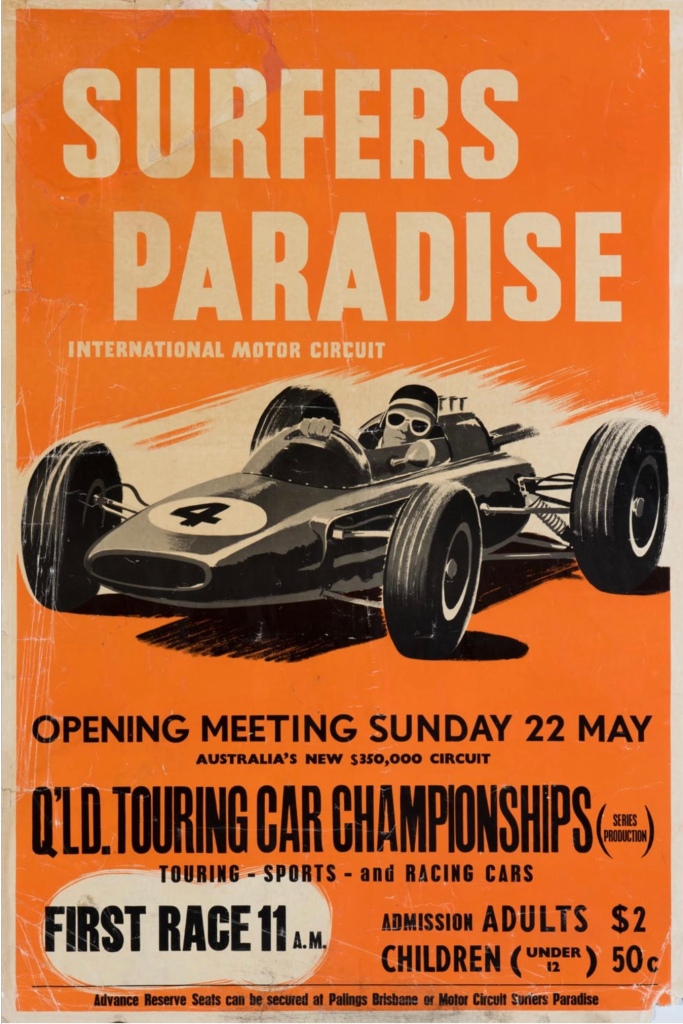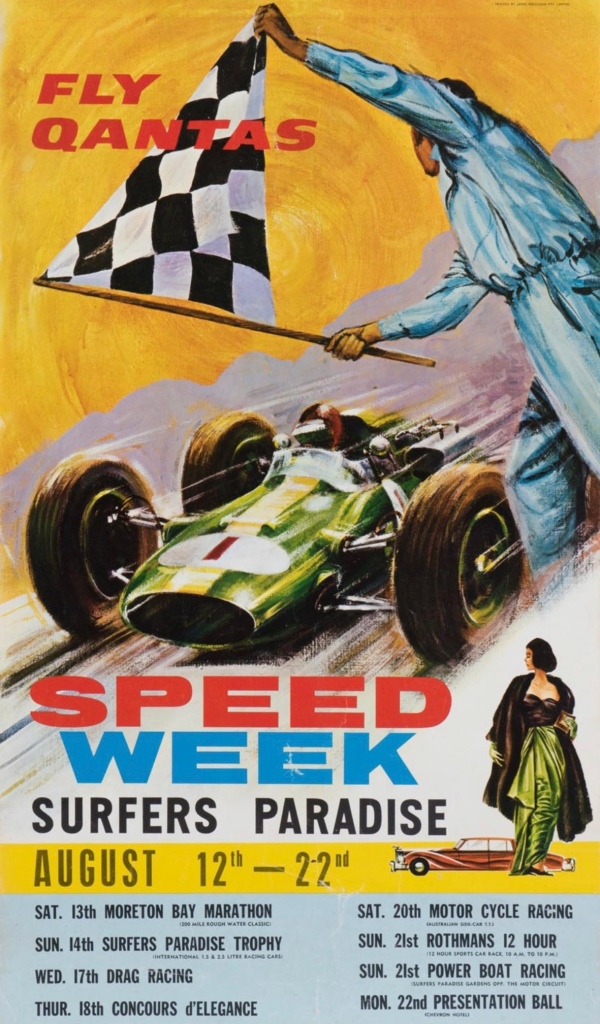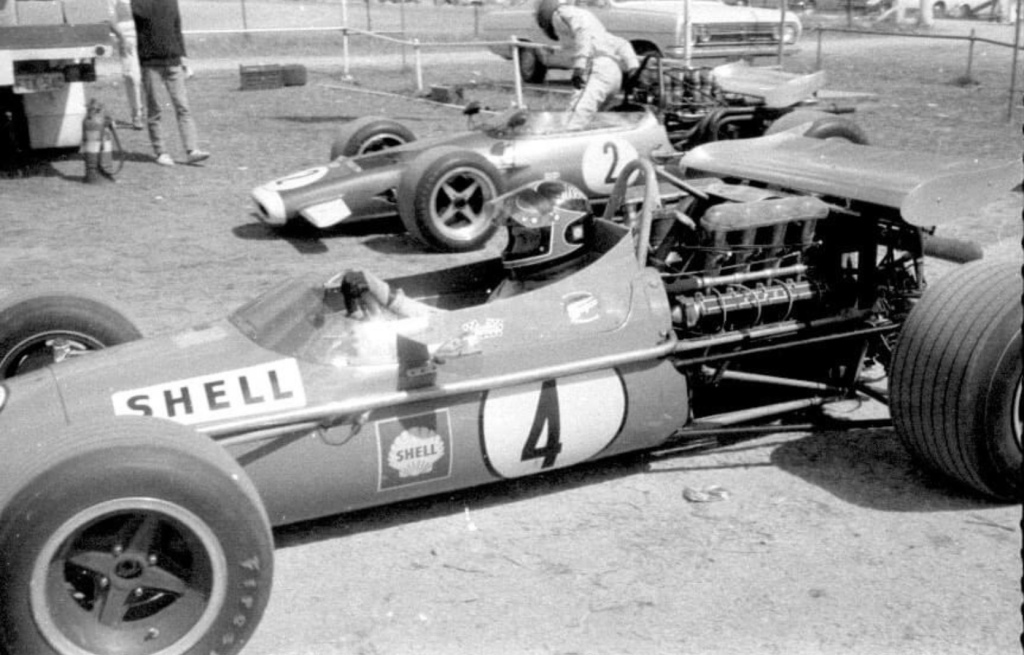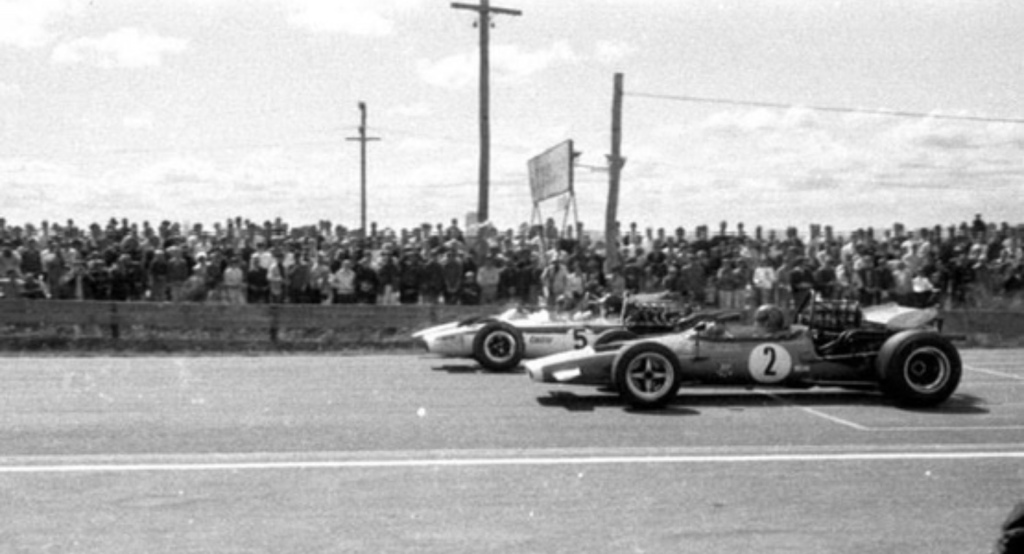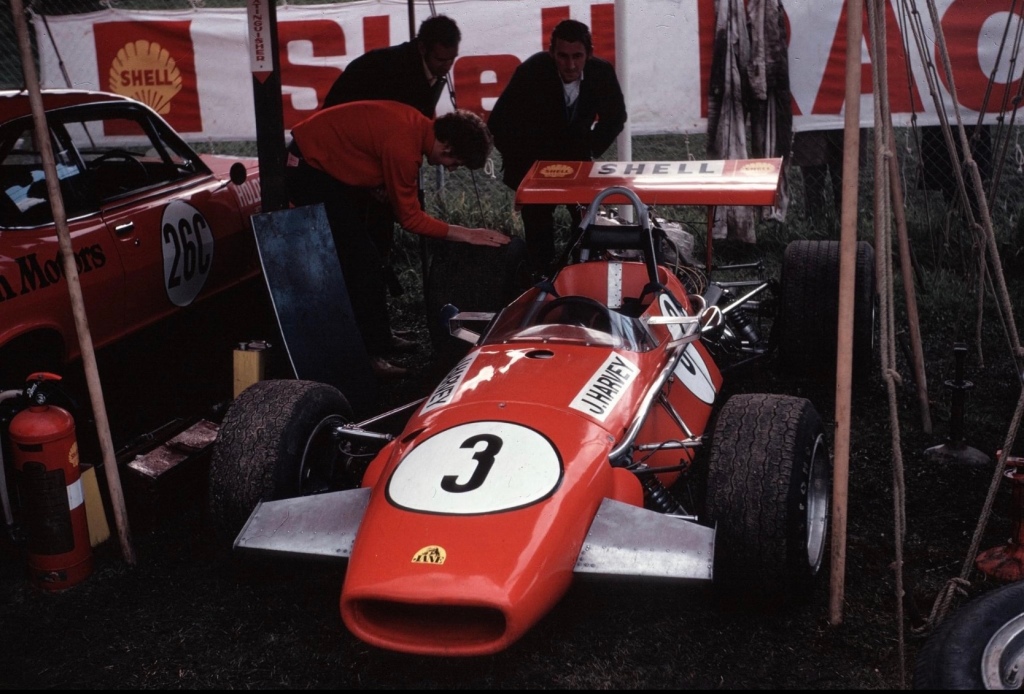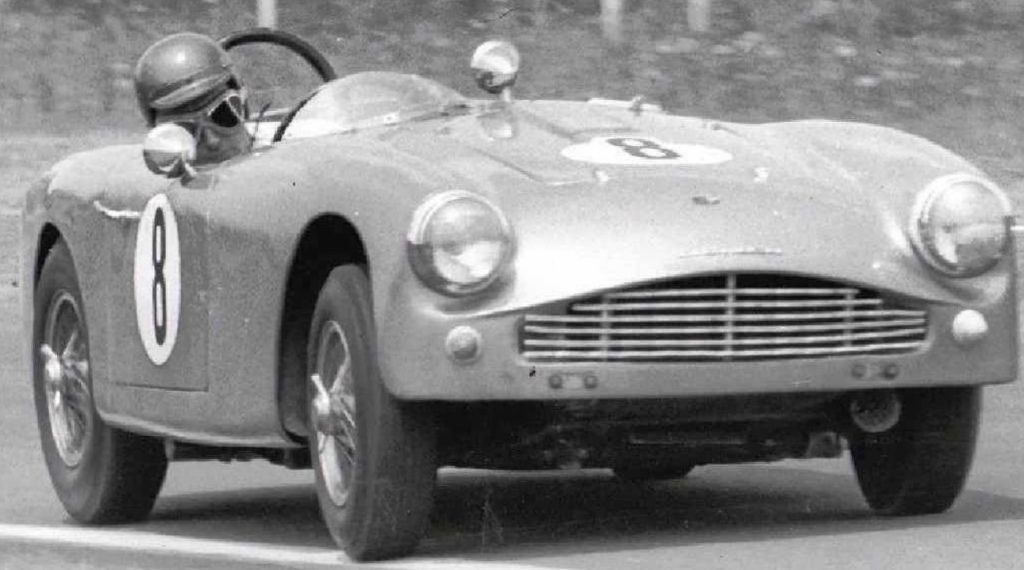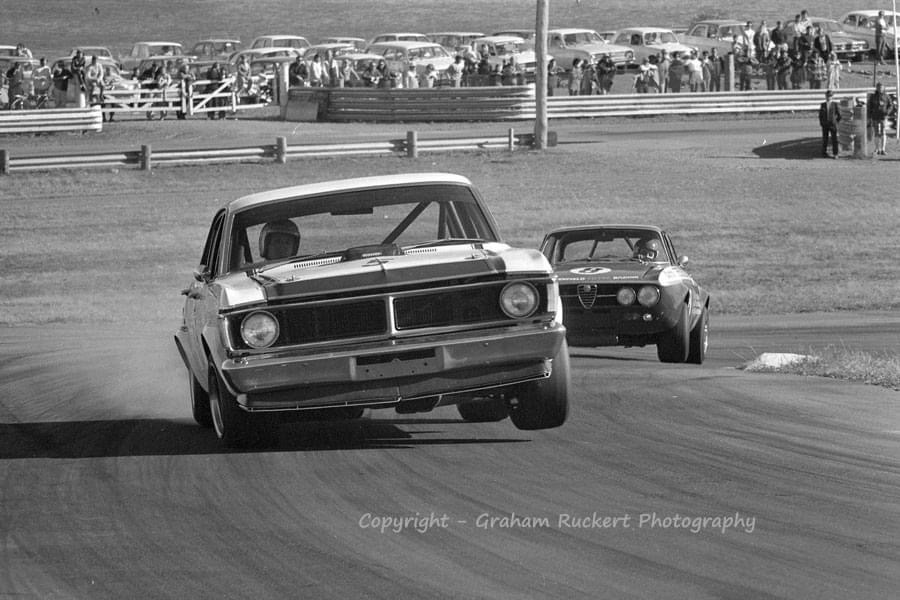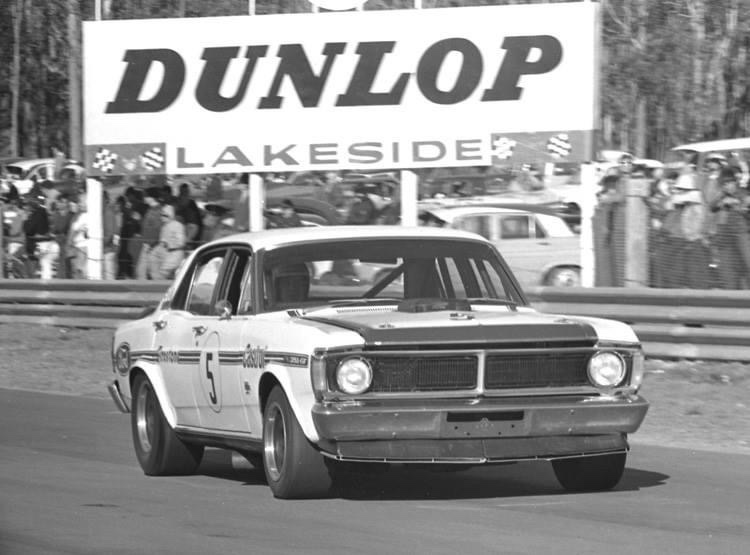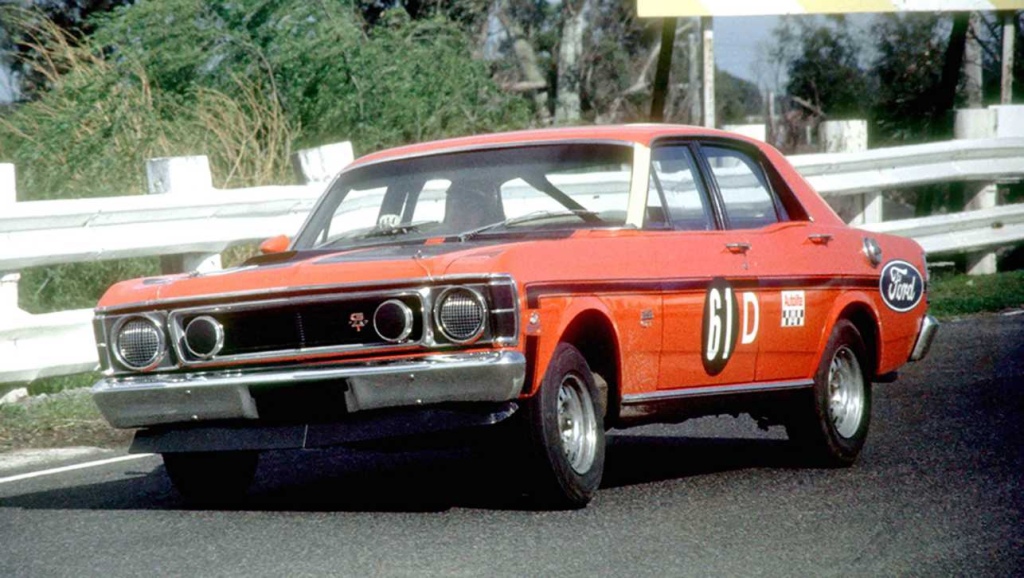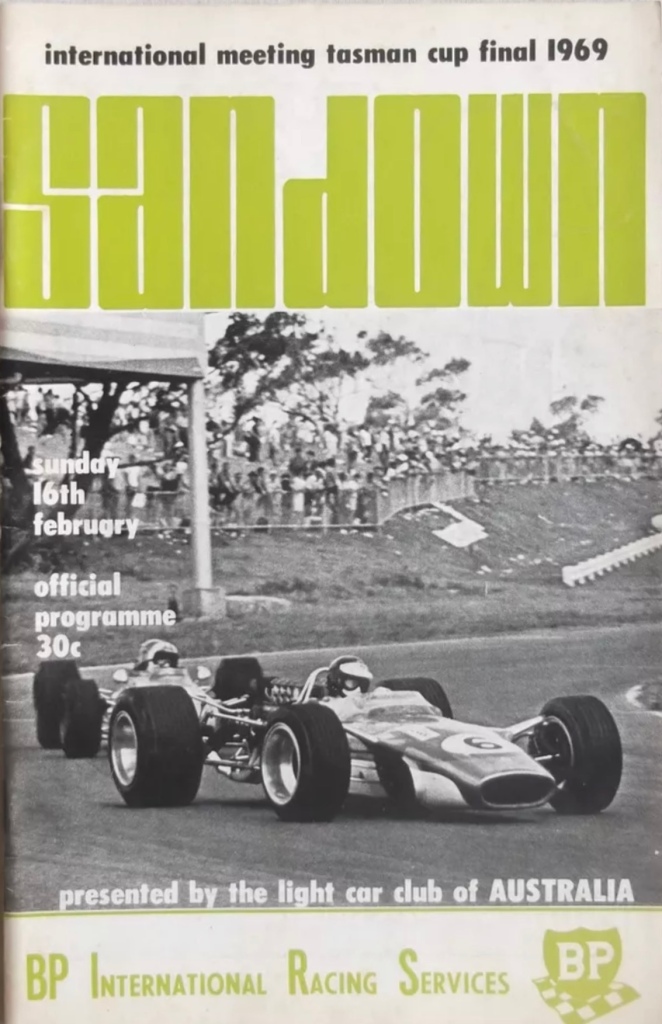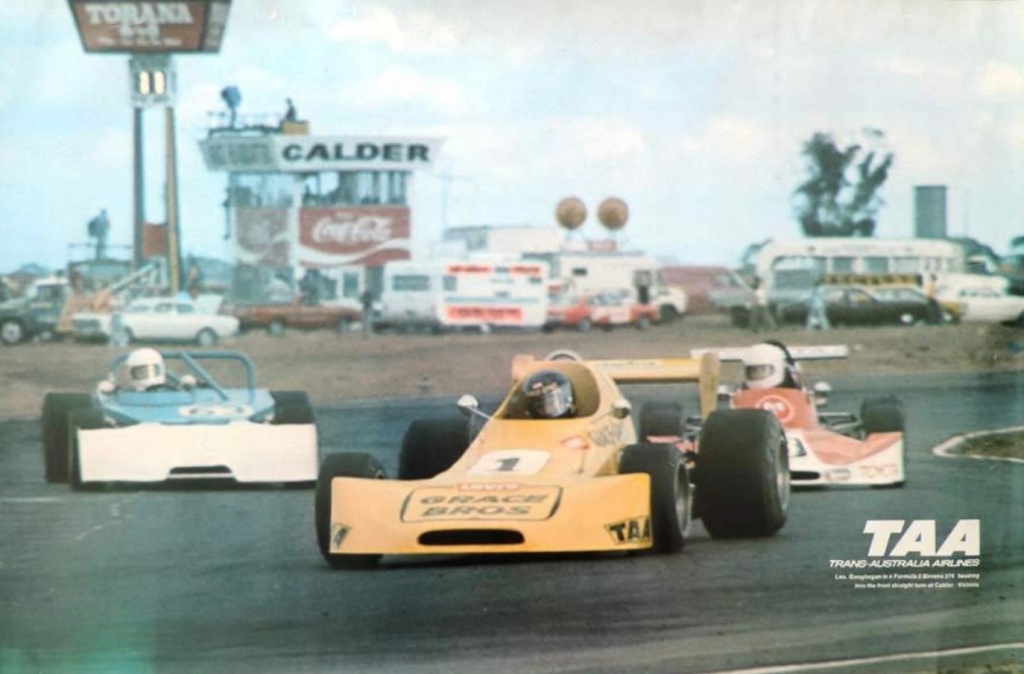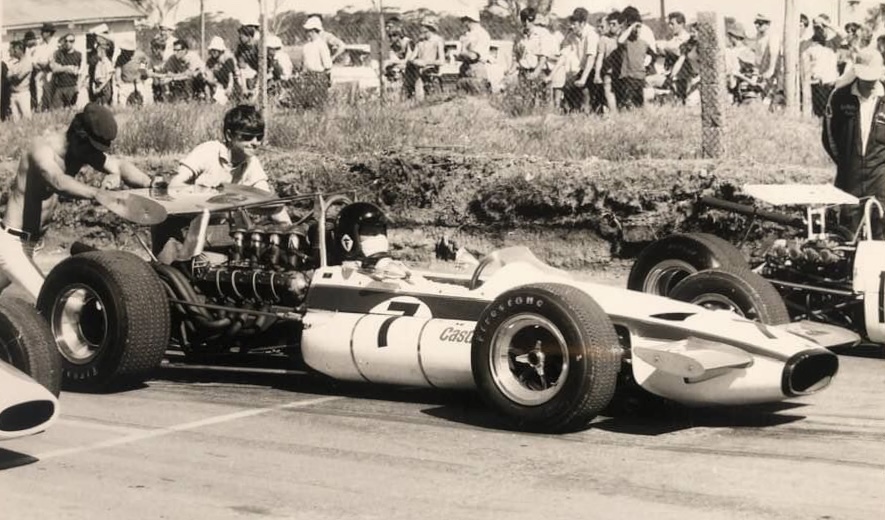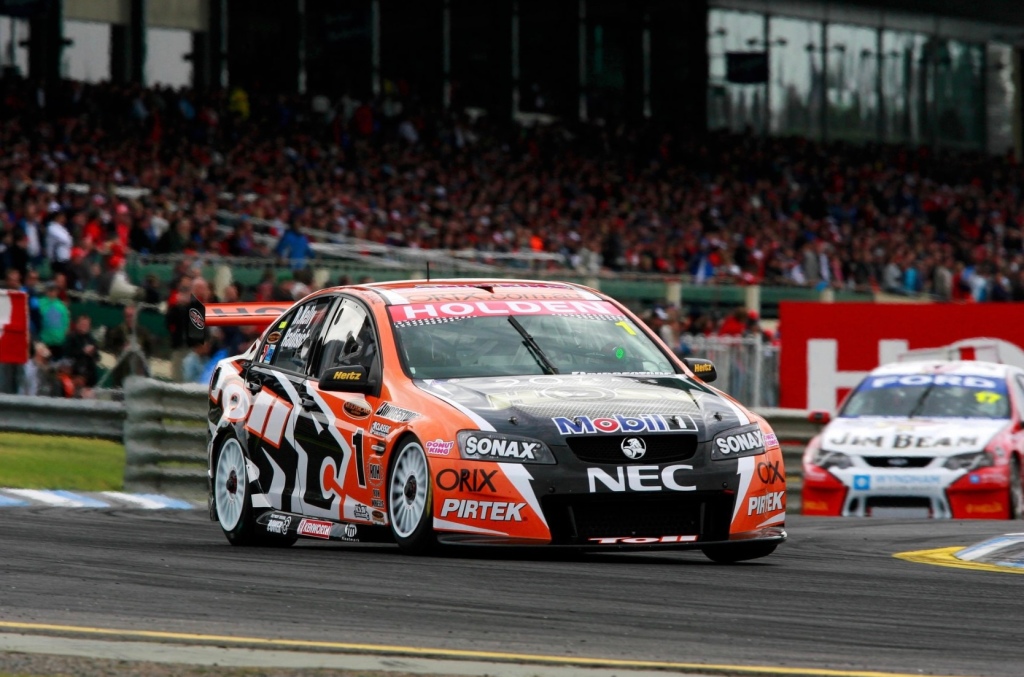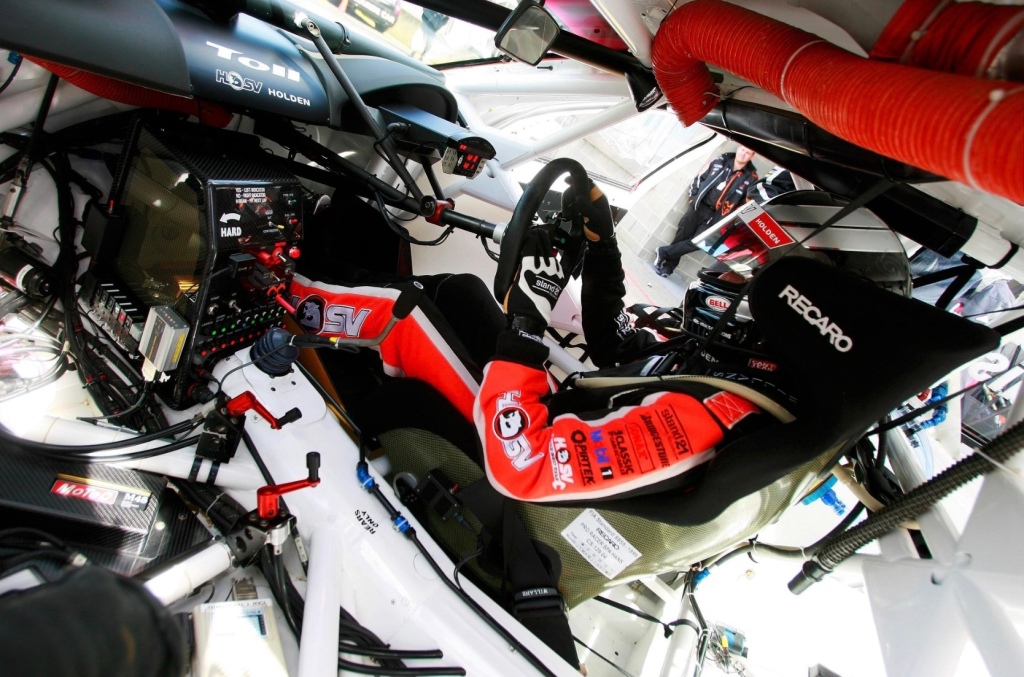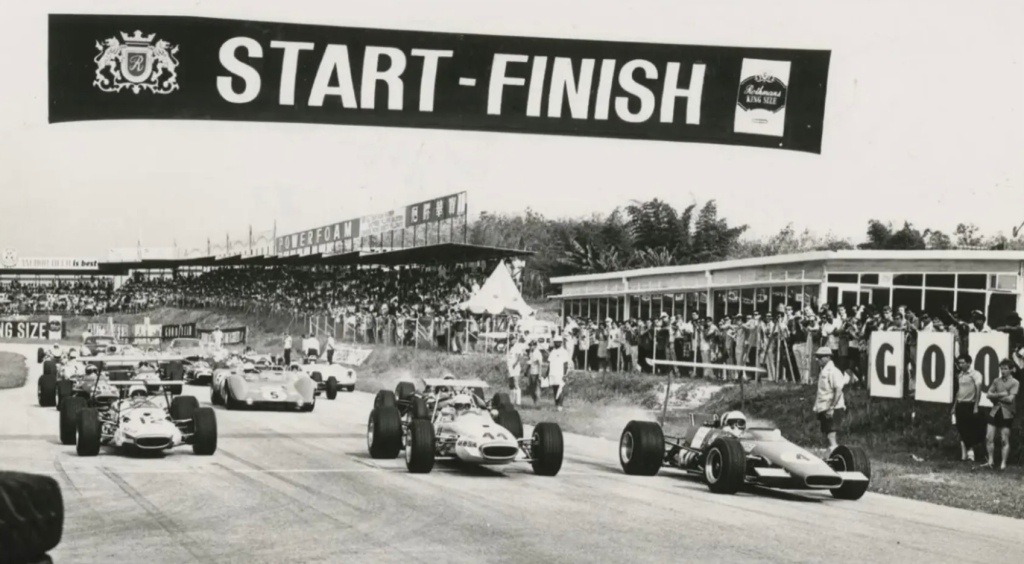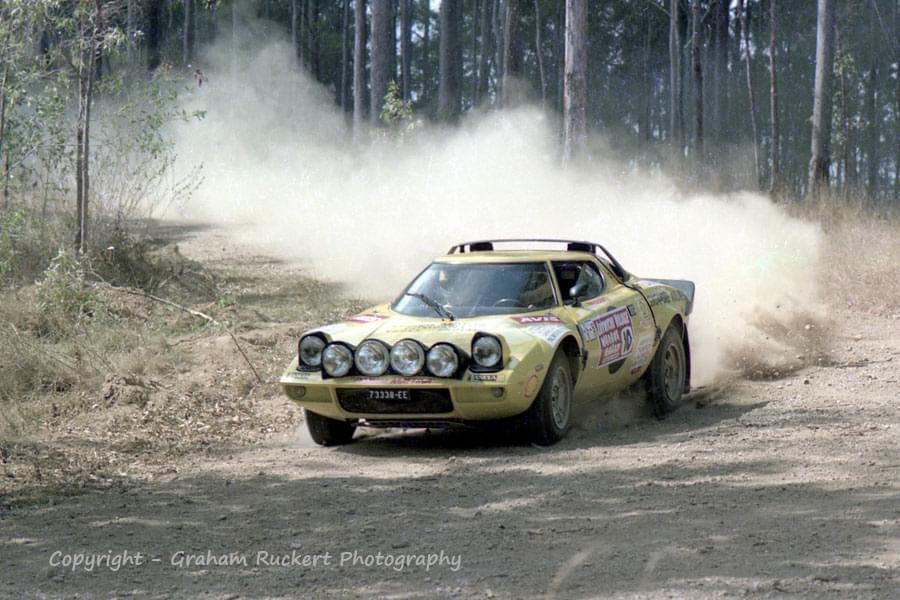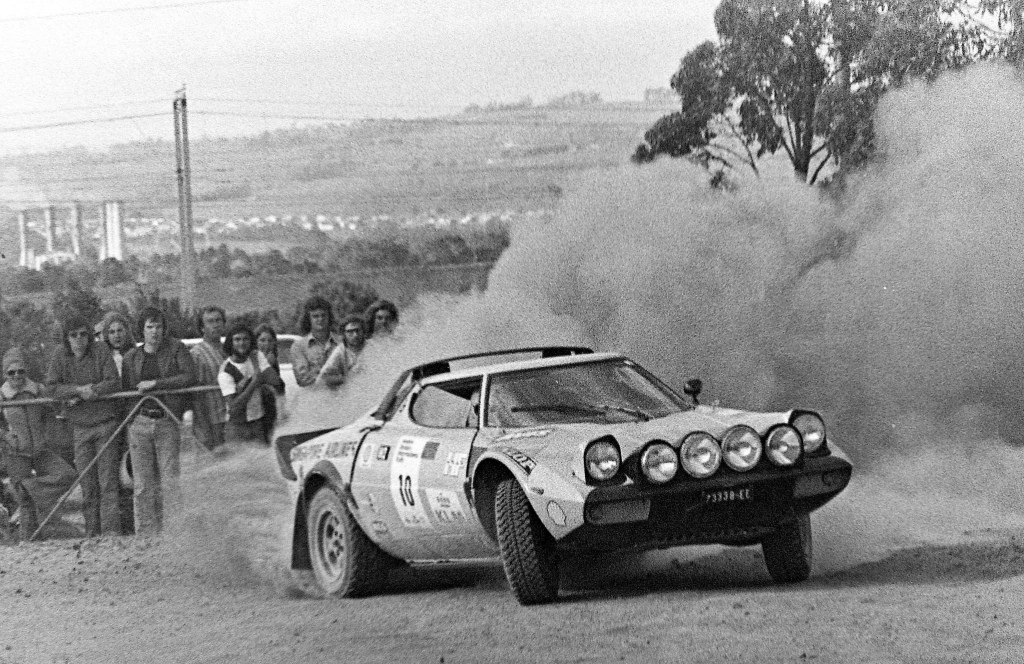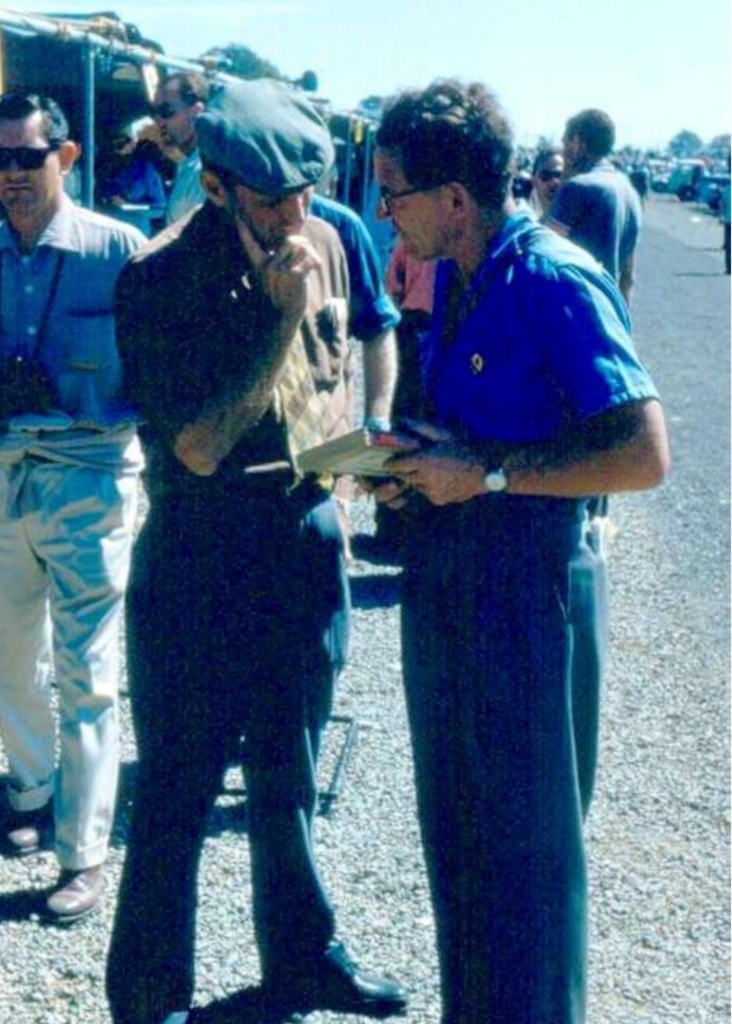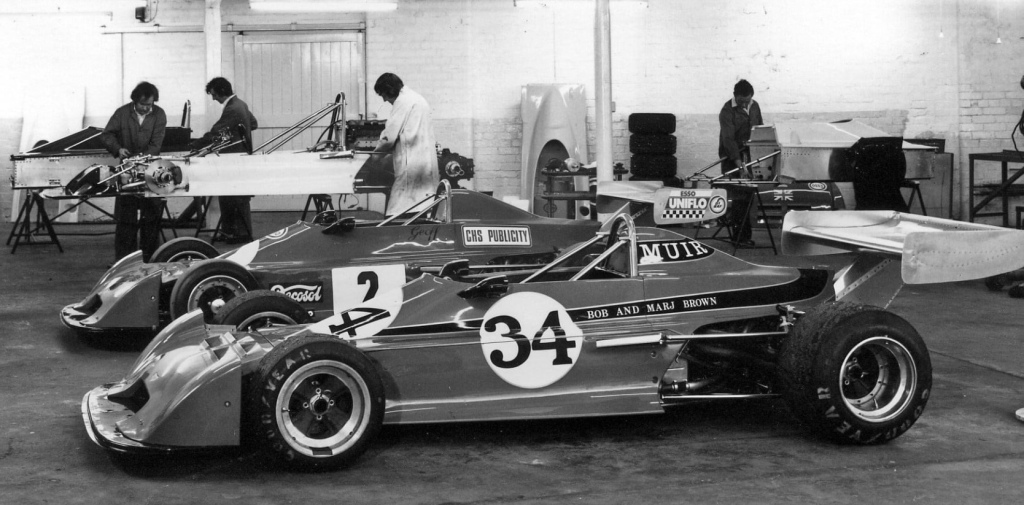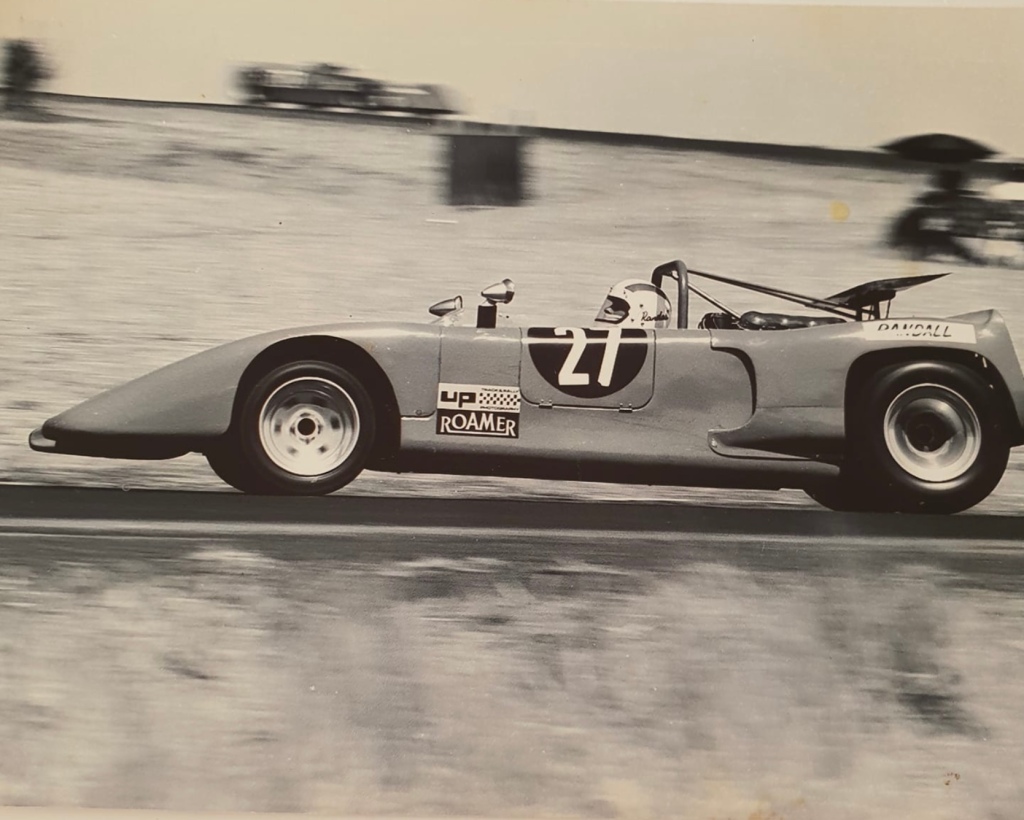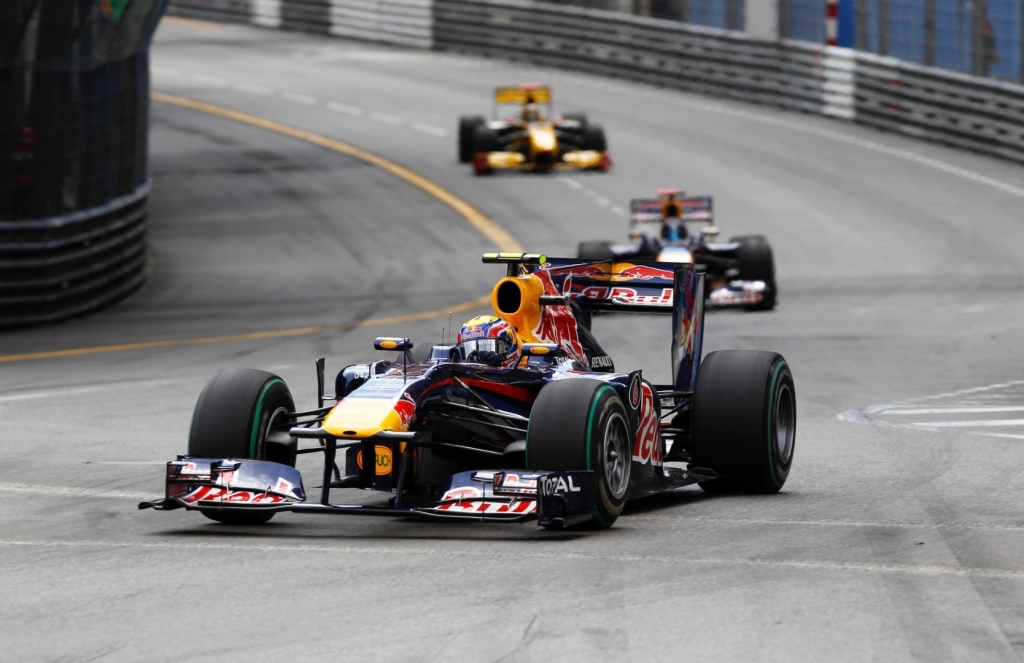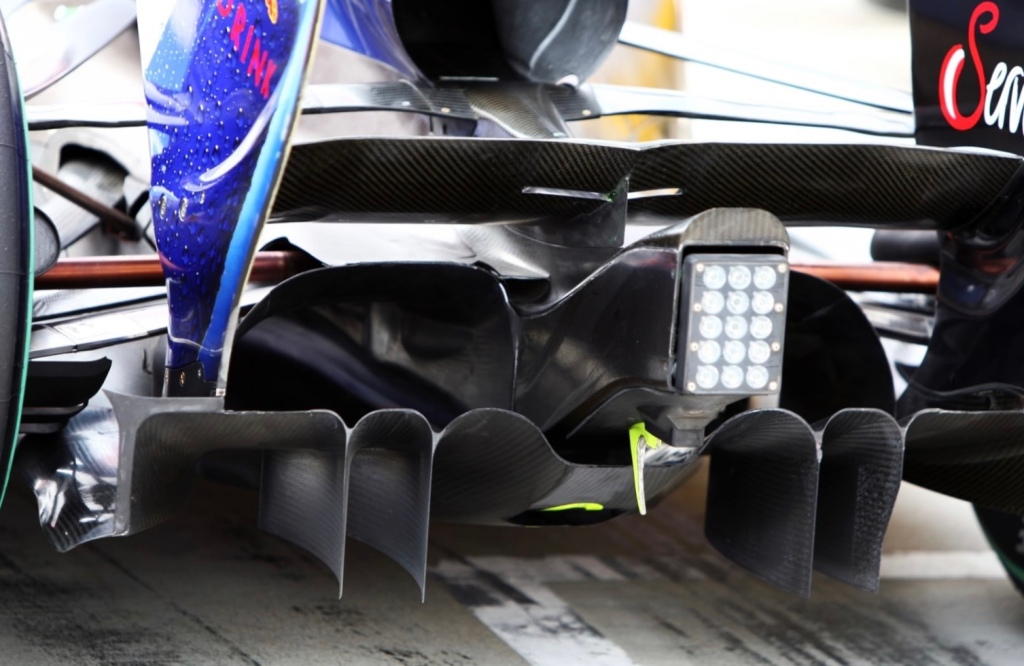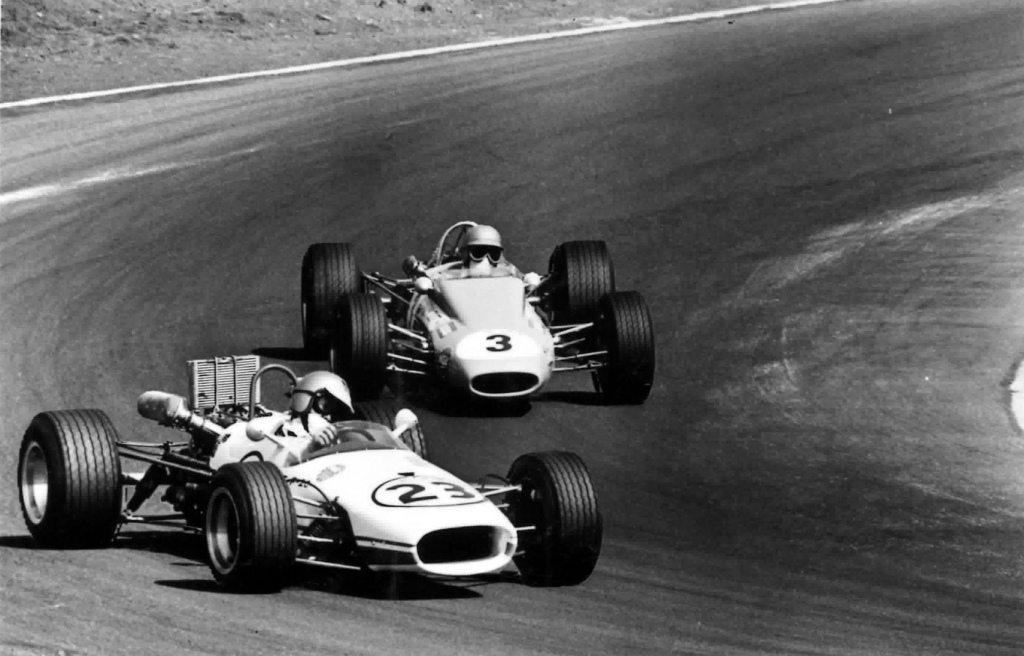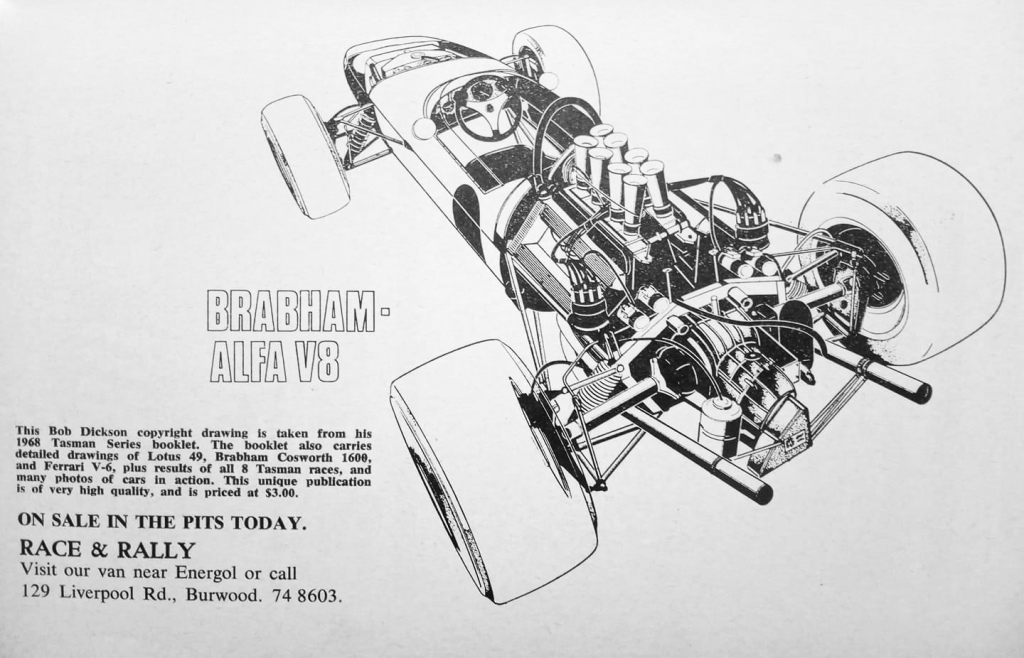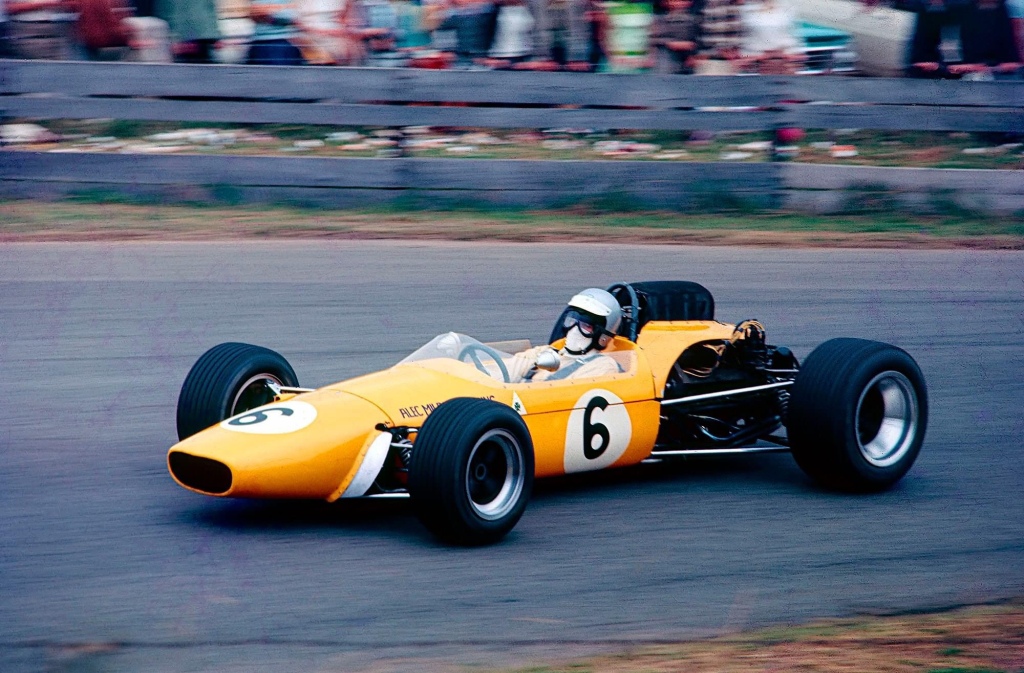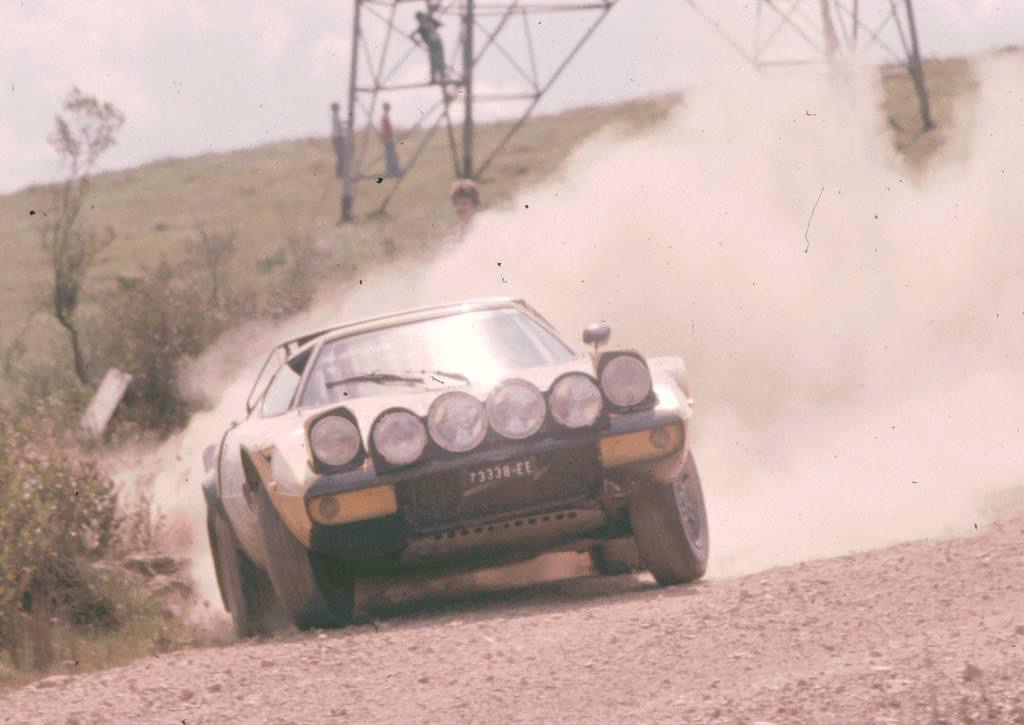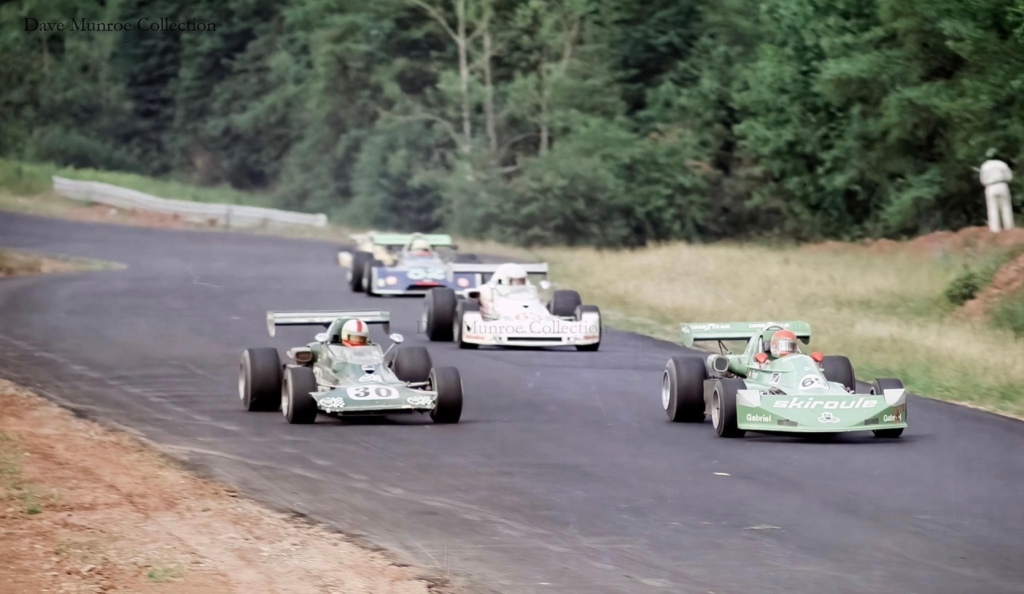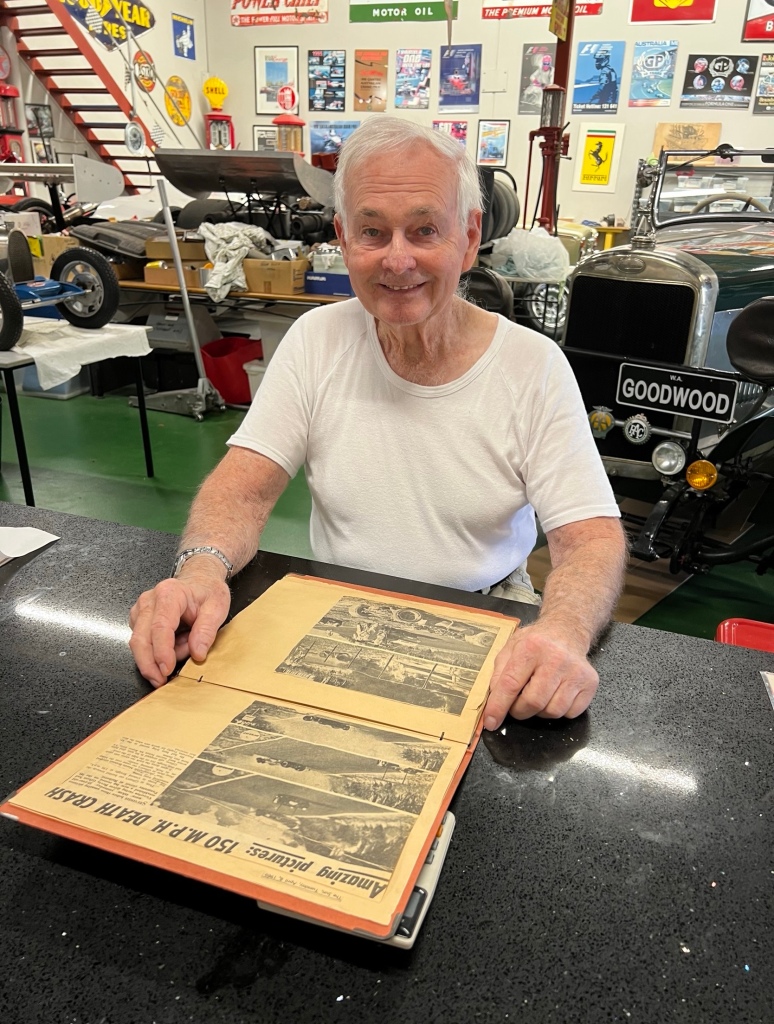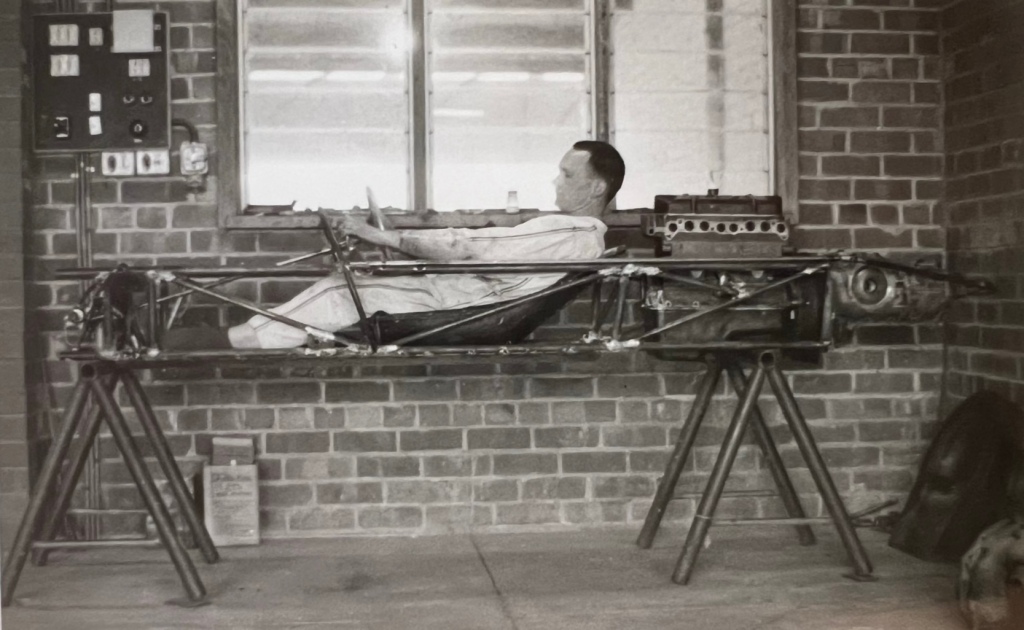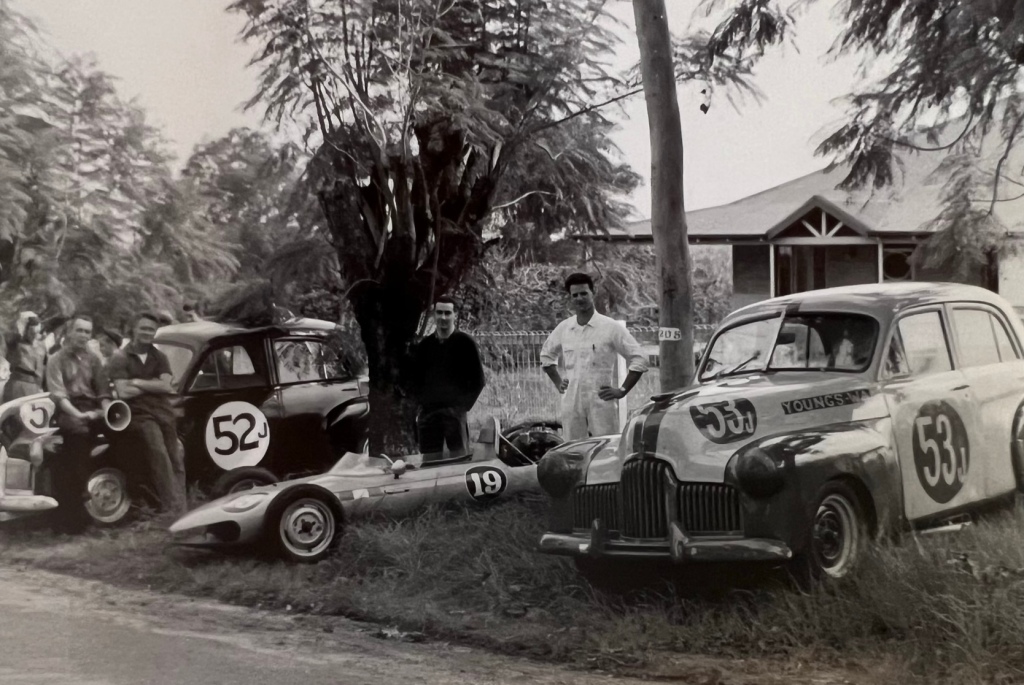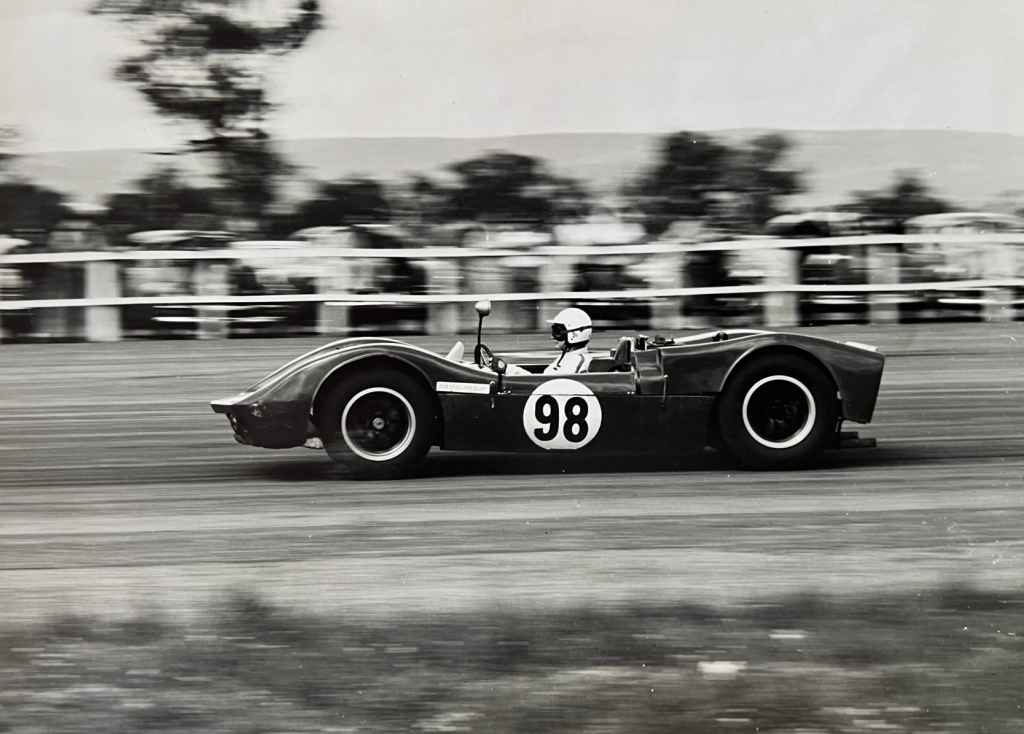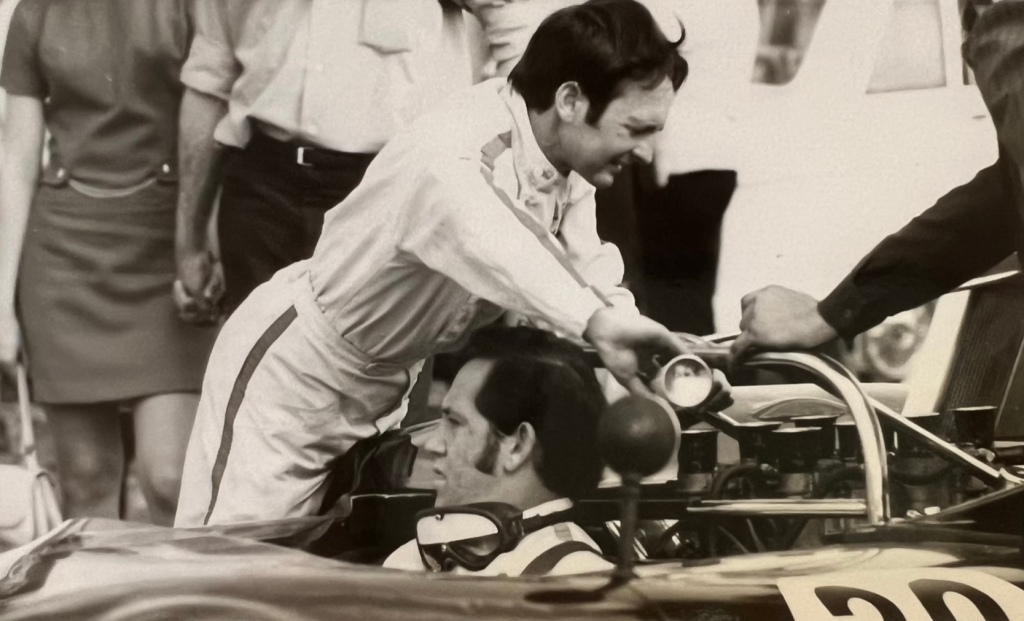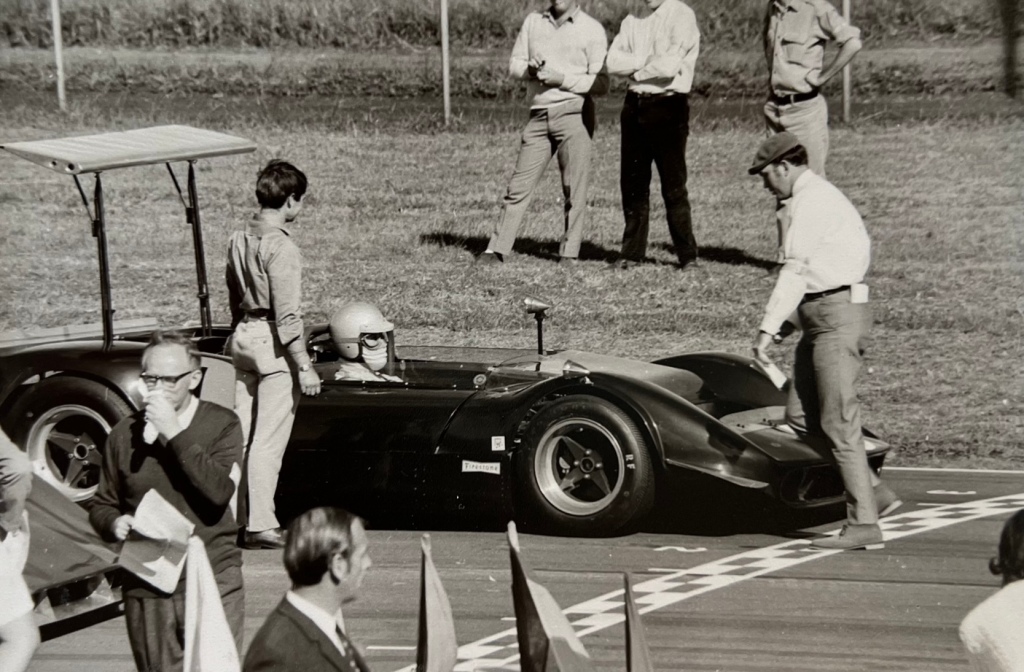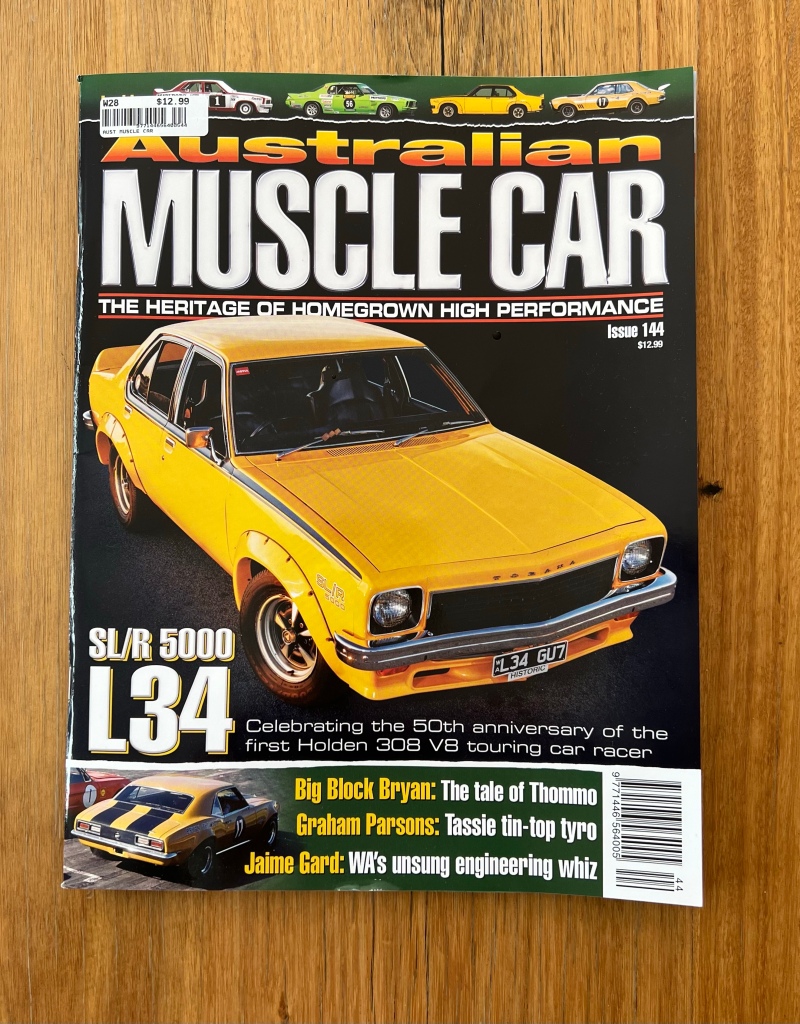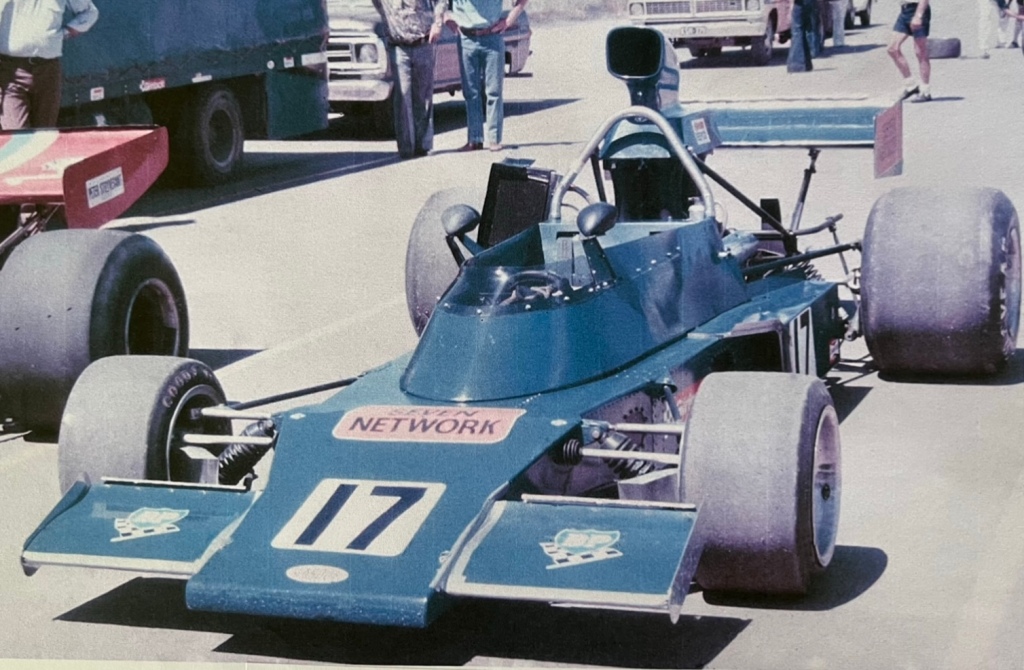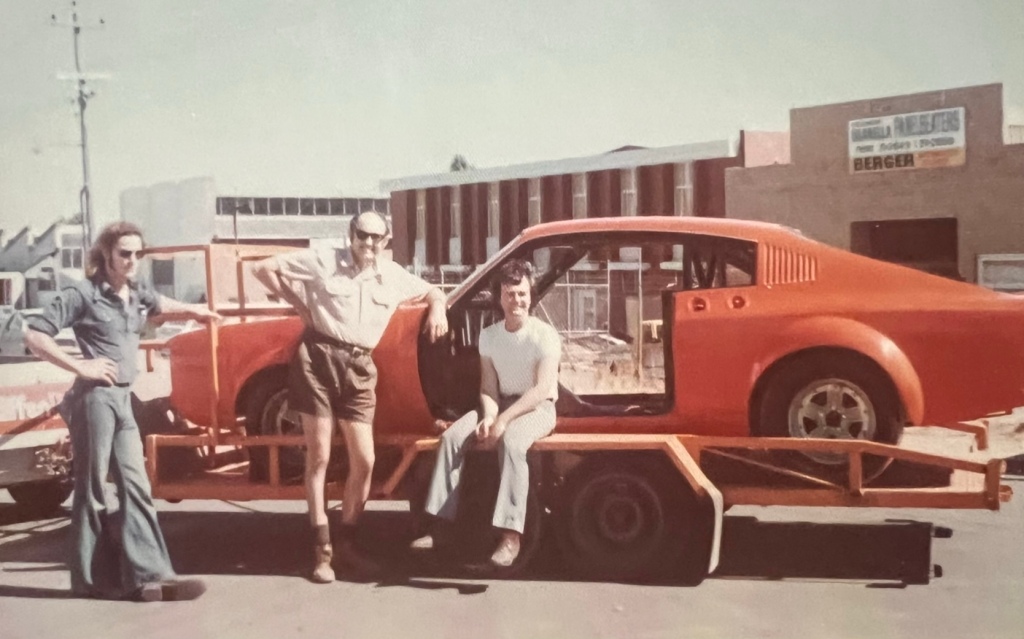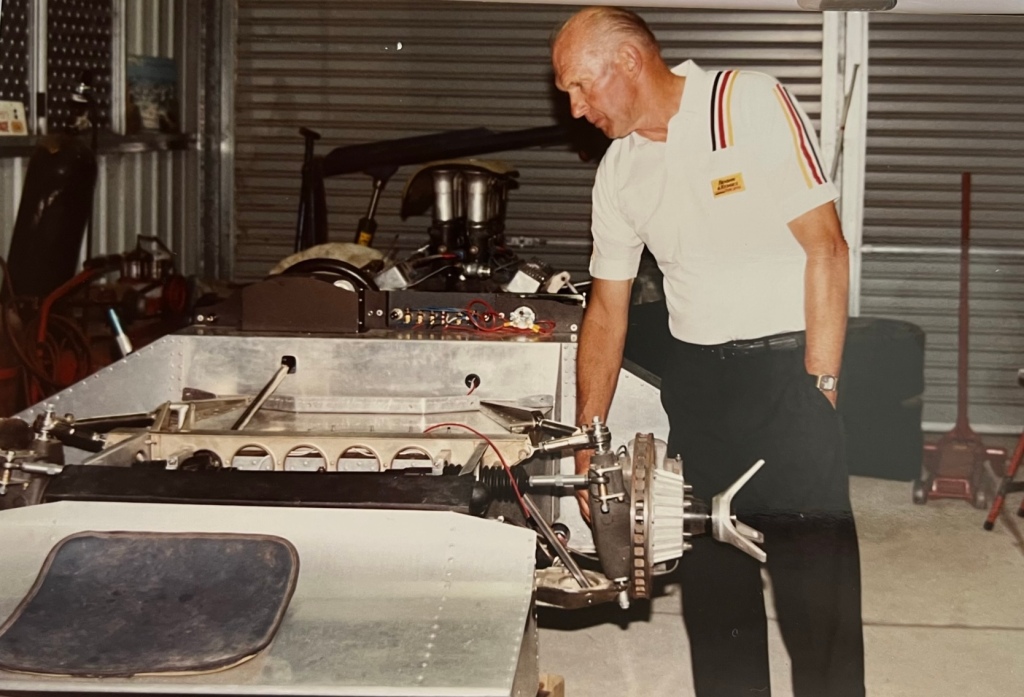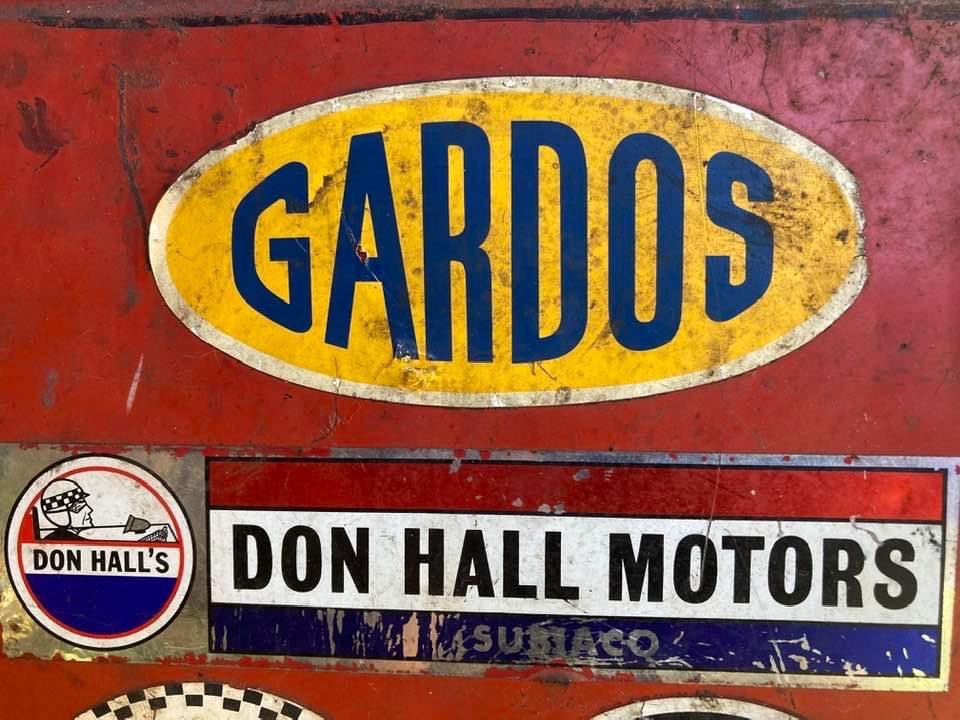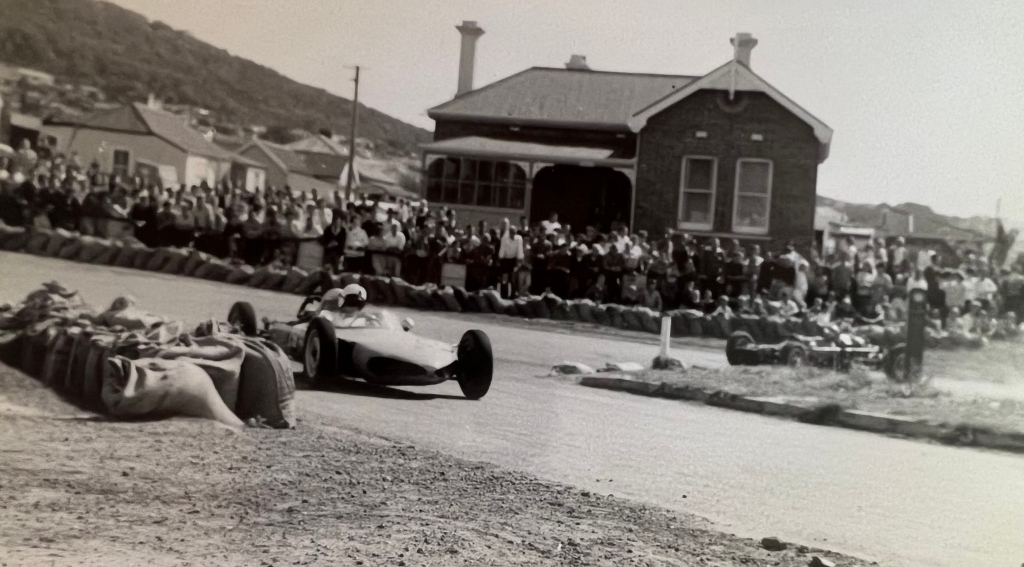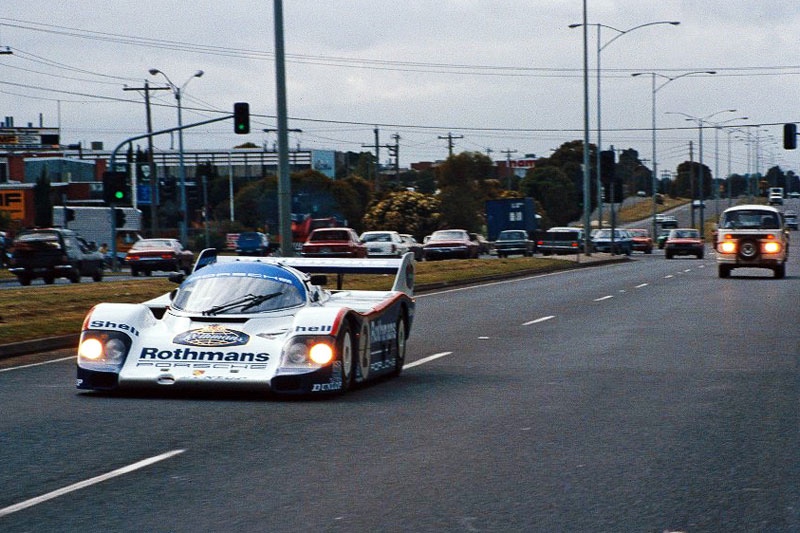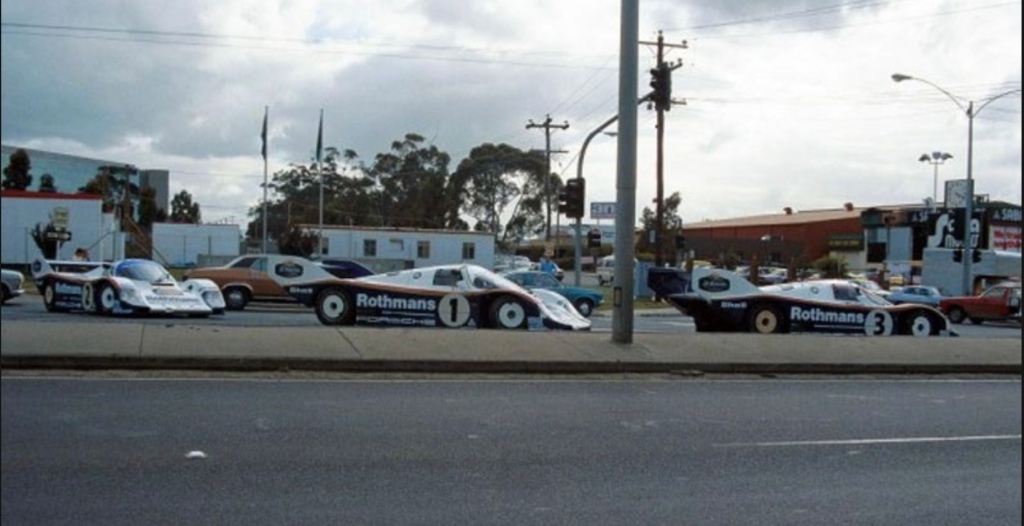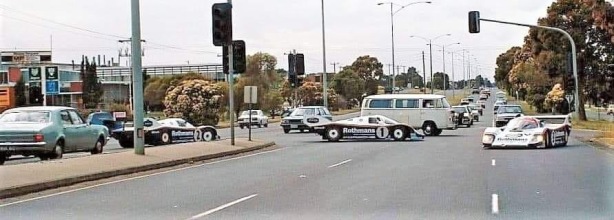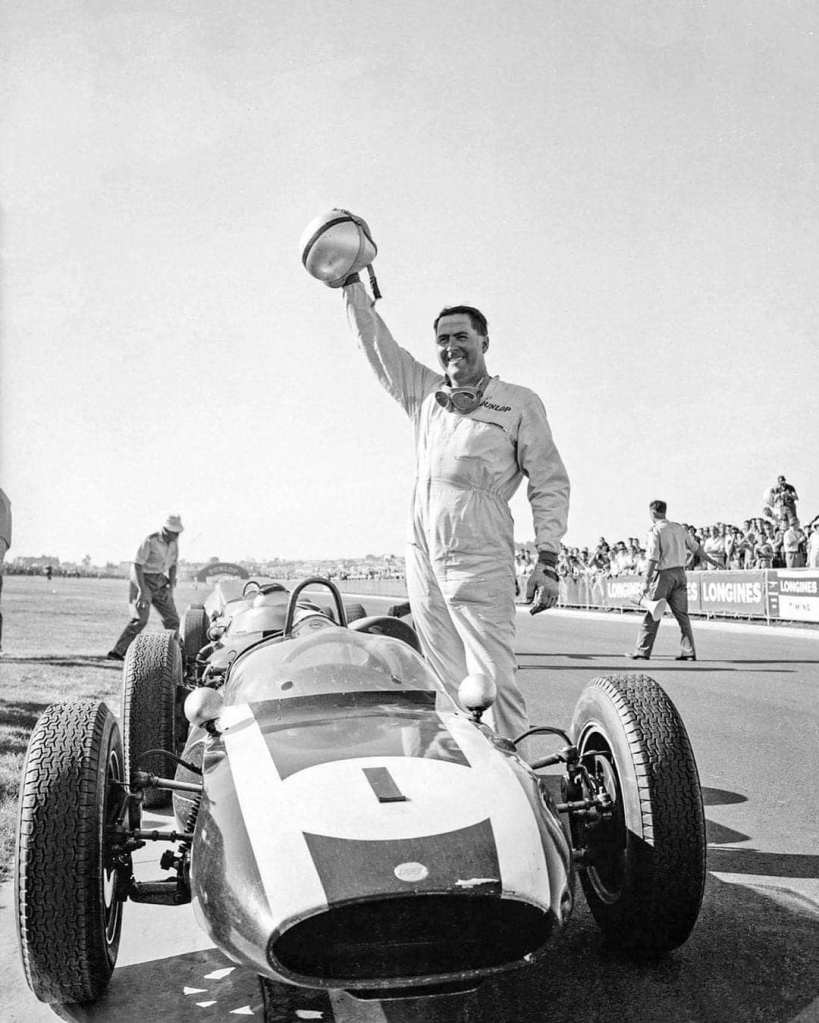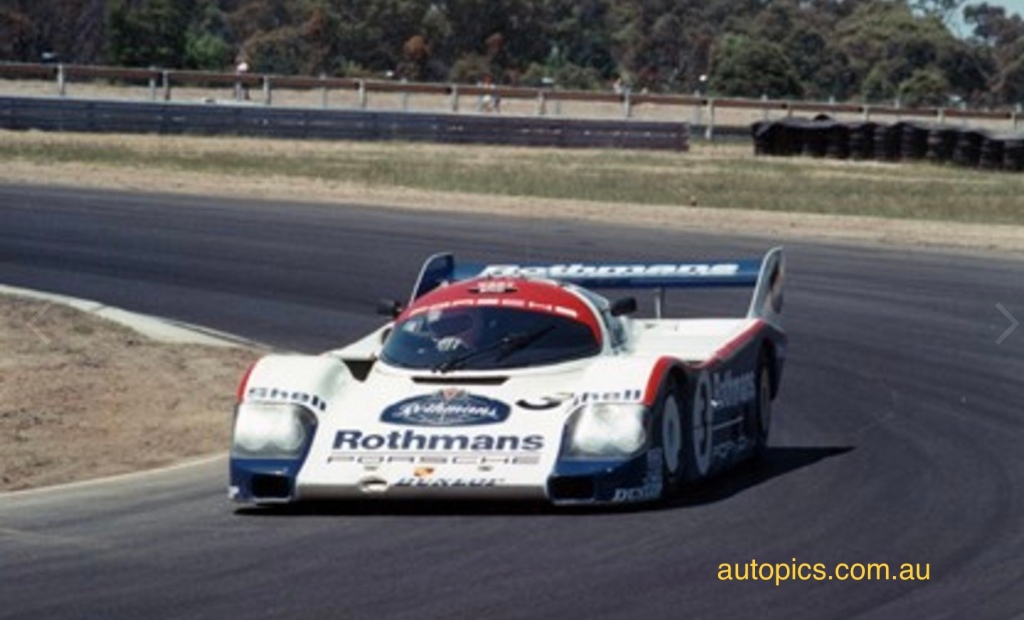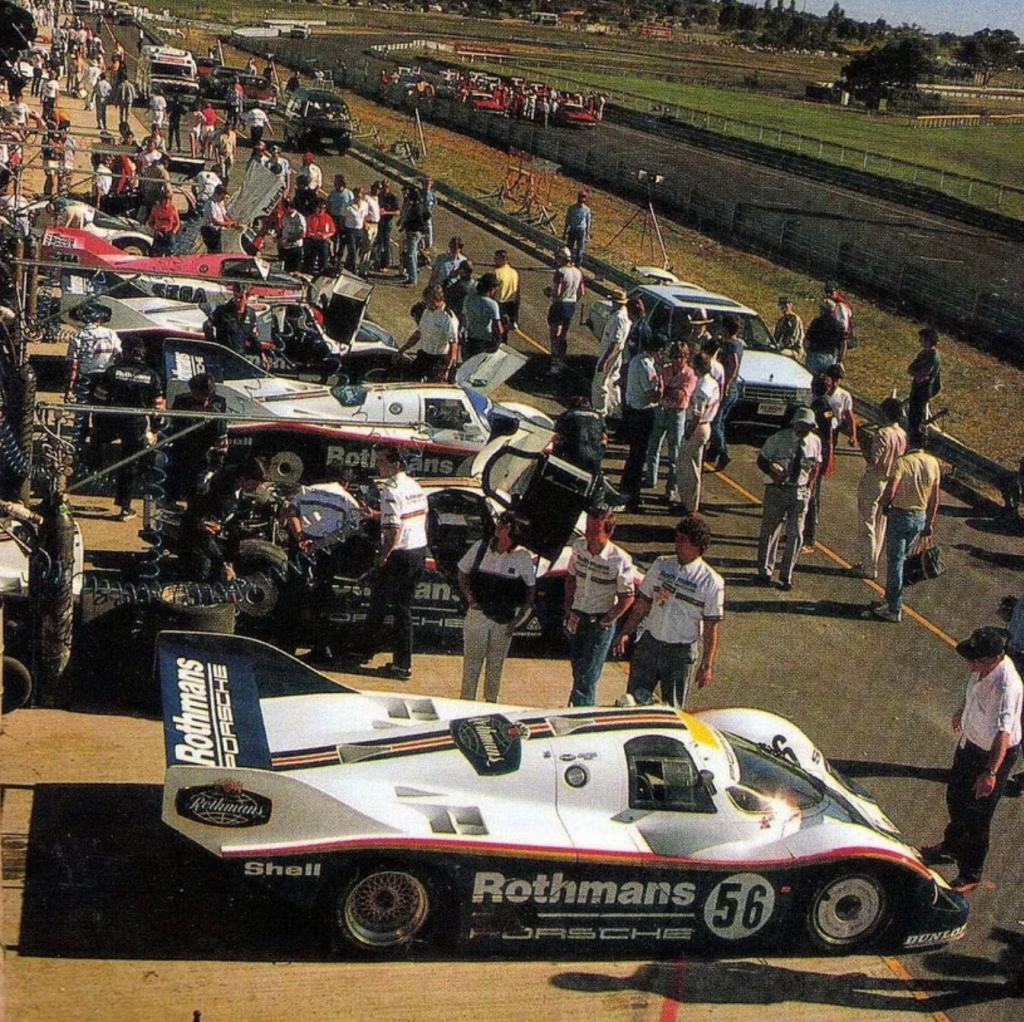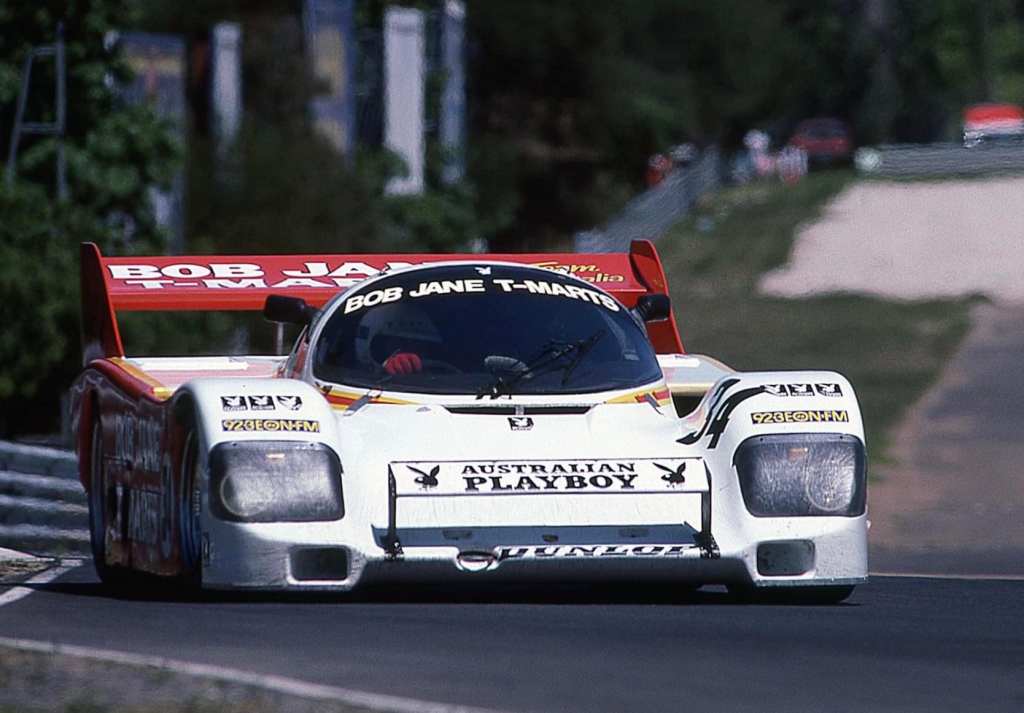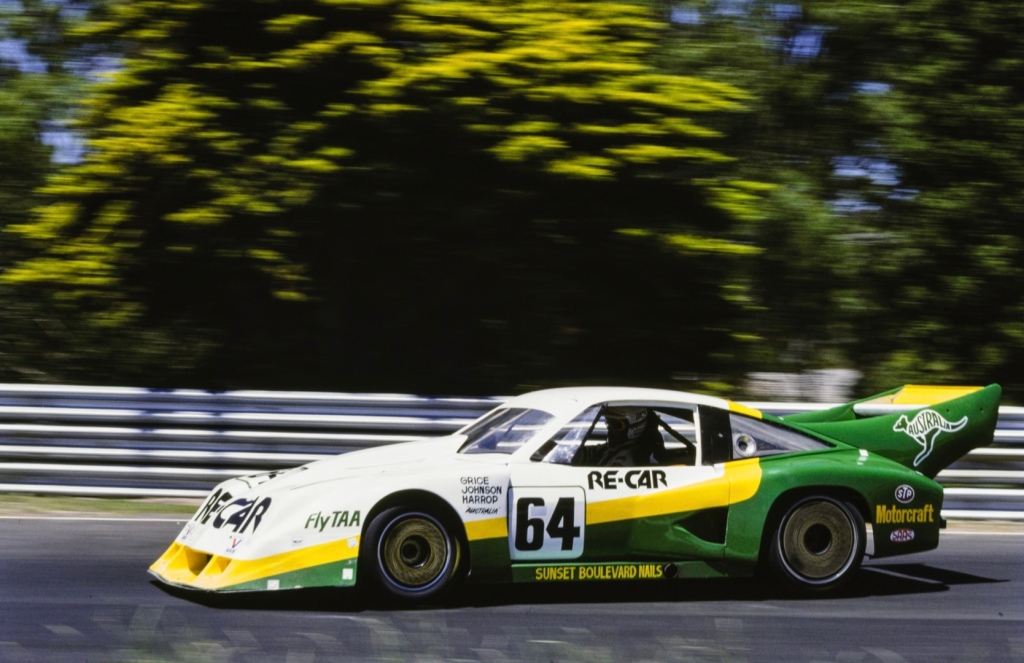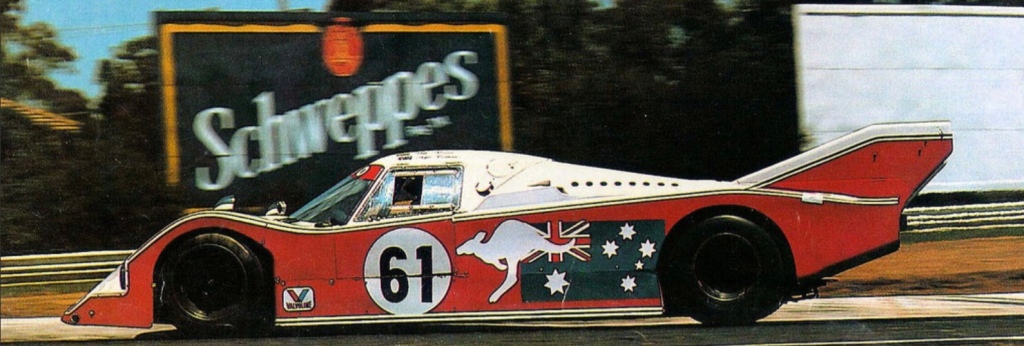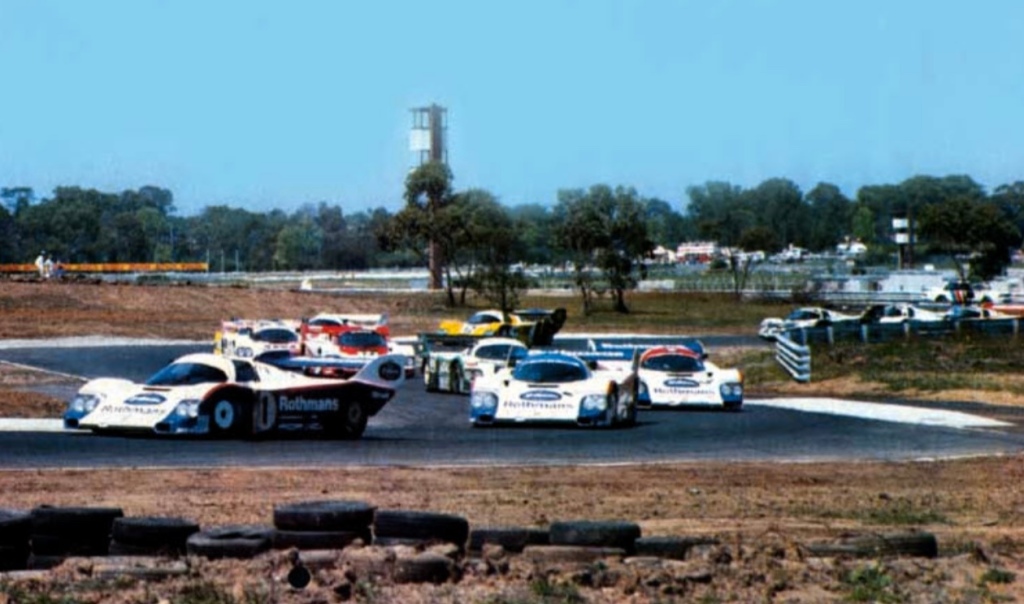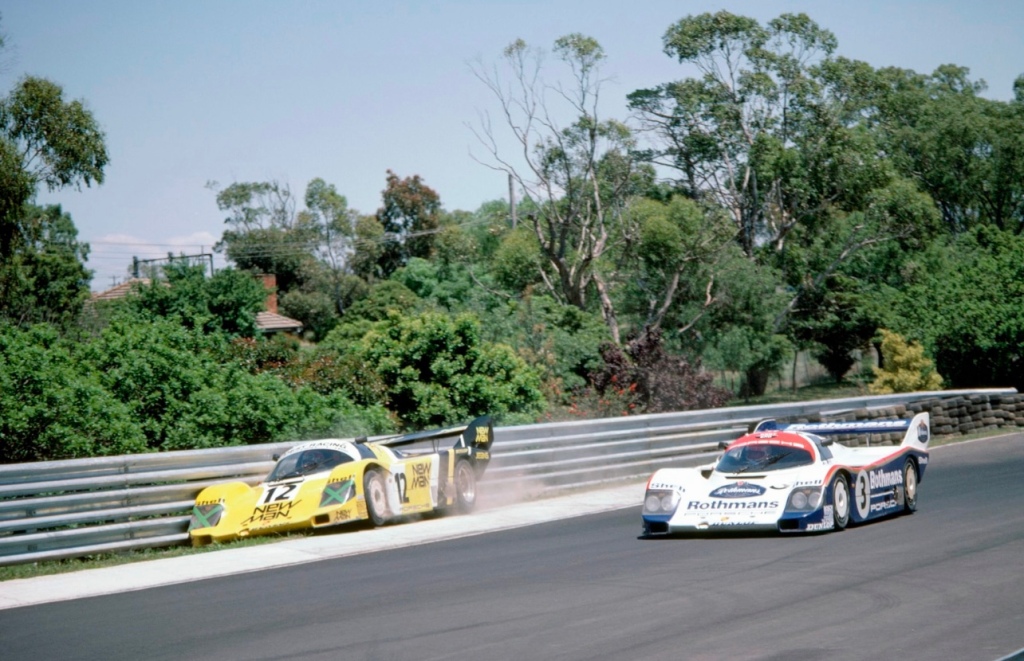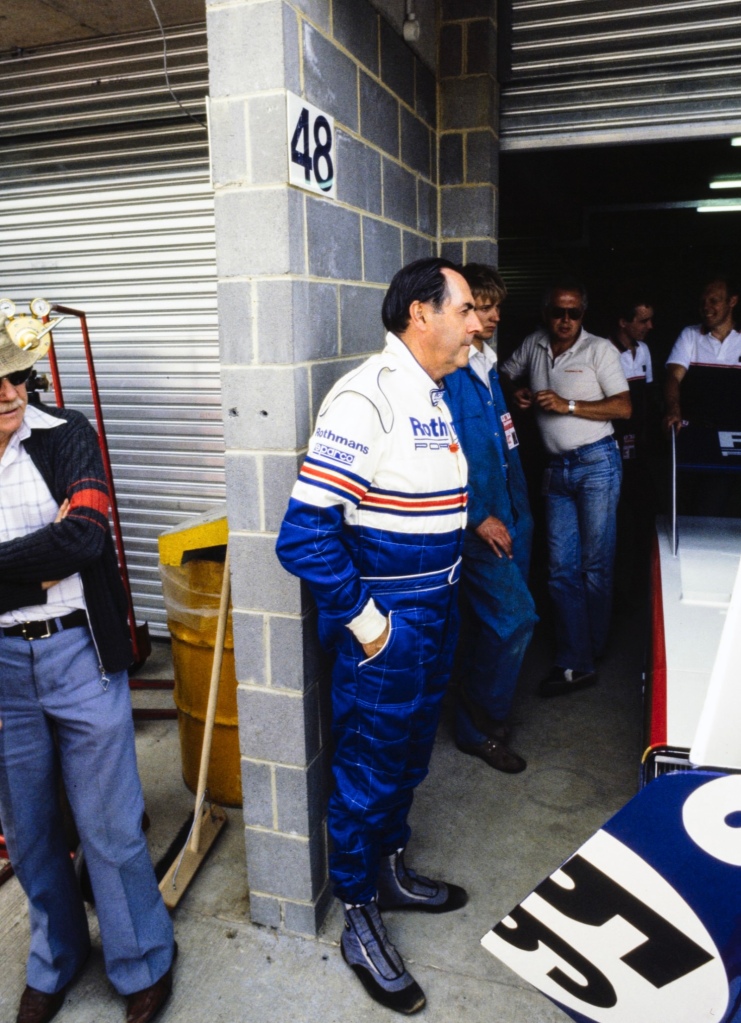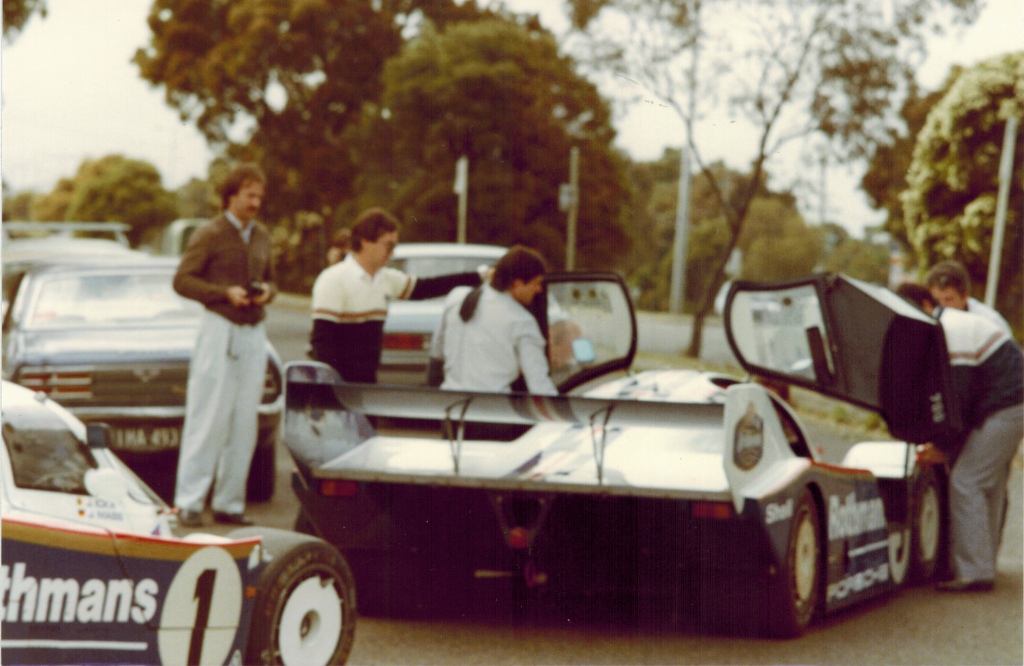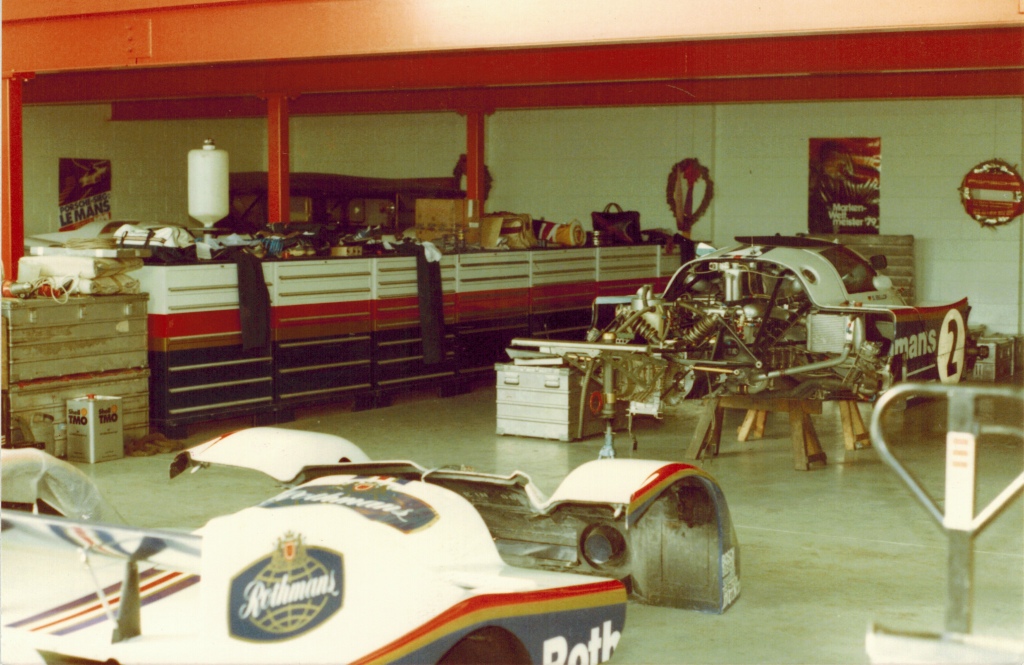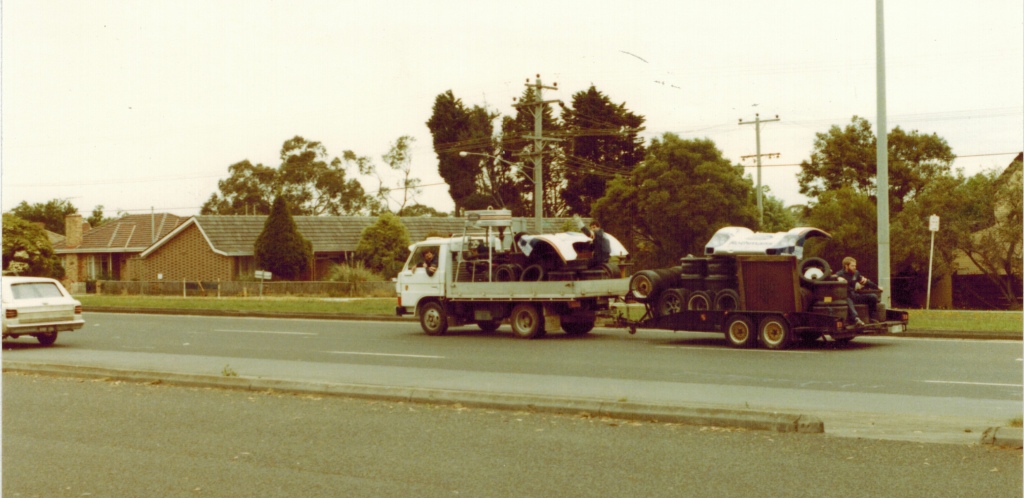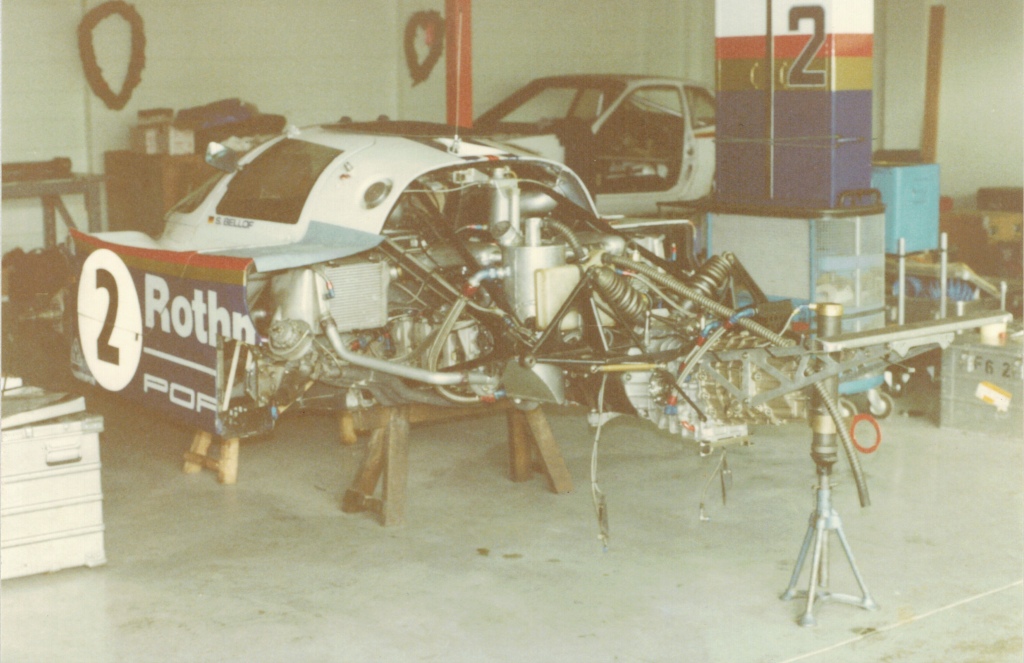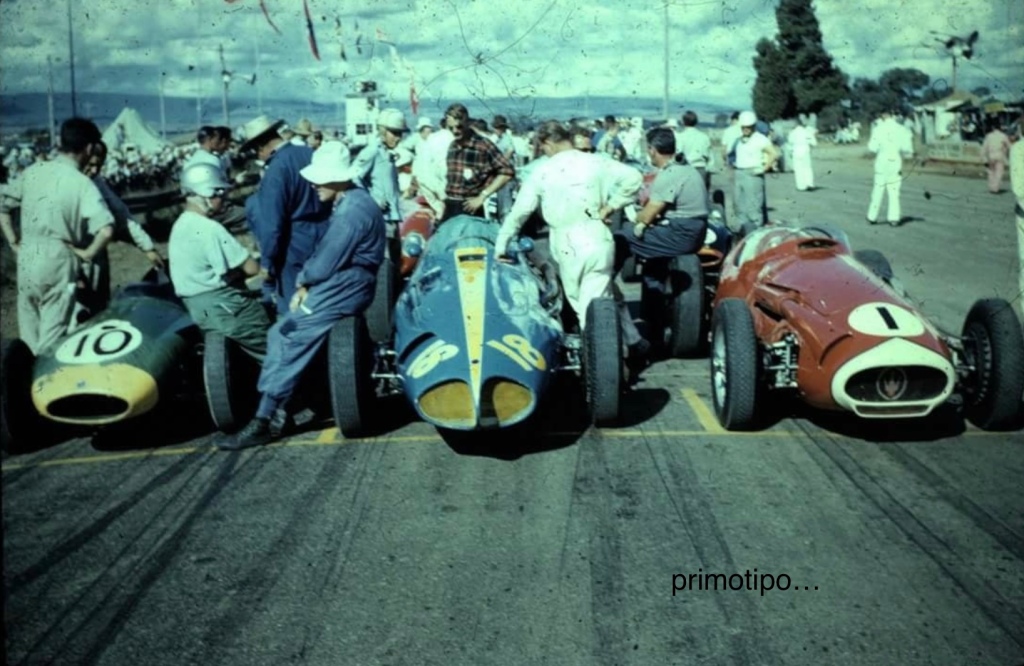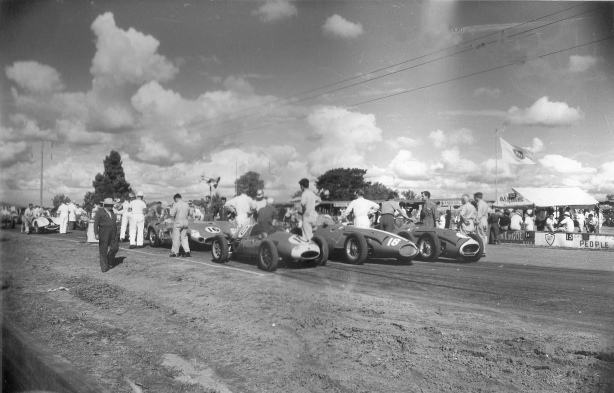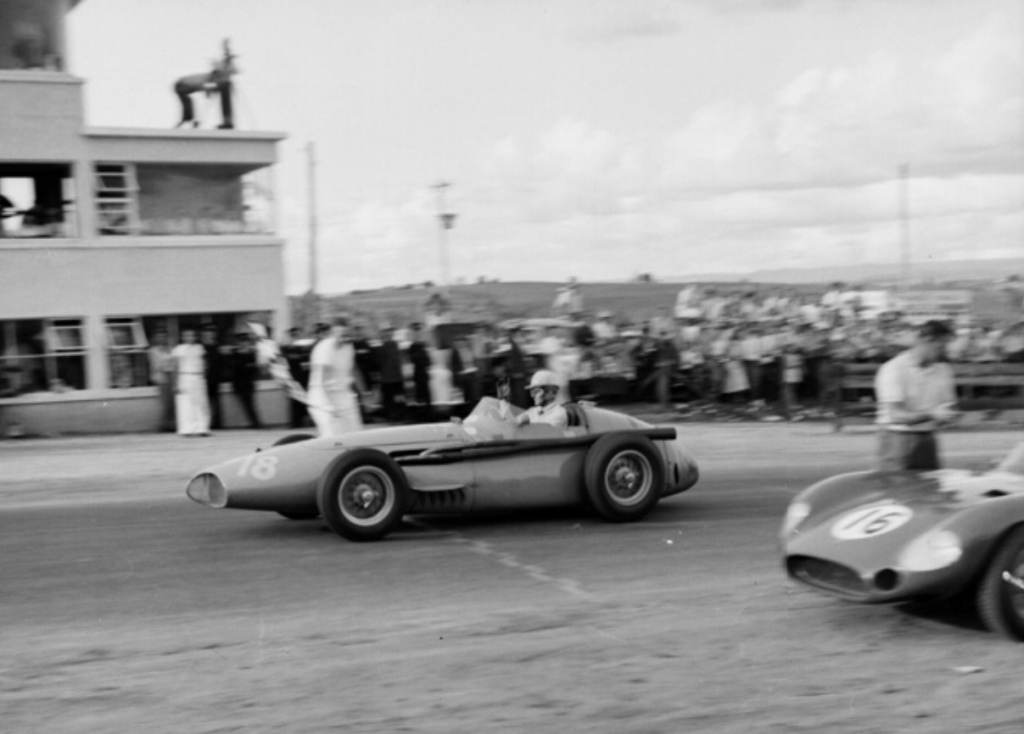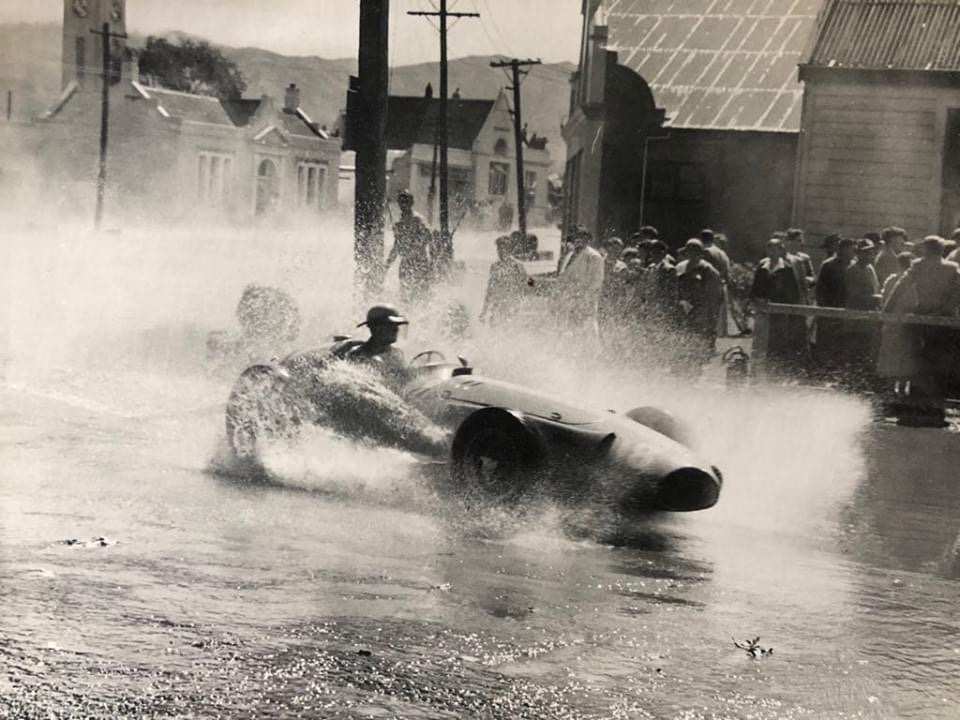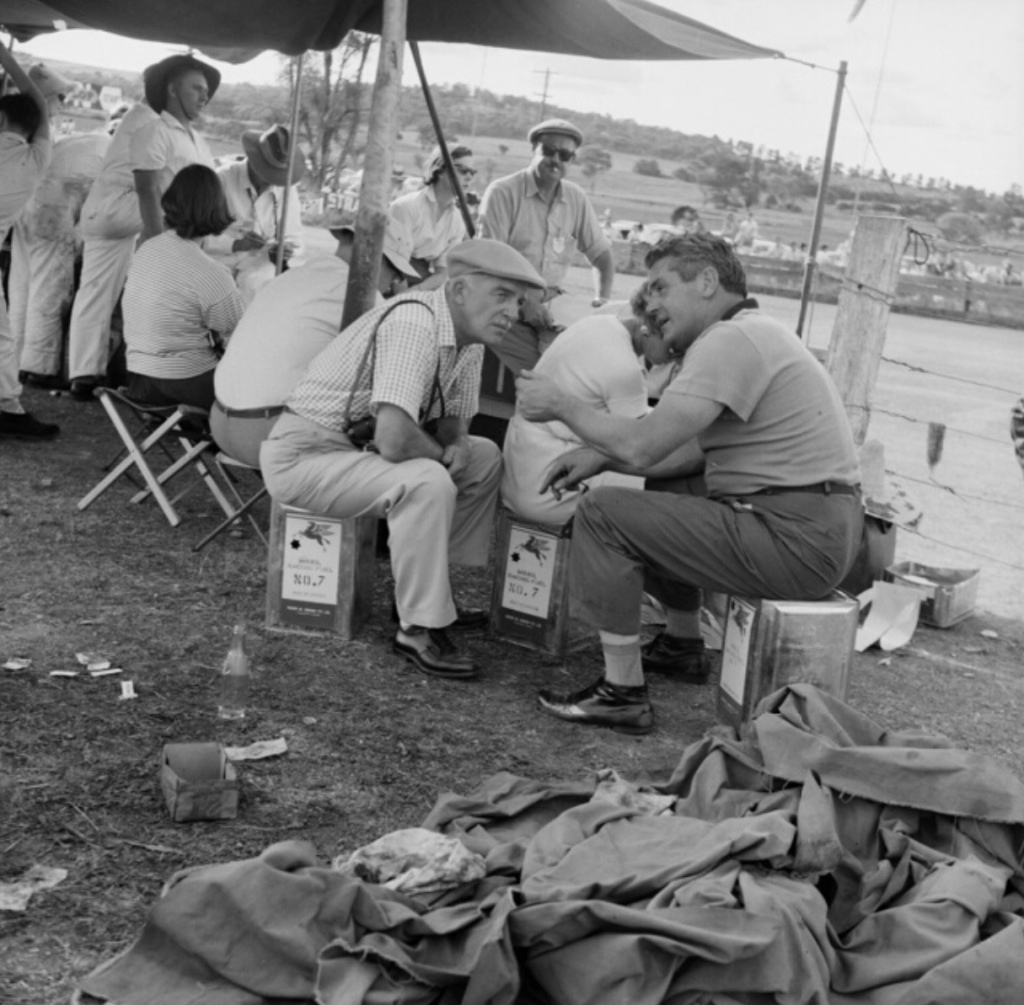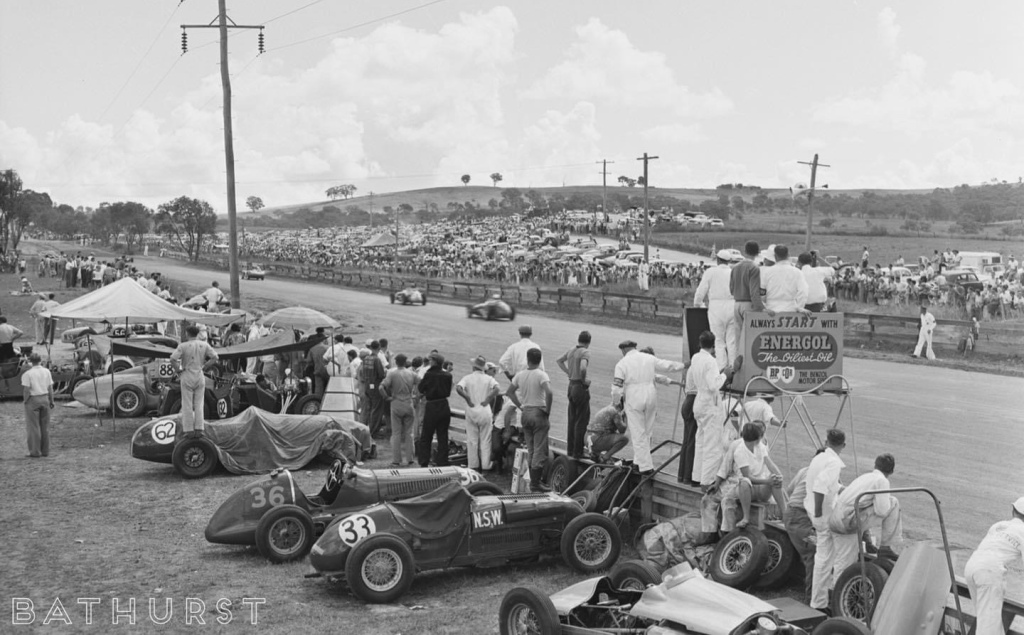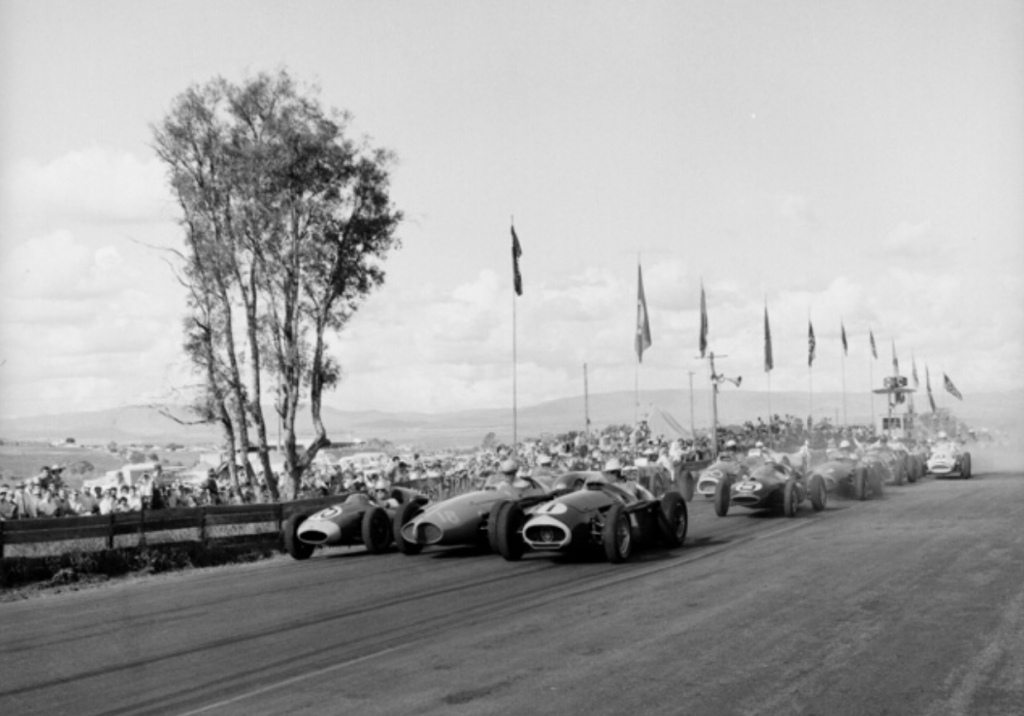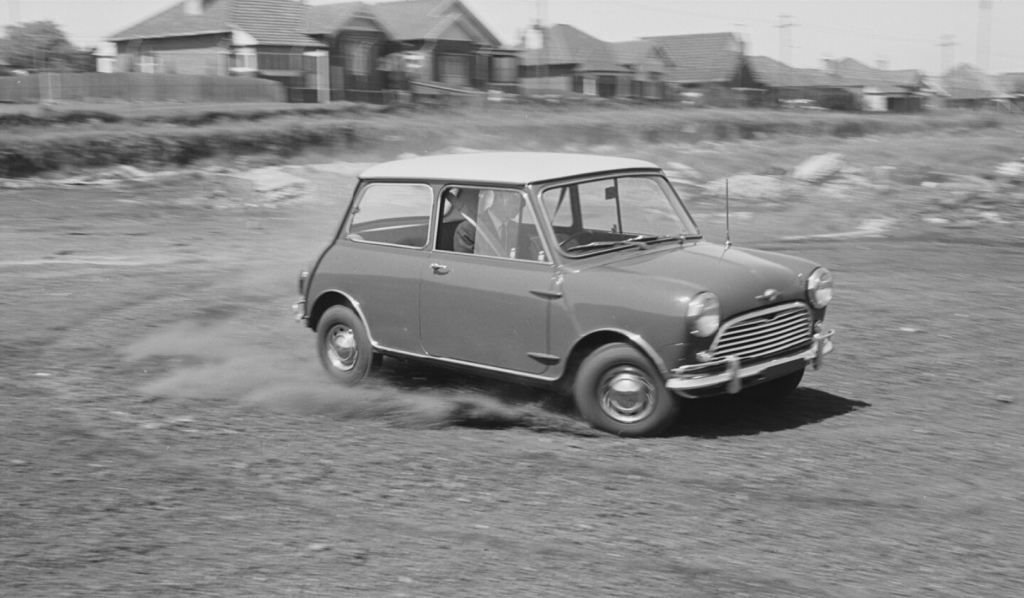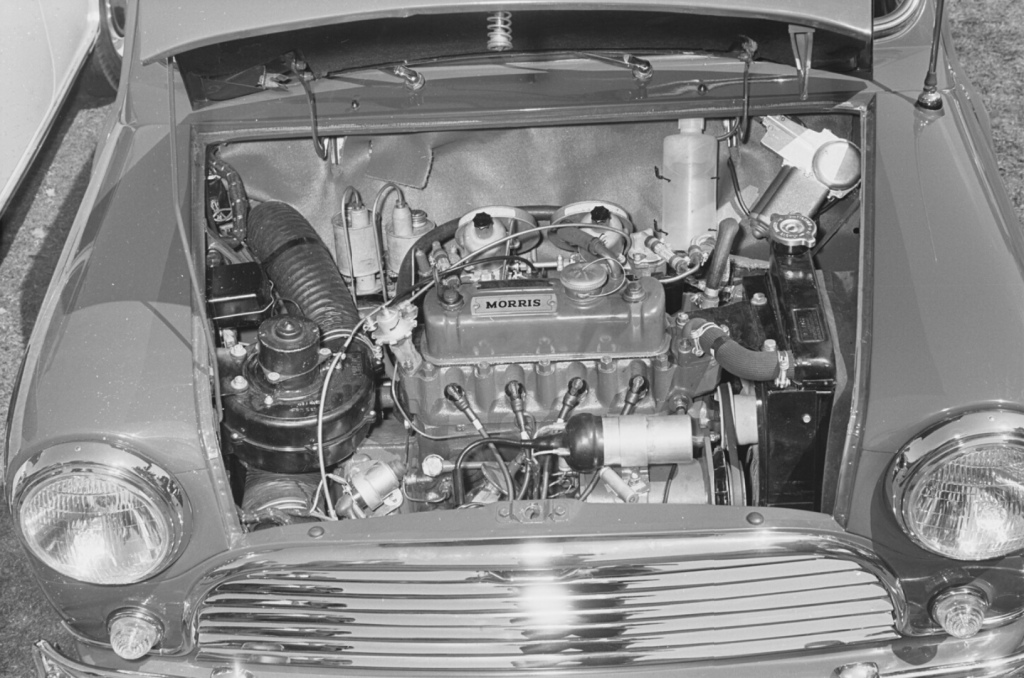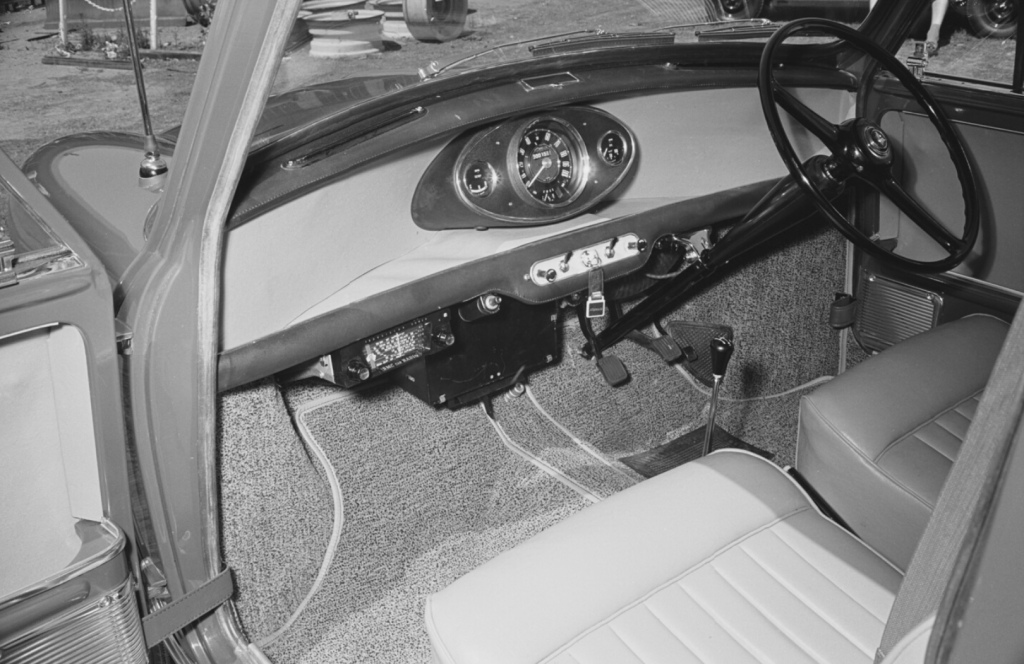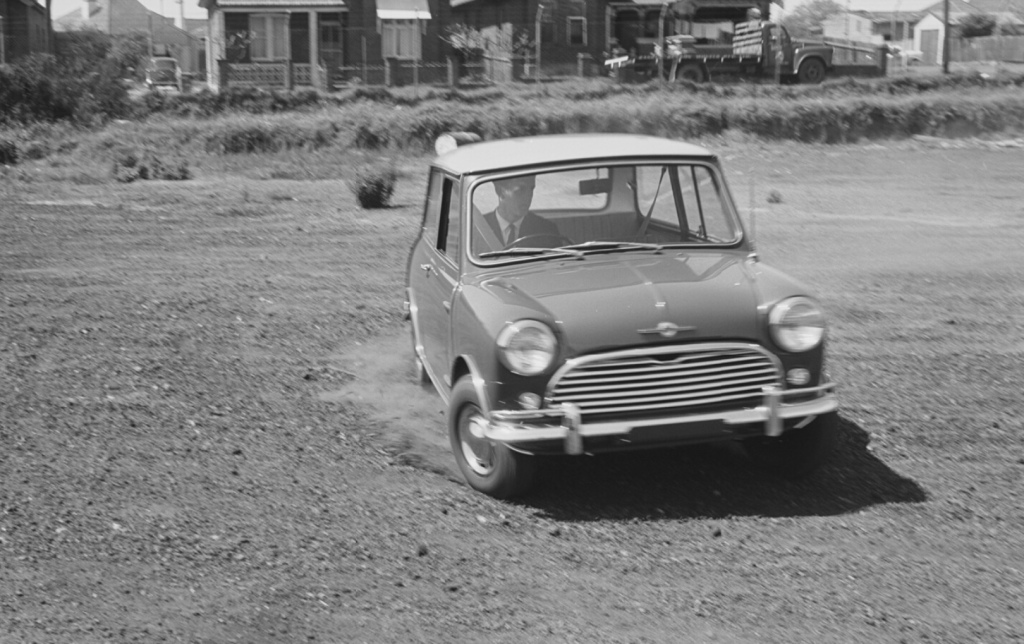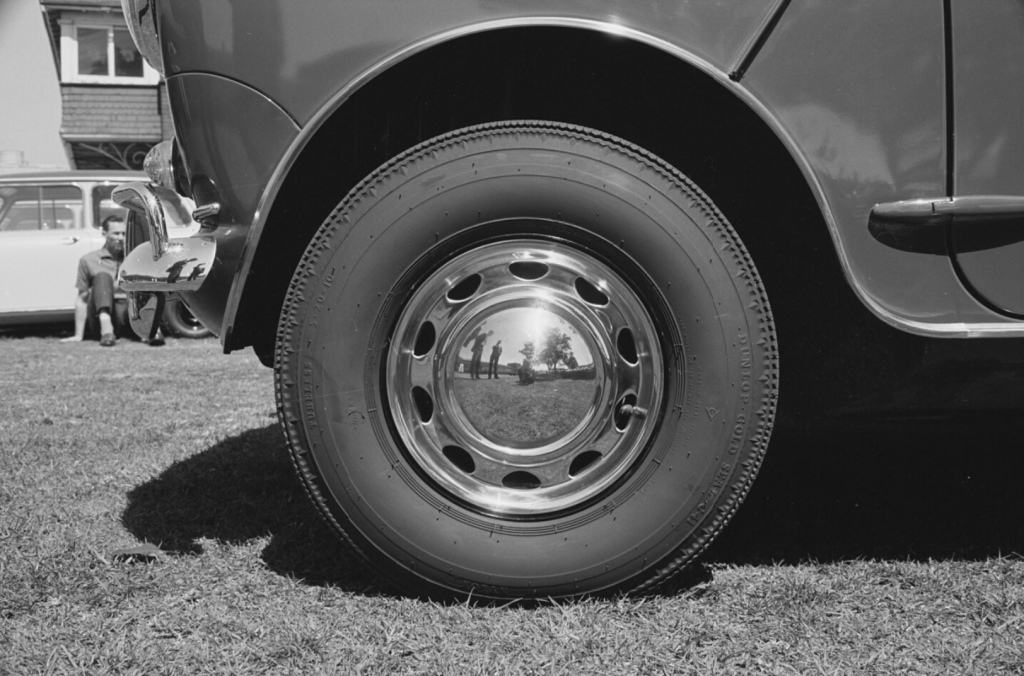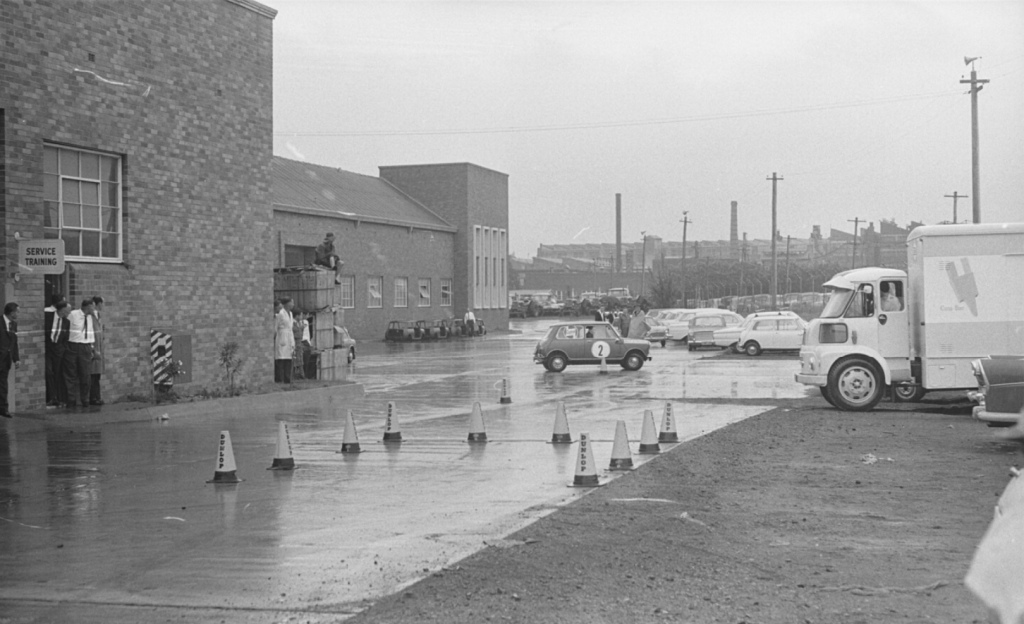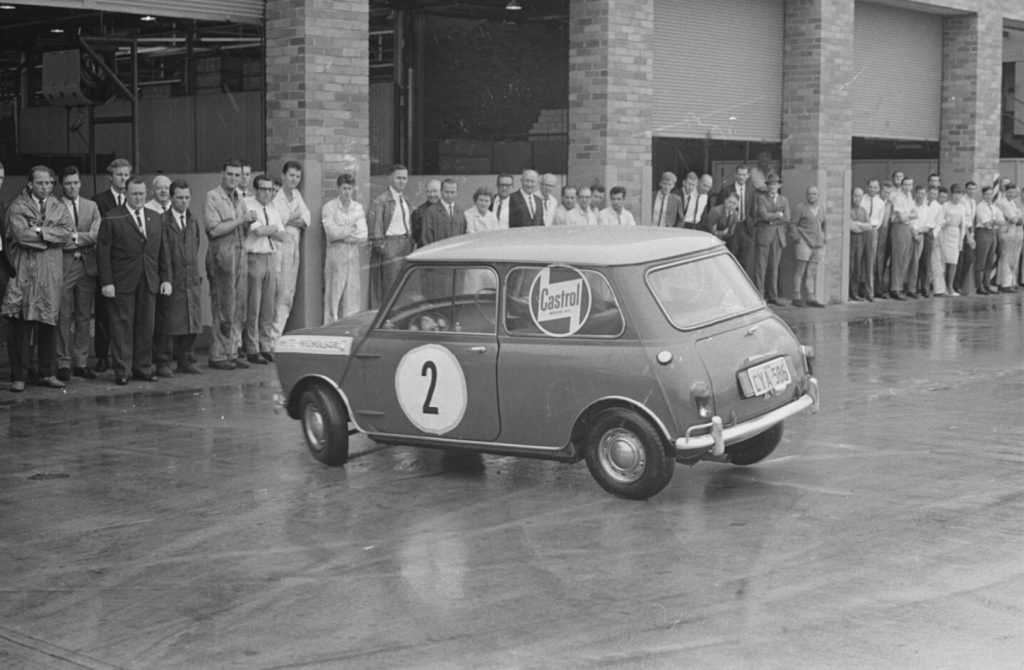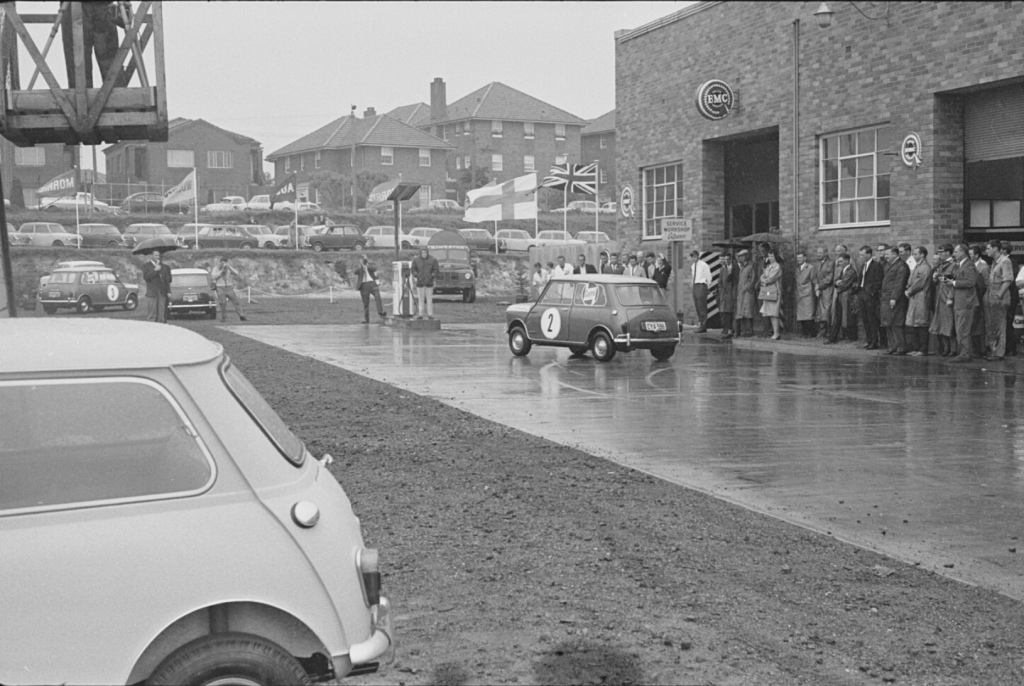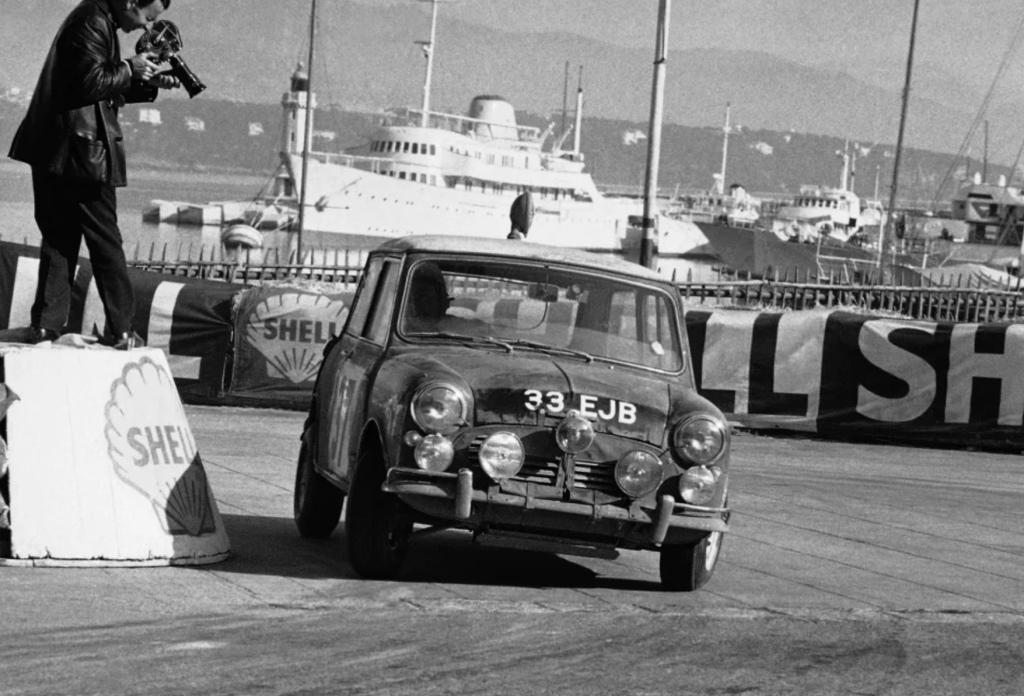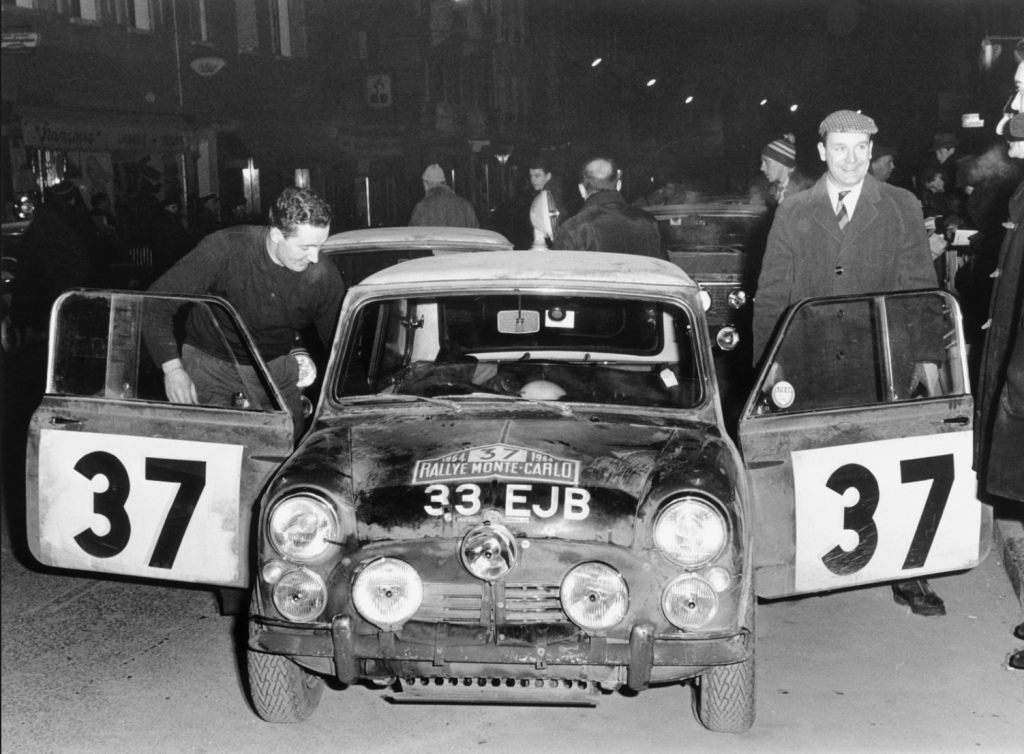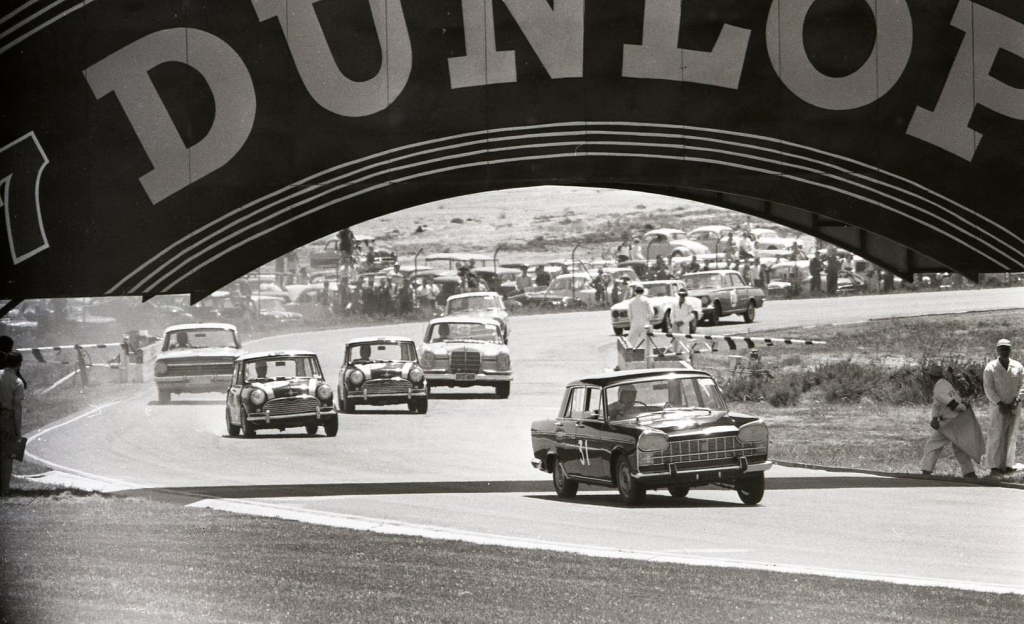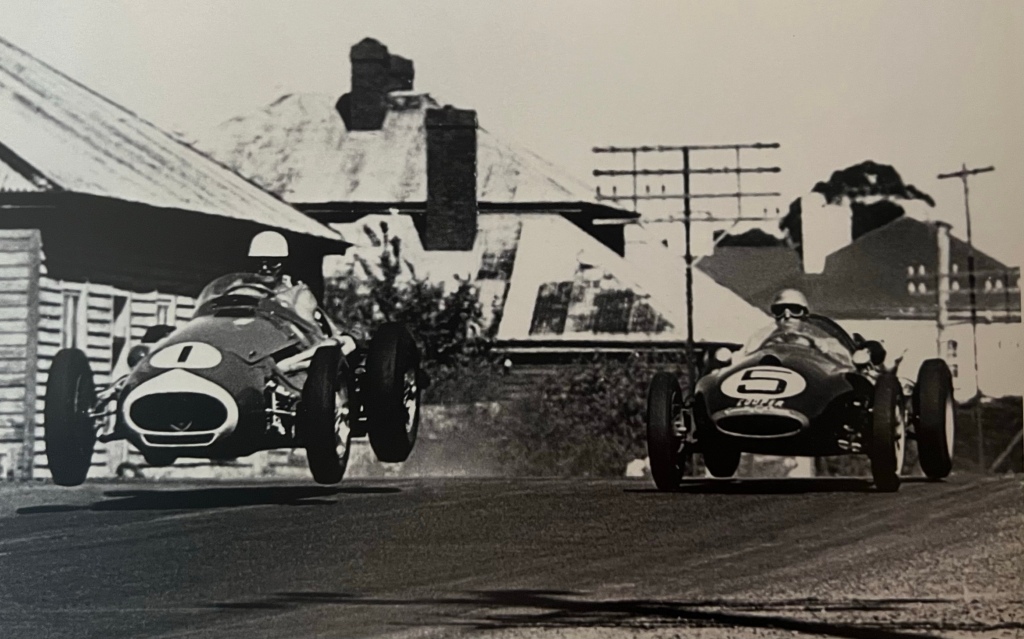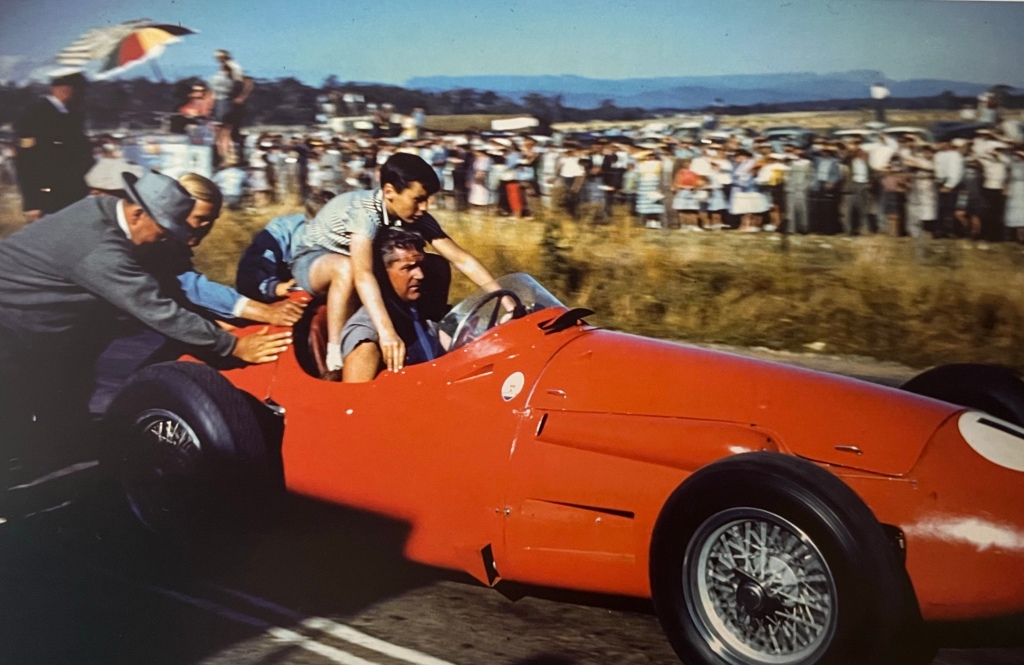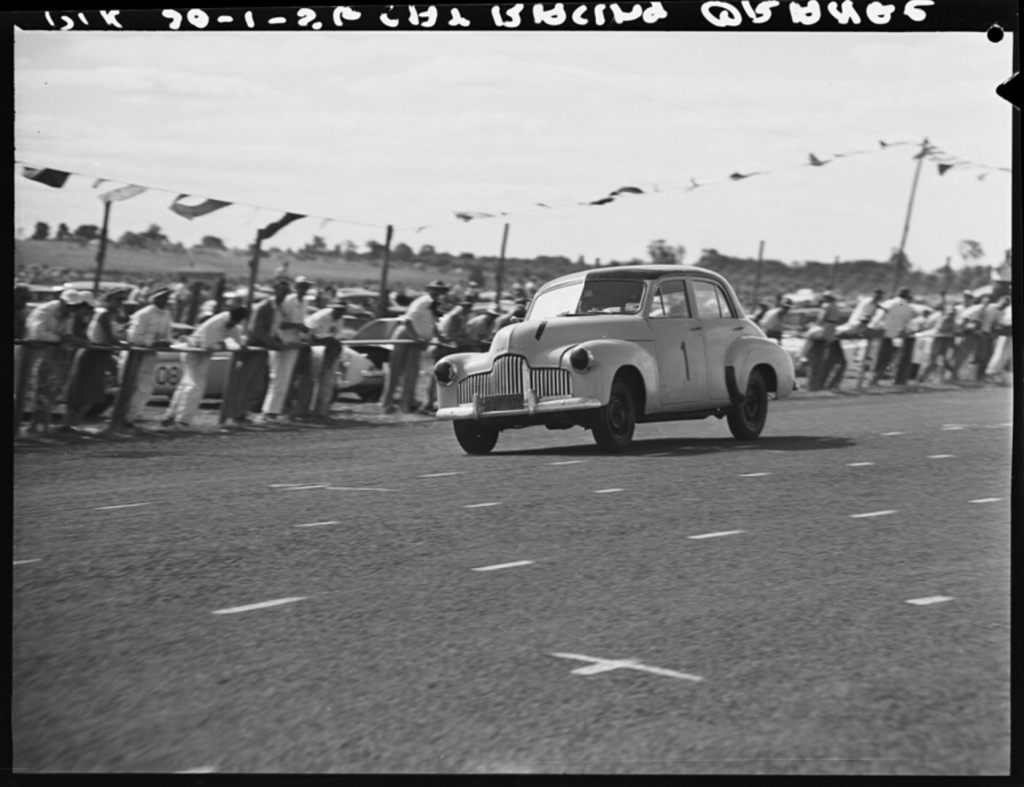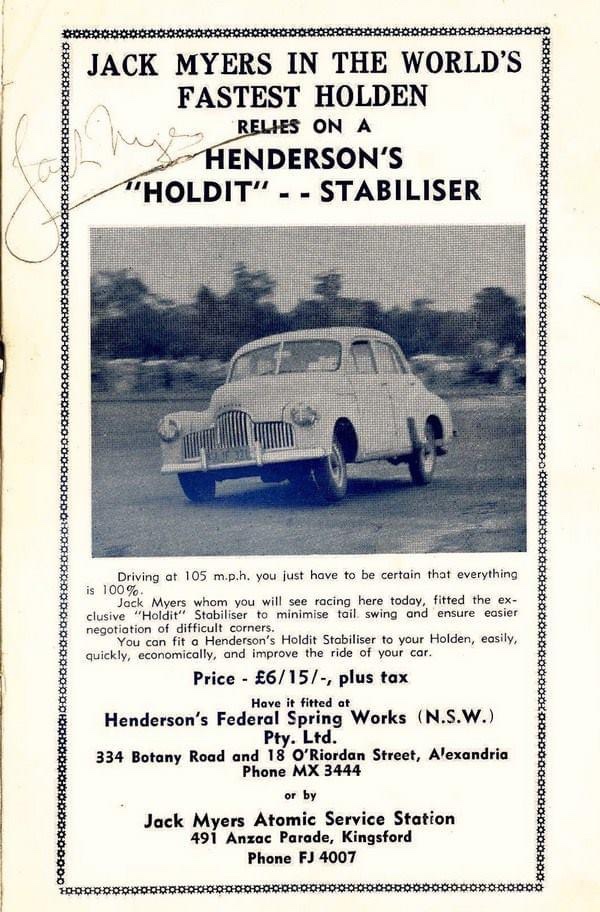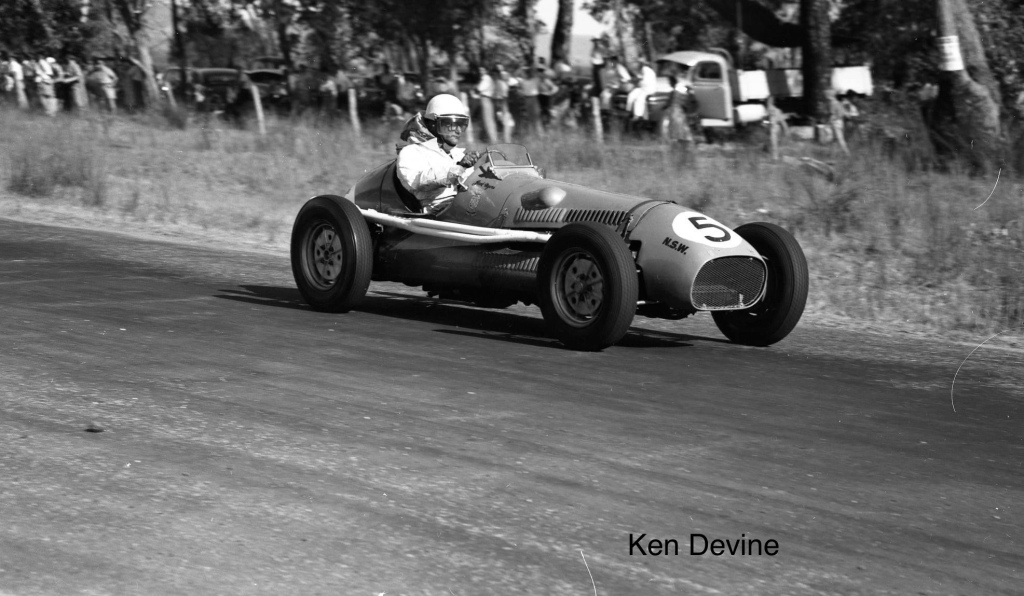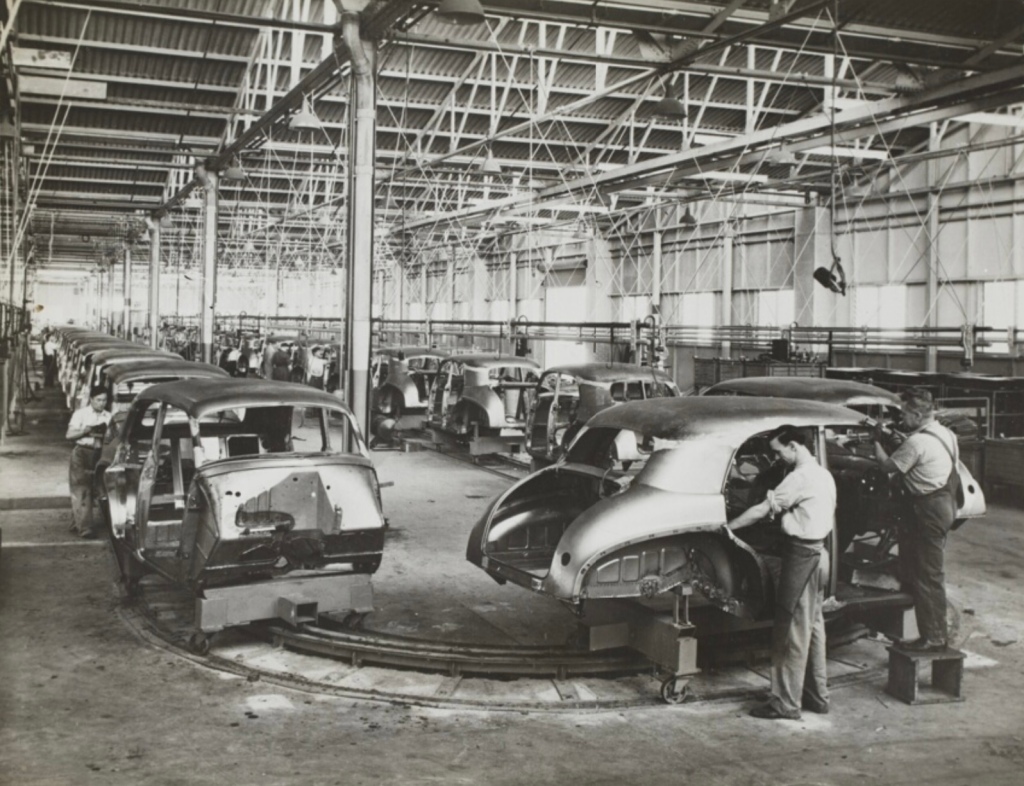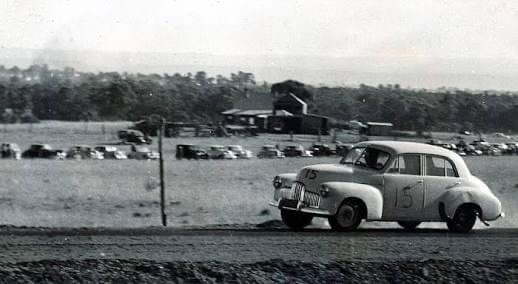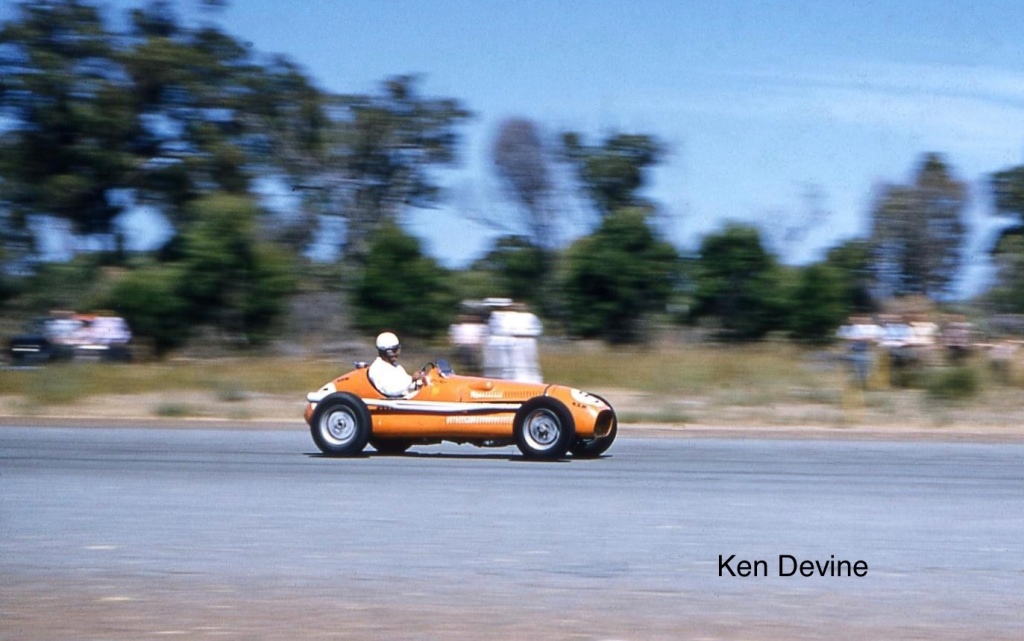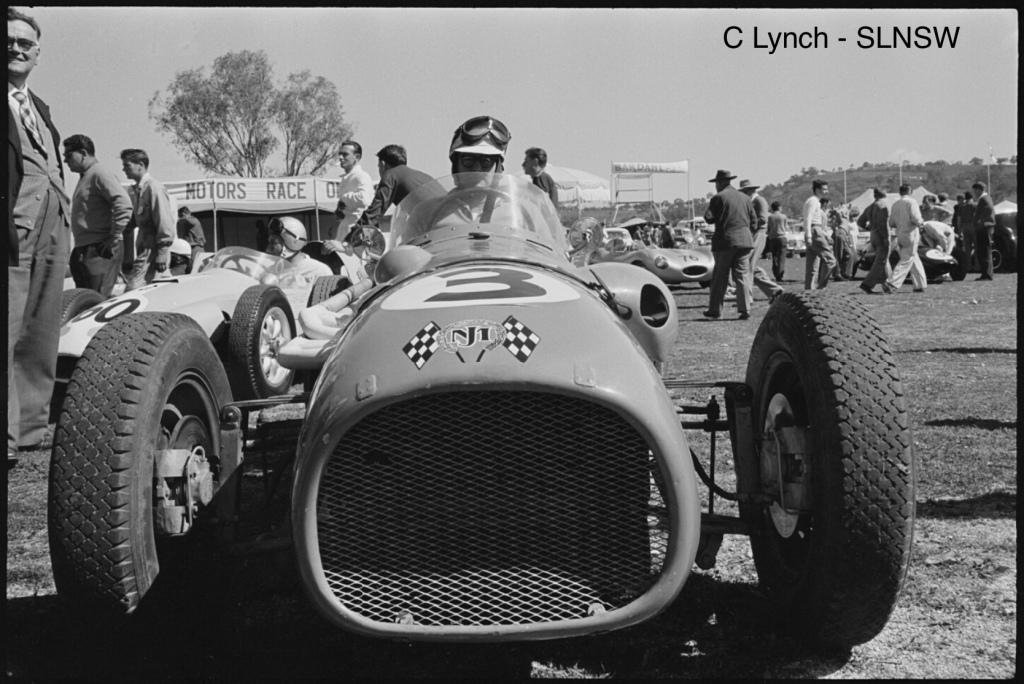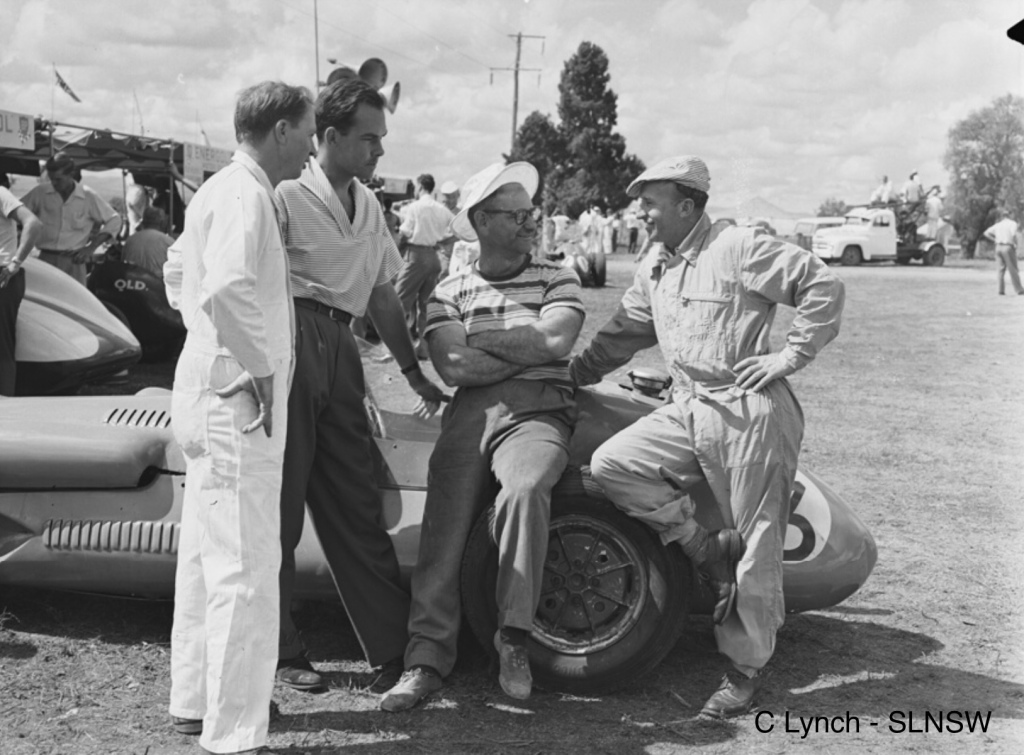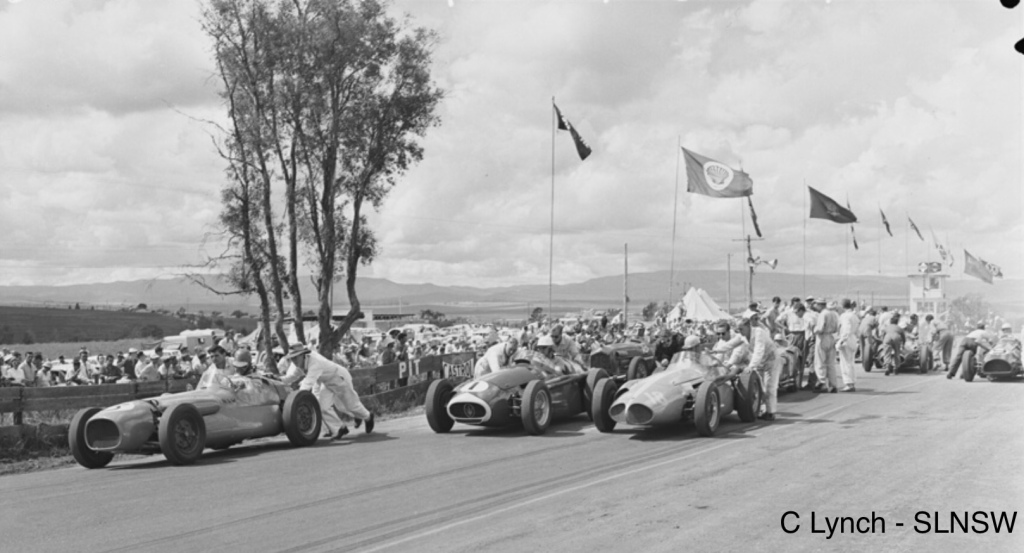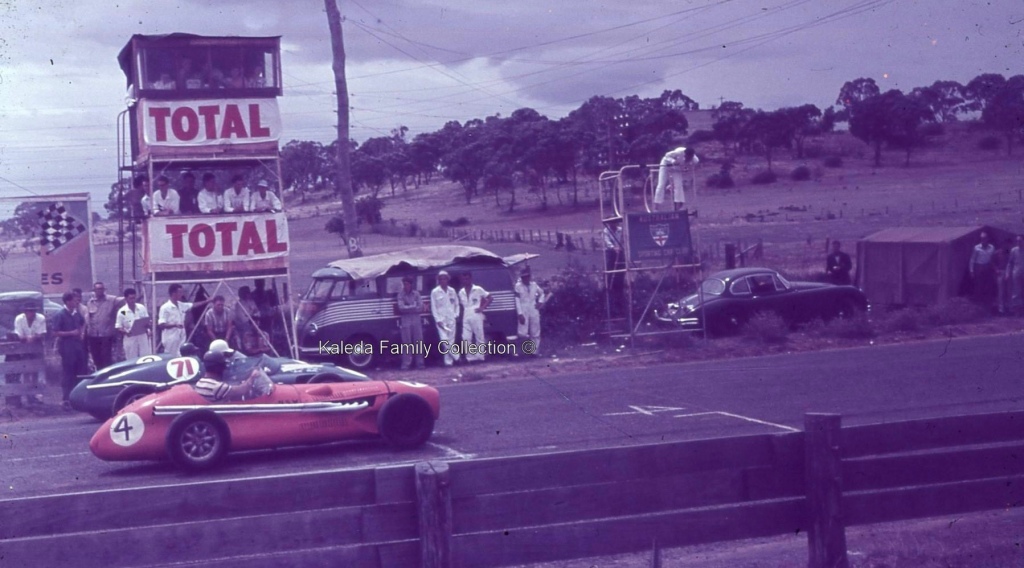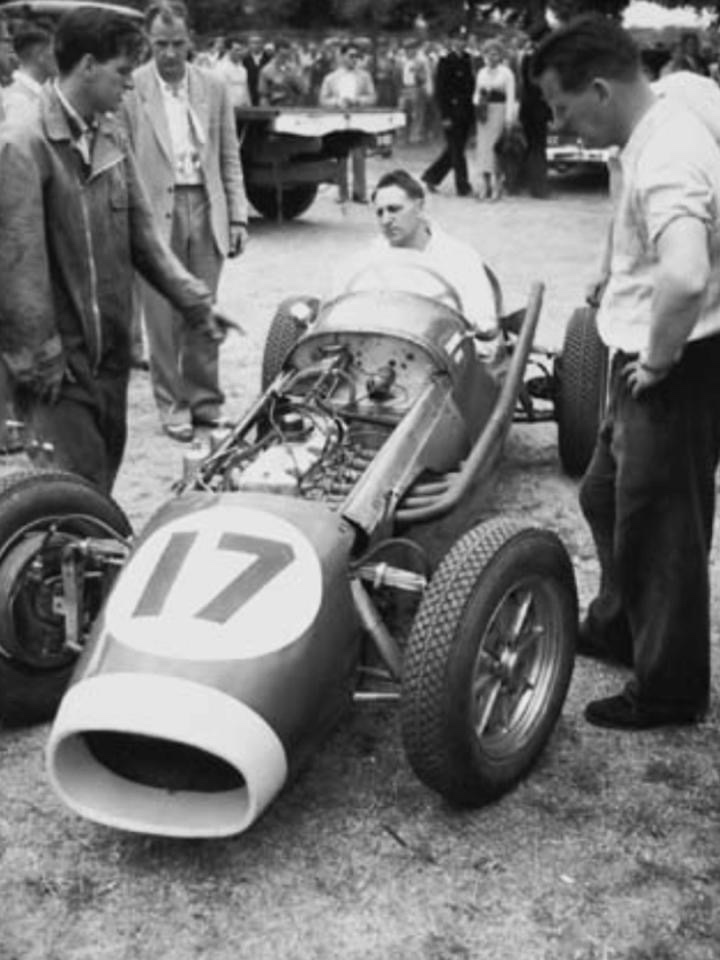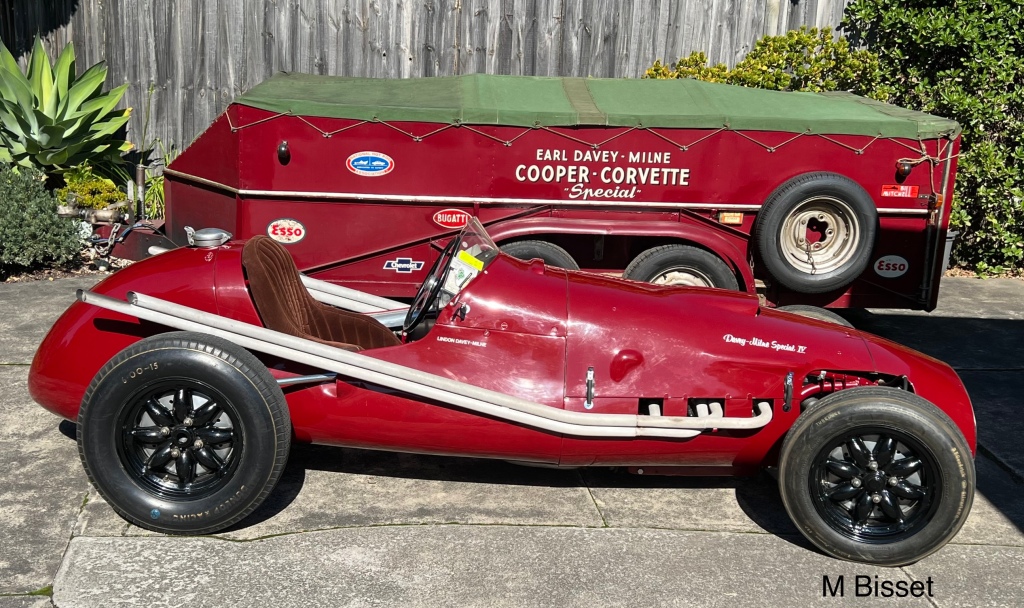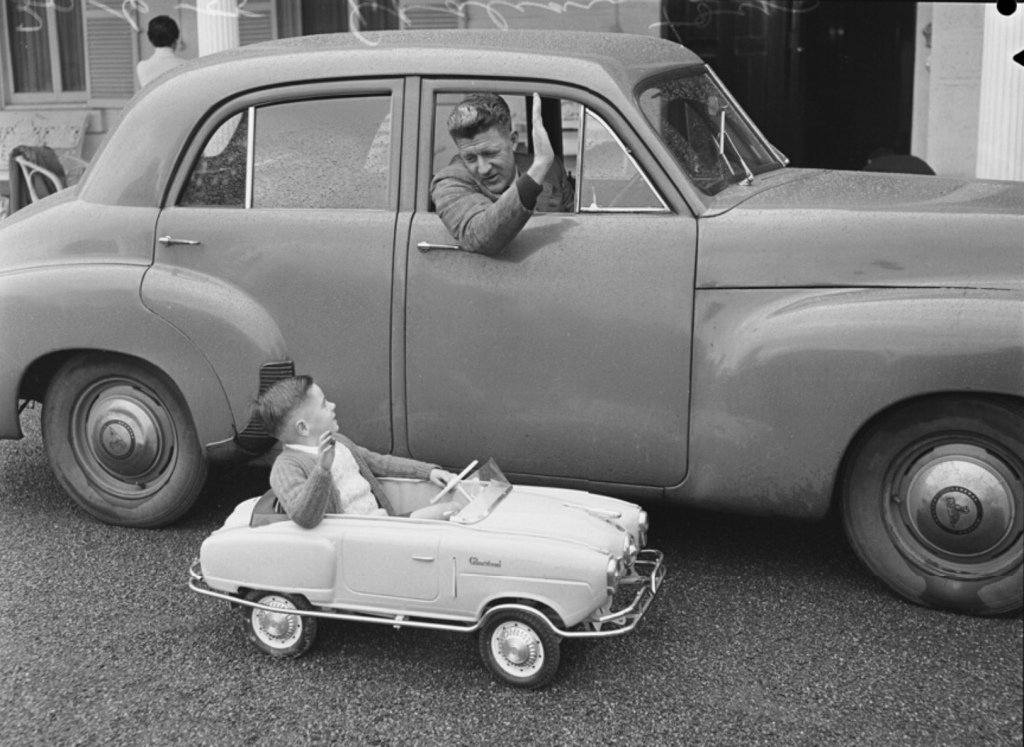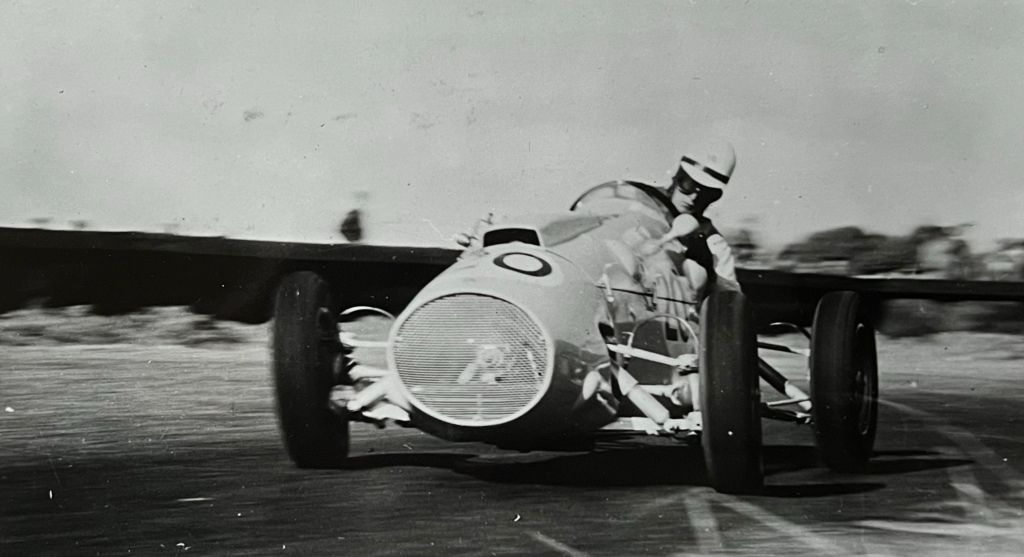
Don Wright with his eyes riveted on the apex of a corner at Sydney’s Mount Druitt circuit aboard his Citroen Special in 1956.
Racer/engineer/restorer/historian Dick Willis in his fabulous book, Optimism, describes the Citroen Light Fifteen (Light 15) based monoposto as “Probably Australia’s only front wheel drive racing car of the fifties…it had a successful career especially in the late 1950s and early 1960s when it raced as a Division 2 car in NSW having many memorable dices with the Nota Major.”
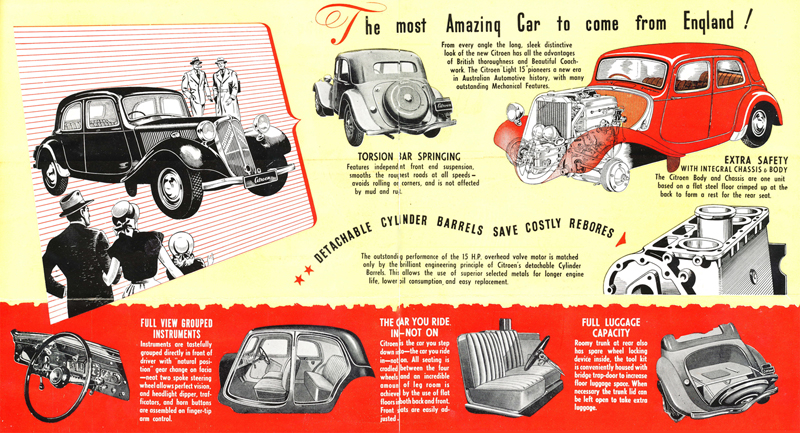
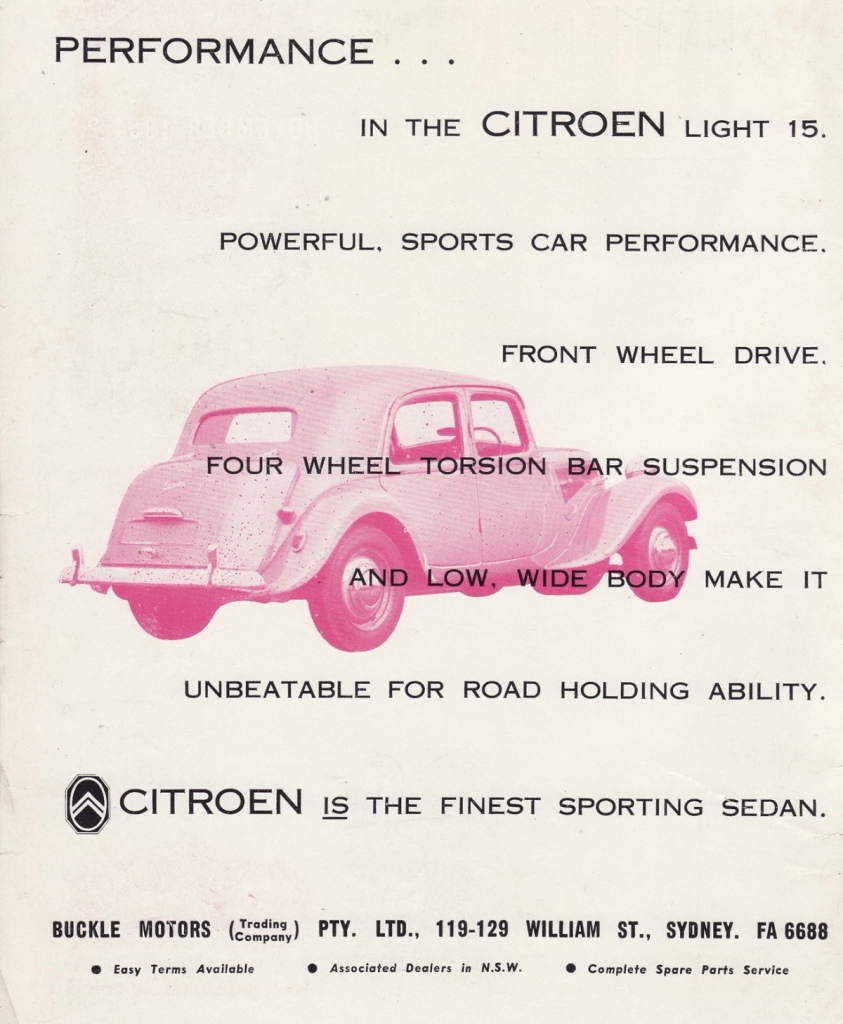
At the 1951 Easter Bathurst meeting, Bill Buckle, a member of the noted motor dealer family – then the holder of the Sydney Citroen franchise amongst other marques – raced a Light 15 to second place in the Production Closed Car Handicap.
Suitably impressed by the competition potential of his product, he cast around for a crash damaged car and commenced construction of a monoposto racer to accept the road cars core mechanicals.
Working with his close school friend, and fellow auto apprentice, Charlie Buck, they built a simple twin-tube ladder chassis to which was mated the Citroën front subframe, steering, 2-litre OHV engine and gearbox, and rear beam axle.
Before the car was finished Buckle decided to visit France and sold the project to Don Wright to help fund his trip.
Wright and Buck then set to work in Wright’s Castle Hills workshop to finish it including fabrication of a stainless steel fuel tank and a slinky body made together with Stan Barrett. The 1911cc Light Fifteen engine was fitted with special valves, a pair of 1 1/2 inch SU carbs fed by an aircraft fuel pump and 17 inch stub exhausts. Those radical looking wheels were options Citroen offered in Europe but not here: light Michelin made ‘Pilote’ shod with the French tyre manufacturers new X-radial tyres

After several drives the cars shortcomings were laid bare and addressed. The duo modified the gearbox by eliminating reverse gear and machining and fitting a fourth forward gear in the space so released.
Unhappy with the rear suspension, Wright replaced the Citroen beam axle and transverse torsion bars with Morris Minor longitudinal (front) bars and bottom arms. “Uprights and top wishbones were fabricated to suit, the original rear stub axles having that convenient eight-bolt attachment,” Bob Winley, a later owner, and ultimately the car’s restorer, wrote
The car soon became a common sight on the hills and circuits of NSW including Foleys Hill, King Edward Park, Mount Druitt, Gnoo Blas, and then Bathurst in 1955. That year Don won the NSW Hillclimb championship at King Edward Park, Newcastle; quite a triumph for the sweet handling machine.
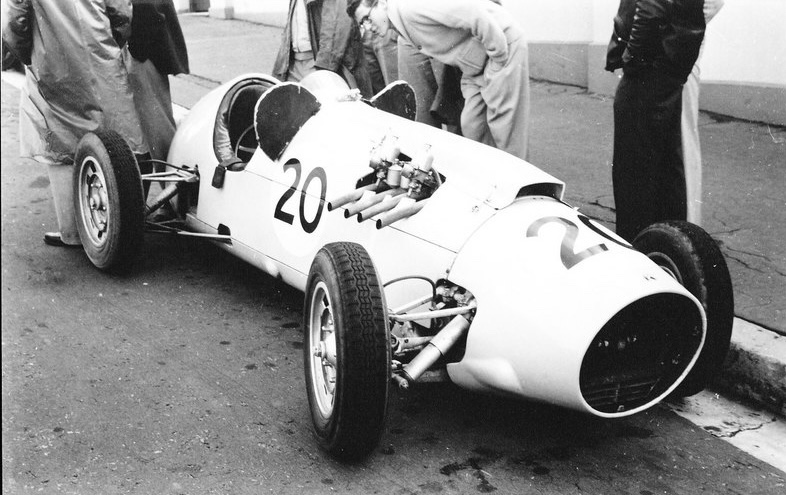
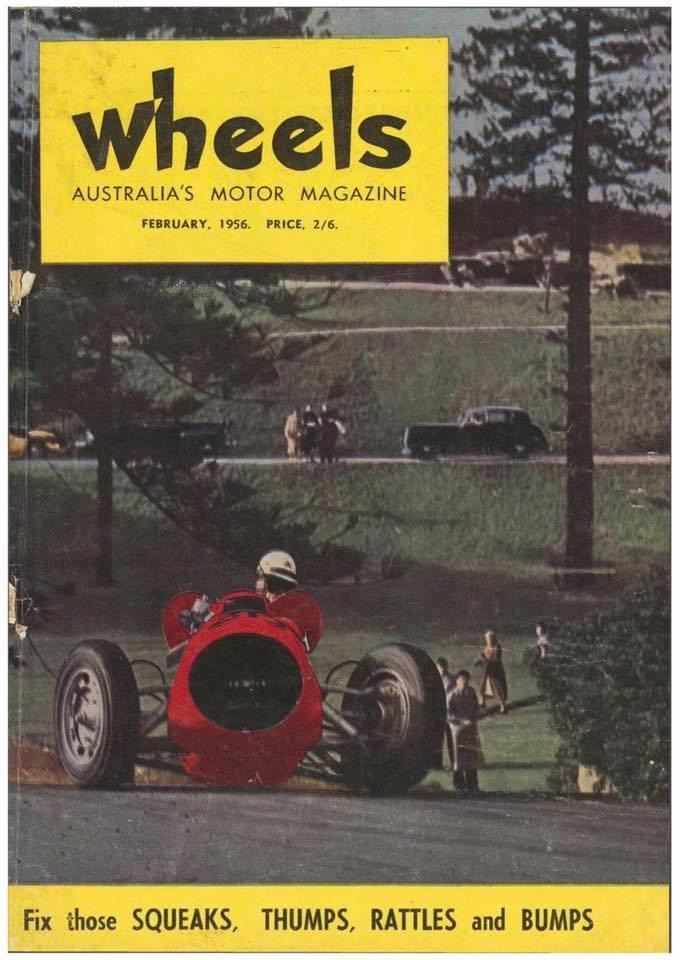
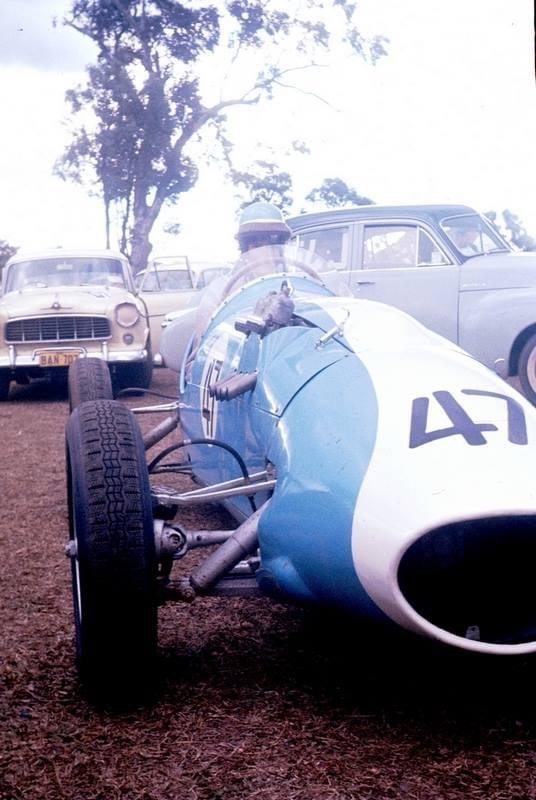
Later, Don sold the car to dentist lan Steele who raced at Bathurst circa 1957, the car passed it to Geoff Thorne, a genius ice-skating clown amongst his other talents. He raced it extensively and then Don James did well on new tracks such as Oran Park and Catalina Park from circa 1963. By then the machine was fitted with a crossflow DS cylinder head, extractors in lieu of the stack-exhausts, and Big Six front brakes. He did well in the Division 2/Formula Libre races common at the time.
Ray Bell wrote, “In November 1968 Bob Winley bought it and started racing it but couldn’t wear his red shirt because CAMS required fireproof overalls and underwear from then on! Bob ran in ‘modern’ races and the newly created Historic Car races and club events, winning money and trophies and being accused of doing ‘rain dances’ before race days, such are the car’s abilities in the wet. Bob fitted extractors and a muffler.”
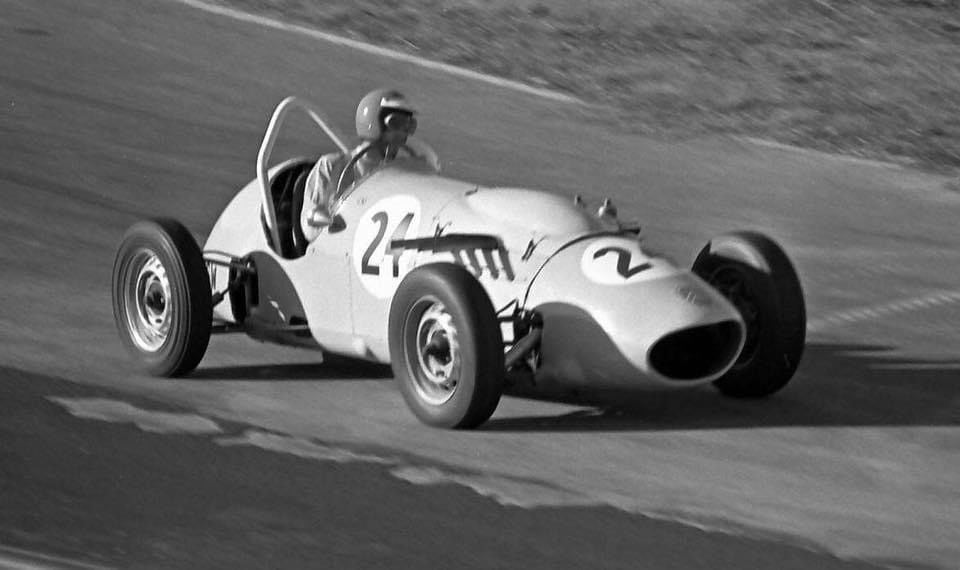
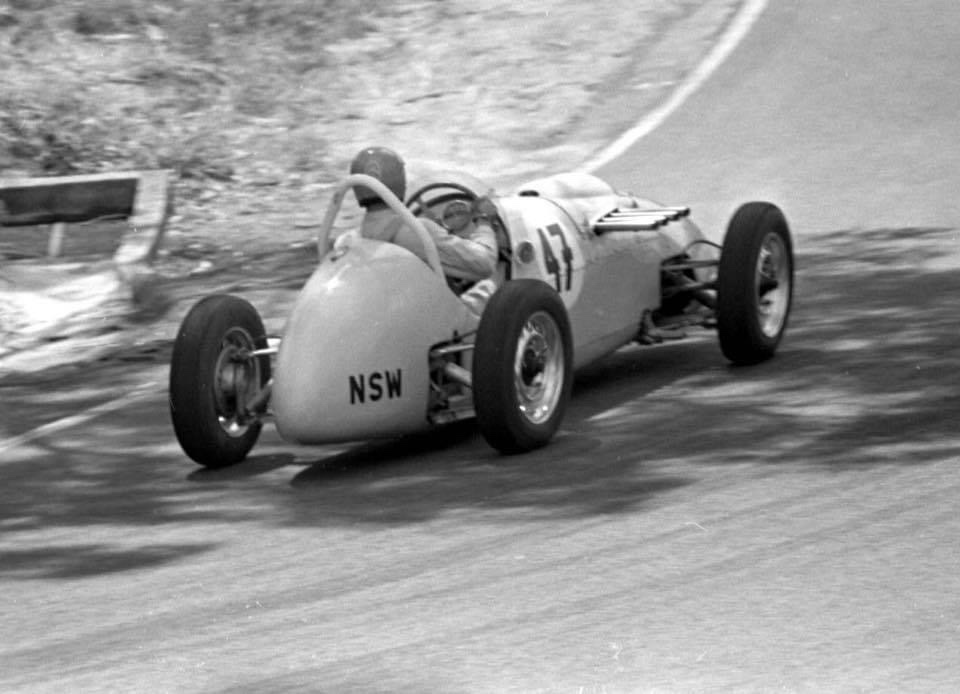
After six years John Moxham, a Citroen fancier, bought the car and re-fitted an original type of cylinder head. The car sat unused, then John moved interstate, selling the car to another Citroen collector, John Vanechop. The car languished until Don Wright’s friends bought it in pieces and Don began its restoration. With Bob Winley’s help the car is now ready to re-join the Historic Racing scene with proud owner Perry Long at the wheel, Dick Willis wrote.
“It was on display at Eastern Creek in 2006 and underwent some testing by John Bowe at Wakefield Park (pic below in 2017) but hasn’t been seen since although its return to competition is believed to be imminent and we look forward to it with great anticipation as the Citroen Special is a really interesting and unique Australian Special.”

Etcetera…
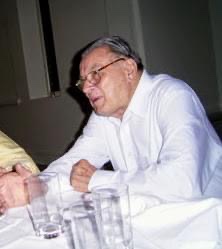
Not a great photo of Don Wright but better than nothing! Greg Mackie observed of the man, “Citroen Special and Lancia Fancier.” Ray Bell spoke to Wright circa 2001, at that stage he was still operating an automotive repair business in West Pennant Hills, “his major pursuit these days is making replacement blocks for Lancia Lambdas, which he carves out of billets of aluminium! No castings…”

Citroen Special in its original form, a nice shot of the Michelin Pilote wheels and immaculate line of the car even in its original short-nose guise.

Don Wright coming down the mountain at Bathurst in 1955, he carried #20 in both the Easter and October meetings.
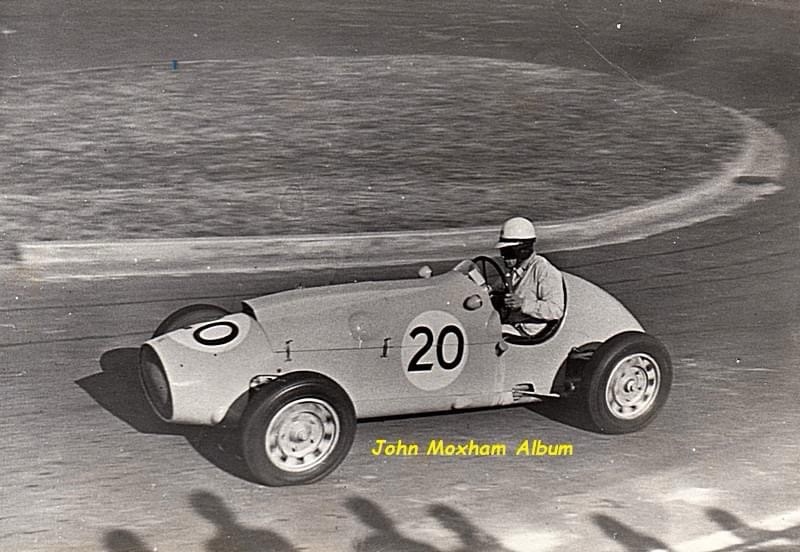
Bob Winley commented in an exchange on Facebook with Australian Gold Star Champion, Spencer Martin, about Spencer’s observation of the Citroen Special’s understeer, “Near the driver’s left hand is a slight bulge in the body for the gear lever and fuel filler for the stainless steel tank between the chassis rails, keeping the centre of gravity well forward. Spencer Martin I steered it ‘on the throttle’ in BP Corner at Oran Park. I found it a delight to drive (and I don’t enjoy understeer).”
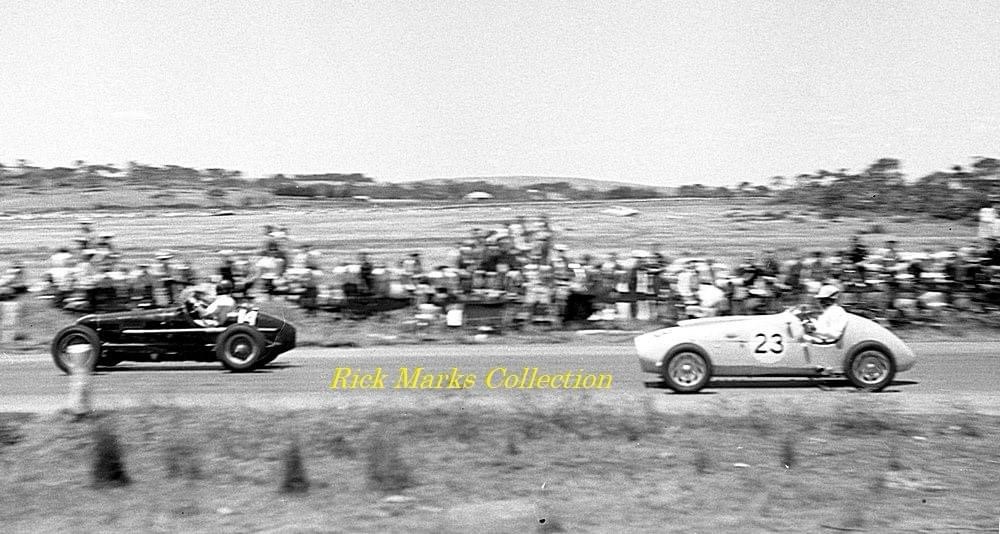
Don Wright chasing Tom Sulman’s Maserati at Gnoo Blas or Mount Druitt, thoughts on venue folks?
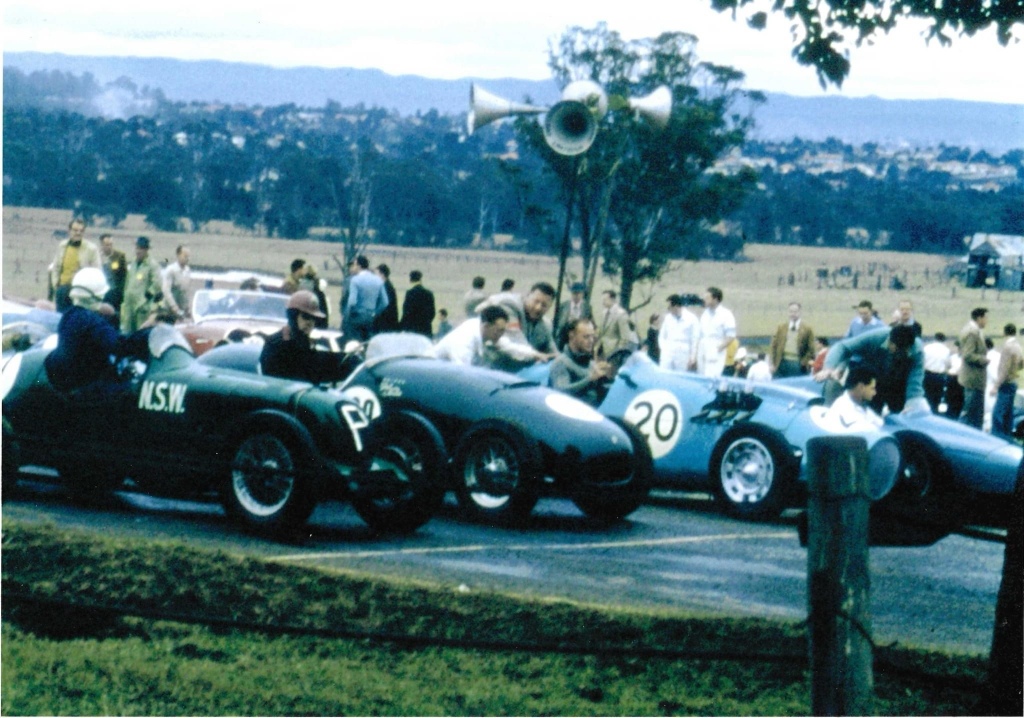
A couple of fabulous in-period colour shots by Dick Willis. The one above is the front row of the grid, perhaps the November 1956 meeting at Mount Druitt.
From the left, perhaps Greg Hunt in the ex-Tomlinson/Bartlett/Brydon MG TA Spl, Jim Johnson in the Cigar MG, probably Ian Steele in the light blue Citroen Special – with gleaming Pilote wheels – and on the right in the low-slung, mid-engined Stewart MG with Gordon Stewart at the wheel.
Below is a superb paddock scene at Silverdale, perhaps the June 1960 meeting.
Gordon Stewart in the Stewart MG at left, #47 is our Citroen with Geoff Thorne up, #3 is Jack Myers WM-Cooper Waggott-Holden, #42 Don Swanson’s Lotus 11 Climax – up from Melbourne or had it changed hands by then? – while the Sprite at the far left was run by Leigh Whitely.
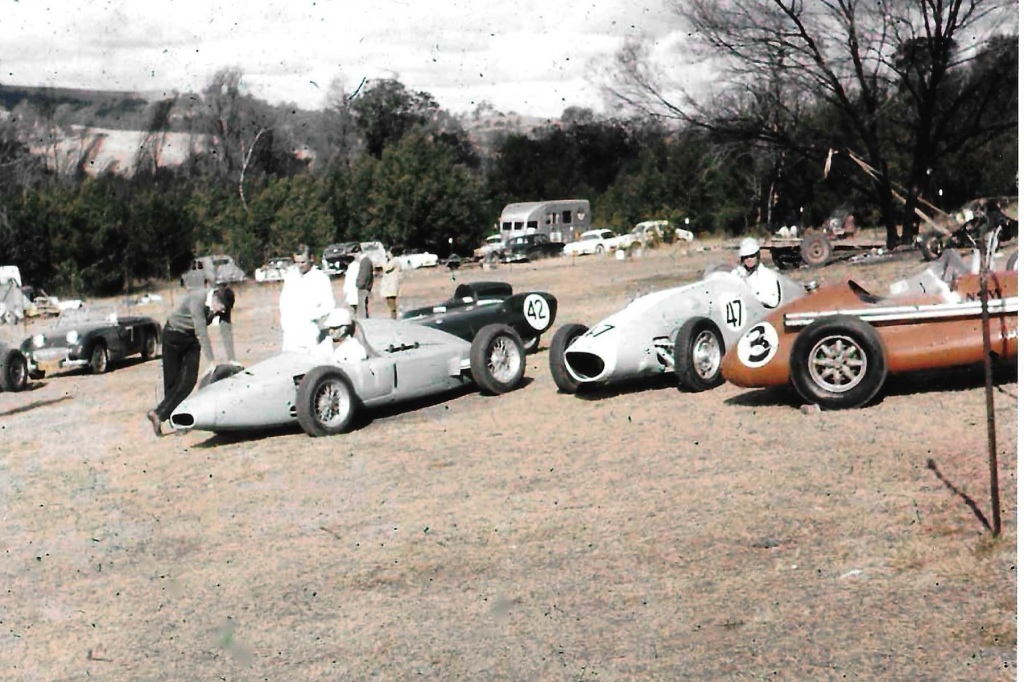
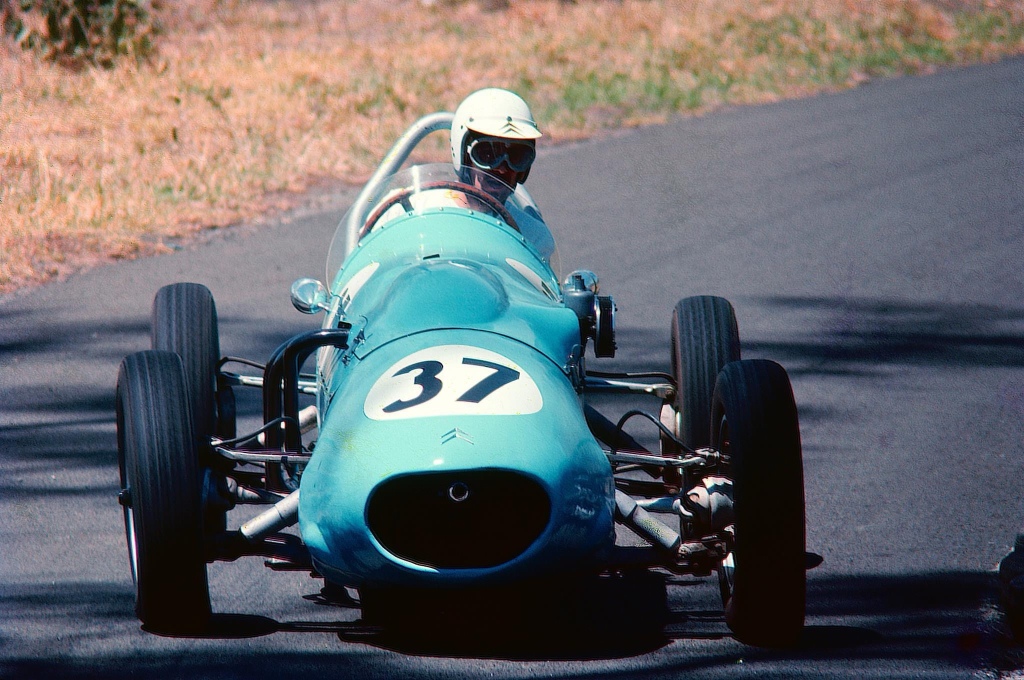
Bob Winley in the Huntley Hills Esses during the December 1968 meeting. He recalls, “I found something out that day. I did my practice run without seatbelts and nearly got thrown out of the car towards the end of the run. Lesson learn’t!”
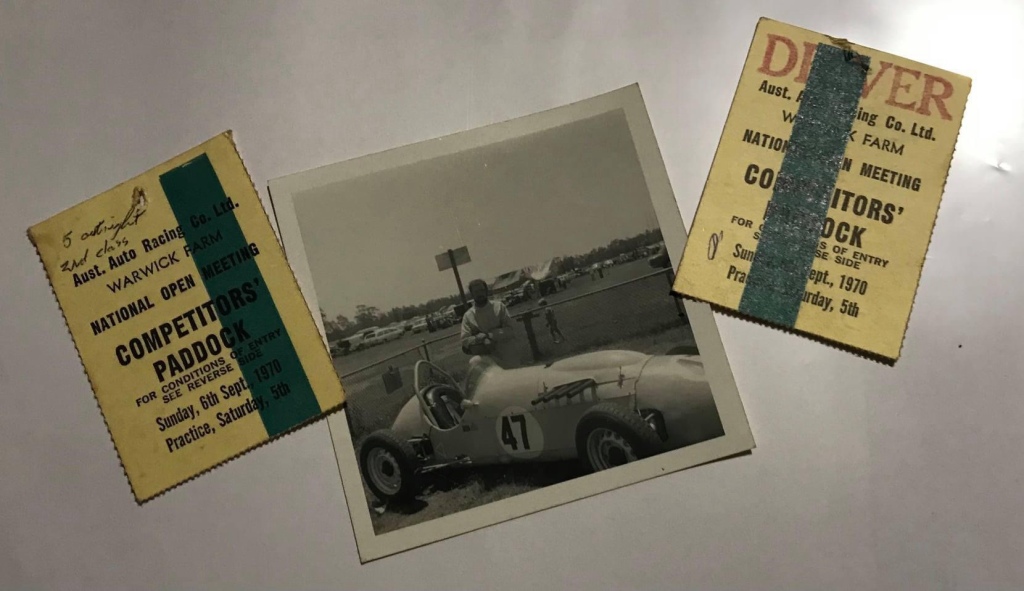
A page from John Moxham’s photo album now in the custody of John Barass.
Credits…
The main image, the catalyst for this particular research journey, is courtesy of the Auto Action Archive.
The information was gleaned from Dick Willis wonderful book, ‘Optimism’ about Australian Specials, and demonstrates the potency of some Facebook groups. I carefully mined the comments of a whole lot of people on Bob Williamson’s Old Australian Motor Racing Photographs, and Greg Smith’s Pre-1960 Historic Racing in Australasia Facebook pages. Those photos and information are attributed to Ray Bell in one of Bob Winley’s posts, the Rick Marks, and Don Coe Collections, Nurk Daddo, John Moxham Collection via John Barass, Australian Motor Heritage Foundation via Brian Caldersmith, Bruce Moxon, Greg Mackie, Dick Simpson, Tim Shellshear, Bob Williamson and multiple, wonderfully informative posts by Bob Winley.
Wonderful teamwork! Let me know if I’ve cocked anything up on mark@bisset.com.au.
Finito…


